Africa has several different types of habitats from jungles and forests to grasslands and deserts. The second-largest continent after Asia, it is home to many beautiful and dangerous animals of various sizes, both diurnal andThese include mammals, reptiles, birds, and insects, with many being unique to Africa. Because of its biodiversity, it is a popular location for animal researchers as well as safari enthusiasts. It contains over 1,100 different mammal species, plus over 60 carnivore species, 100,000 insect species, 3,000 freshwater fish species, and over 2,600 bird species. Its populations of insects comprise 15-20% of all insects in the world.
The Official National Animals of Africa
Since Africa is made up of several countries containing their own culture and languages, as well as different types of habitats, there aren’t official African animals that represent the entire continent. Hence, each country has its own official national animal, with some countries having more than one national animal or sharing the same national animal as that of other countries.
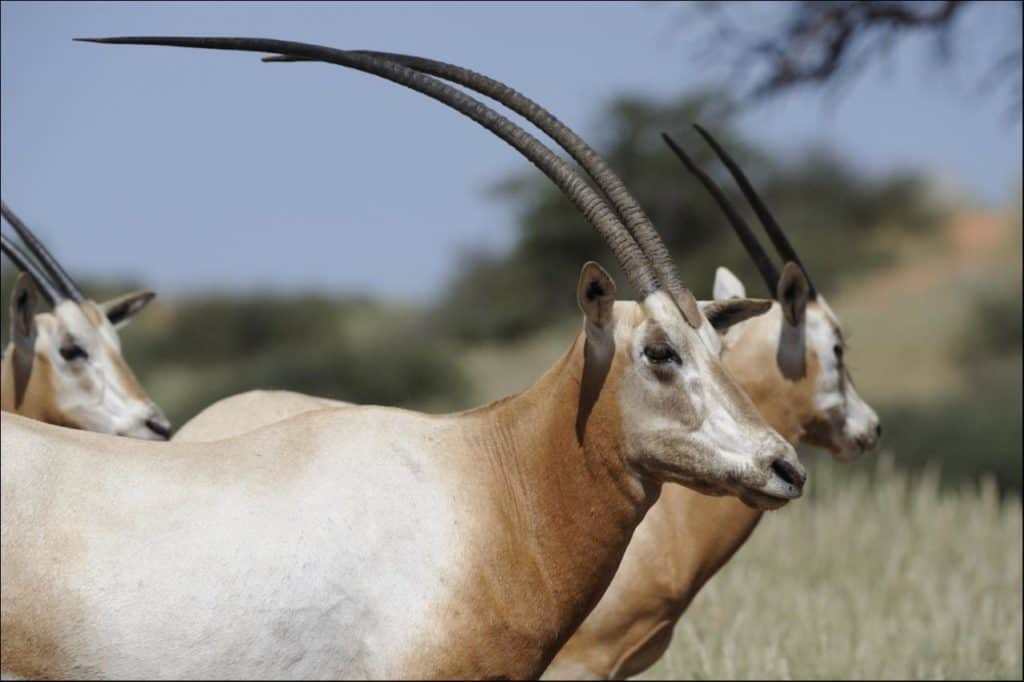
©WOLF AVNI/Shutterstock.com
National animals are often categorized according to type, especially if a country has more than one. For example, the Leopard is the official national animal (land mammal) of both Rwanda and Somalia, while the American Fish Eagle is the national bird of Namibia and Zambia, and the Oryx is the national animal of Namibia. South Africa’s official national animal is the Springbok, its national bird is the Blue Crane, and its national fish is the Galjoen.
The Top African Wildlife
The top wild African animals are those that people most often seek out in safaris, with many being animals native to Africa. These safari animals are housed in national parks, game reserves, and other sanctuaries for both human safety as well as to avoid their becoming part of extinct animals in Africa. Among the best-known African animals are the “Big Five” which are the Lion, Leopard, Elephant, Rhinoceros, and Buffalo.
What makes these five animals so popular is the fact they have historically been the most hunted African animals by professional hunters and poachers alike. All five are known to be dangerous and challenging to track. Black rhinos are one of the most elusive animals of the Big Five and are also the rarest. Poachers have hunted them to near extinction, believing their horns have medicinal properties. Only 5,000 of them remain in the wild, so it is a treat indeed to spot one. Cape buffalos are the most dangerous of the mix due to their unpredictability. Leopards are a rare sight because they are nocturnal, and also run away when they sense or see humans near them. Lions are camouflaged by the tall savannah grasses when they are hunting prey by day, so are challenging to spot by the untrained eye. And elephants have been hunted for their ivory tusks to the point of being critically endangered. They are also the largest land mammals on the planet, which lends to their popularity.
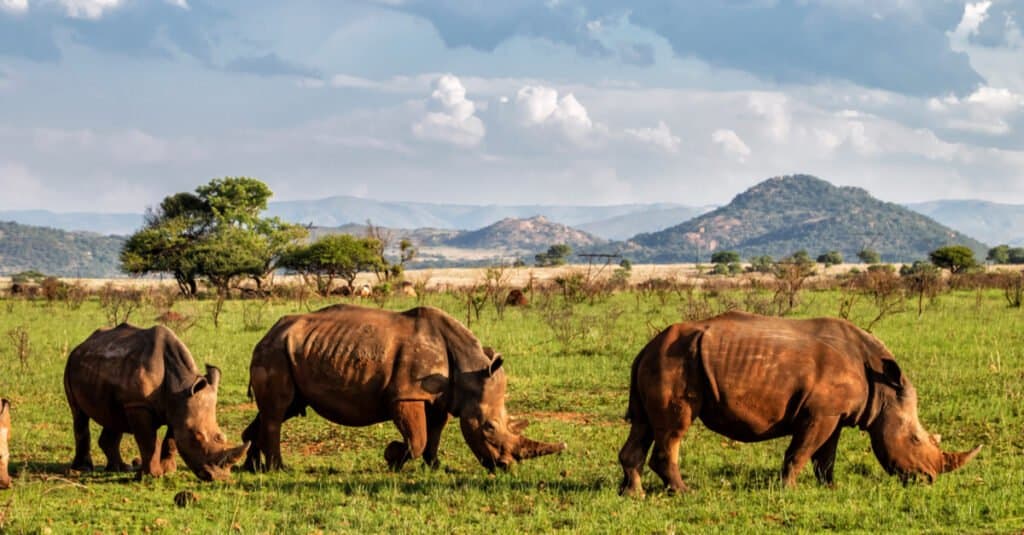
©Henk Bogaard/Shutterstock.com
All of the Big Five animals can be seen in South Africa and are native animals:
- Lion: Kgalagadi Transfrontier Park bordering South Africa, Namibia and Botswana; Tanzania’s Serengeti National Park during the wildebeest migration.
- Leopard: South Africa’s Sabi Sands Game Reserve and Zambia’s South Luangwa National Park.
- Elephant: Zimbabwe’s Hwange National Park and Botswana’s Chobe National Park.
- Rhinoceros: White Rhinos in South Africa’s Hluhluwe–Imfolozi Park and Kruger National Park; Black Rhinos in Namibia’s Etosha National Park and Kenya’s Ol Pejeta Conservancy.
- Buffalo: Tanzania’s Katavi National Park and Botswana’s Chobe National Park.
Finding Top Wild African Animals
If you are planning a special trip to view Africa’s diverse variety of wildlife, the question of where to travel to view them is an important one to ask. There are particular areas of Africa that are very popular as African safari destinations. These countries/areas include:
- Botswana – It has a variety of national parks and a modern approach to wildlife conservation.
- Kenya – Probably the most popular country to visit for safaris with 25 national parks, 16 national reserves, 6 marine parks and reserves, and more.
- Malawai – Though a very small country, it houses Lake Malawi National Park, which covers about a third of the country. This biodiverse lake region features 200 mammal species (including big cats, elephants, hippos, monkeys, and more), 650 species of bird, and over 5,500 plants.
- Namibia – It’s one of the least populated countries in the world, but has 12 national parks, plus other reserves and protected areas one can explore.
- Rwanda – Besides offering many opportunities to view the Big 5, there are 10 habituated gorilla families in Rwanda’s Volcanoes National Park. Tours allow groups of 8 to view these gorillas in their habitat, which is a life-changing experience.
- South Africa – It’s one of the most affordable destinations for safaris due to the development of major city hubs like Cape Town, Johannesburg, and Durban. Tourists can find cheaper accommodations and touring packages.
- Tanzania – This country ranks only 2nd to Kenya in popularity due to its 16 national parks, 3 game reserves, and 2 marine reserves. One can also witness the famous wildebeest migration.
- Uganda – It’s home to 365 mammal species, 1100 bird species, and Africa’s tallest mountain range. Tourists can also view the largest free-standing volcano in the world, the second-largest freshwater lake, and the headwaters of the world’s longest river.
- Zambia – This country is increasing in popularity because of conservation efforts, improvement in its economy and infrastructure, and its beautiful 20 national parks.
- Zimbabwe – While its reputation was tarnished by the dictator Robert Mugabe since he was ousted in 2017, tourism has improved in this country. It’s home to Victoria Falls, as well as up to 100 species of mammals (including endangered Cape wild dogs) and 400 species of birds.
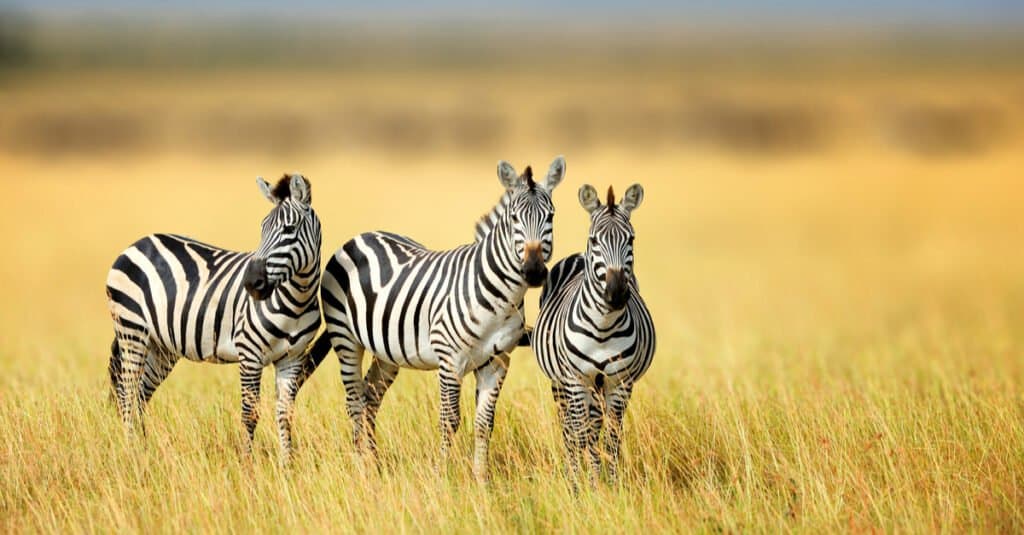
The Best Locations by Animal:
- Giraffe: Masai giraffes in the Serengeti region; Rothschild’s giraffe in Uganda’s Murchison Falls National Park.
- Cheetah: Kenya’s Masai Mara National Reserve and Namibia’s Okonjima Game Reserve.
- Hippopotamus: Zambia’s South Luangwa National Park and the Okavango Delta in Botswana.
- Crocodile: Nile crocodiles can be seen in the Mara River of East Africa during the annual migration of wildebeests and zebras.
- Zebra: The Serengeti region or the Masai Mara during migration season; Grévy’s Zebra in northern Kenya’s Lewa Wildlife Conservancy.
- Wild Dog: Tanzania’s Ruaha National Park, South Africa’s Madikwe Game Reserve, and Zimbabwe’s Hwange National Park.
The Most Dangerous African Animals Today
Land animals in Africa are popular attractions for safari enthusiasts, although they are not always treated with caution and respect. Many dangerous African animals are among the most dangerous in the world after human beings, whether hostile or poisonous. It’s of the utmost importance to research the most reputable safaris so that your safety is relatively sure. In general, it’s rare to go get injured on an African safari, though possible–the chances are roughly 1 in 80,000. While elephants and hippos are considered the most dangerous, lions and leopards are also animals to be cautious of when touring.
The riskiest type of activity is the walking safari. You should only go out with a trained guide, who may or may not be armed. If he is not, it is typical for an armed park ranger to also be present. If the guide seems unprofessional, it is advisable to back out of the excursion.
Fortunately, the most dangerous African animals can be safely seen in national parks and game reserves. The top 10 most dangerous African animals and their estimated number of human deaths per year are:
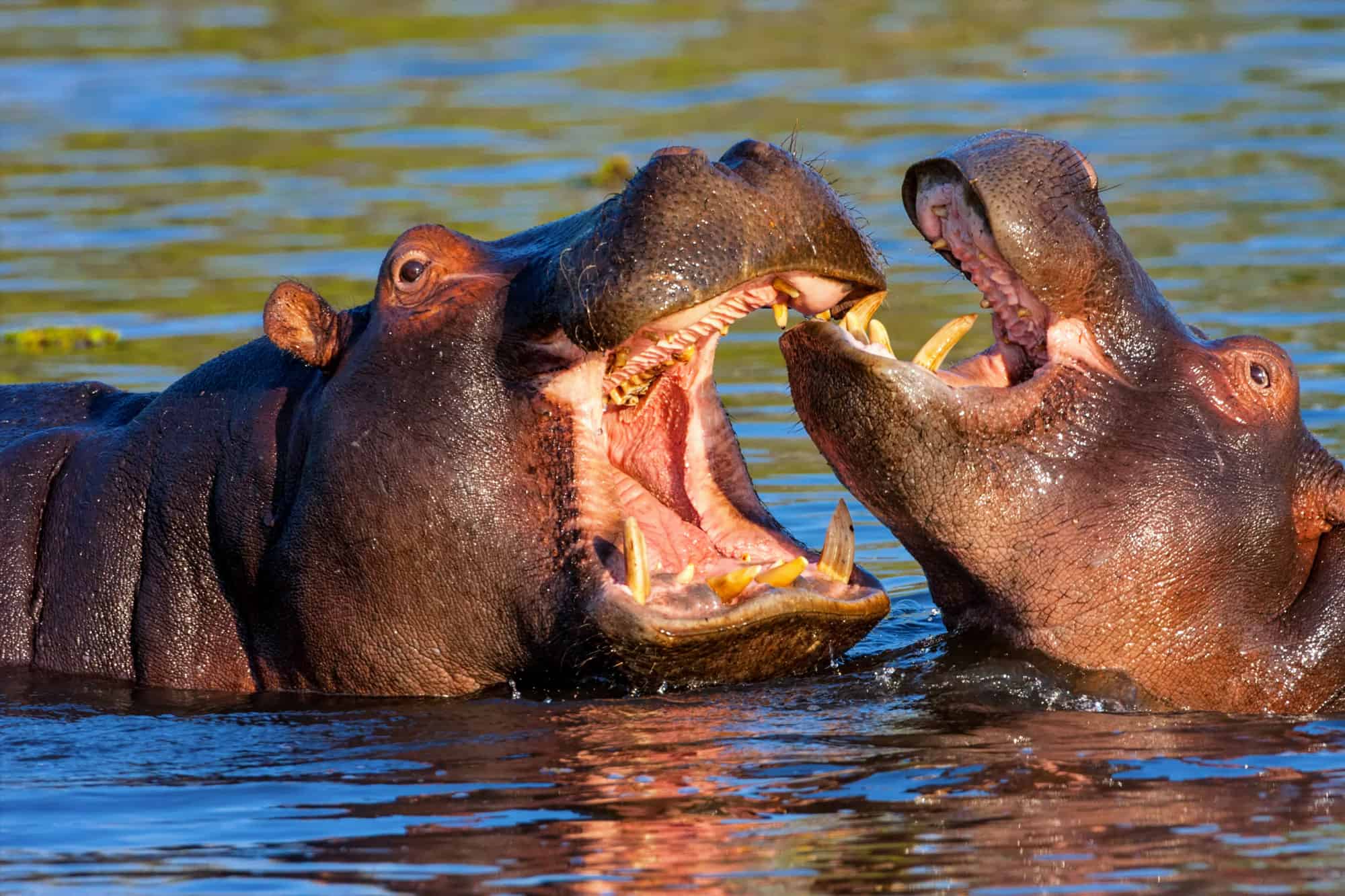
©iStock.com/mesut zengin
- Mosquito: Causes diseases including Malaria, Yellow Fever, Zeka Virus, West Nile Virus, and Dengue Fever; 1,000,000 deaths.
- Hippopotamus: Territorial and weighs up to 1,500kg, making it the third-largest animal after the elephant and rhino; 3,000 deaths.
- African Elephant: Largest land animal; weighs up to 7,000kg and is unpredictable; tramples victims; 500 deaths.
- Nile Crocodile: Aggressive, fatal attacks; 300 deaths.
- Lion: Apex predator; kills locals during their daily lives or on the fringes of game reserves; 200 deaths.
- Cape Buffalo: Nicknamed “widowmaker” and “black death”; fearless, aggressive, and unpredictable; will stalk and kill humans if alone; tramples and gores victims to death; weighs up to 1,000kg; 200 deaths.
- Great White Shark: Most aggressive shark towards humans; charges at prey up to 40km an hour before taking a large bite; humans die from blood loss in 20 percent of cases; 2 deaths.
- Rhinoceros: Weighs up to 2,800kg and second largest animal after the elephant; irritable, and charges with long, sharp horns up to 64km an hour when threatened; unknown.
- Puff Adder: Not the most venomous snake but causes the most fatalities due to its wide habitat range, camouflage colors, and aggressiveness; 20 percent fatality rate from untreated bites; unknown.
- Black Mamba: Largest venomous snake in Africa, growing up to 2.5m; one of the world’s fastest snakes, moving at 20km an hour; highly aggressive; one of the most venomous snakes in the world with a 100% fatality for untreated bites; unknown.
Endangered Animals In Africa
Several species are endangered or vulnerable due to hunting and poaching, particularly large and dangerous animals which are prized as trophies. Endangered animals in Africa include the Black Rhino, White Rhino, Rothschild’s Giraffe, Grévy’s Zebra, (African) Wild Dog, Grey Crowned Crane, and Okapi. Additionally, the Lion, Leopard, Cheetah, and African Forest elephants are vulnerable species.
Bringing these animals back from the point of extinction can be a very difficult process. For example, the Cross River gorilla, a subspecies of the Western gorilla which inhabits the border region in Cameroon and Nigeria, went down to a population 200-300. Female Cross River gorillas only breed 3-4 times in their lifespan and give birth an average of every 4-6 years. This makes their recovery long and tedious, and their protection from poachers and other factors is all-important.
Birds in Africa
There are many different types of birds in Africa. In fact, there are 2,341 species of native African birds, and 25 of those species are endemic, meaning you can’t find them anywhere else. Some of the most exotic African birds include the lilac breasted roller, brown snake eagle, Cape Glossy starling, marabou stork, and the African white backed vulture.
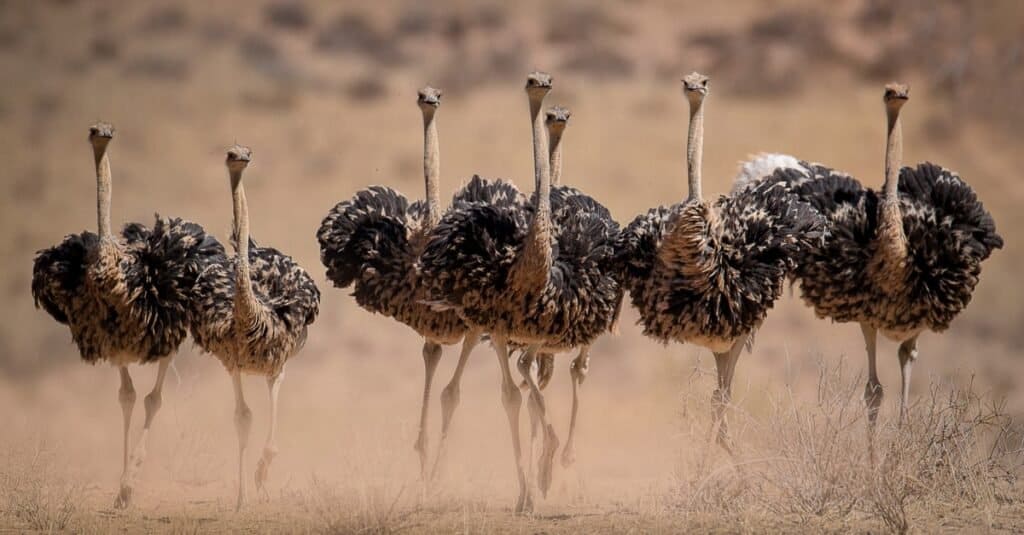
©bruna-nature/Shutterstock.com
You can find birds all over the African continent. A few iconic species include:
- Shoebill: These massive birds are found in swamps and wetlands of Central and East Africa. Shoebills don’t migrate and spend their days hunting in papyrus swamps. You can find them in the Bangweulu Wetlands in northeastern Zambia.
- Guinea fowl: There are 6 species of guinea fowl in Africa. They are found across the continent in a variety of habitats.
- Secretary bird: Found in sub-Saharan Africa, these birds of prey prefer to hunt on the ground. It is common to see them in Kgalagadi Transfrontier Park.
- Common Ostrich: Perhaps Africa’s most well-known bird species. Breeding season is the best time to see large flocks of Ostriches, from March to September. They are found in the savannas, woodlands, and deserts of Southern Africa and across Western Africa to the horn of Africa. They can be seen in many African parks and game reserves, including Kruger National Park and Chobe National Park.
- African Penguins: You can see African penguins along the southeastern coast of Africa and surrounding islands. The best time to see them is from November to August. They are most active at dusk and dawn. A popular viewing destination for African penguins is Boulders Beach in Simons Town, South Africa.
- Hornbills: There are 24 species of hornbill found in Africa. You can see arboreal and terrestrial species in African savannas, rainforests, and woodlands. Find Southern Ground Hornbills in Mapungubwe or Kruger National Park.
Types of African Fish
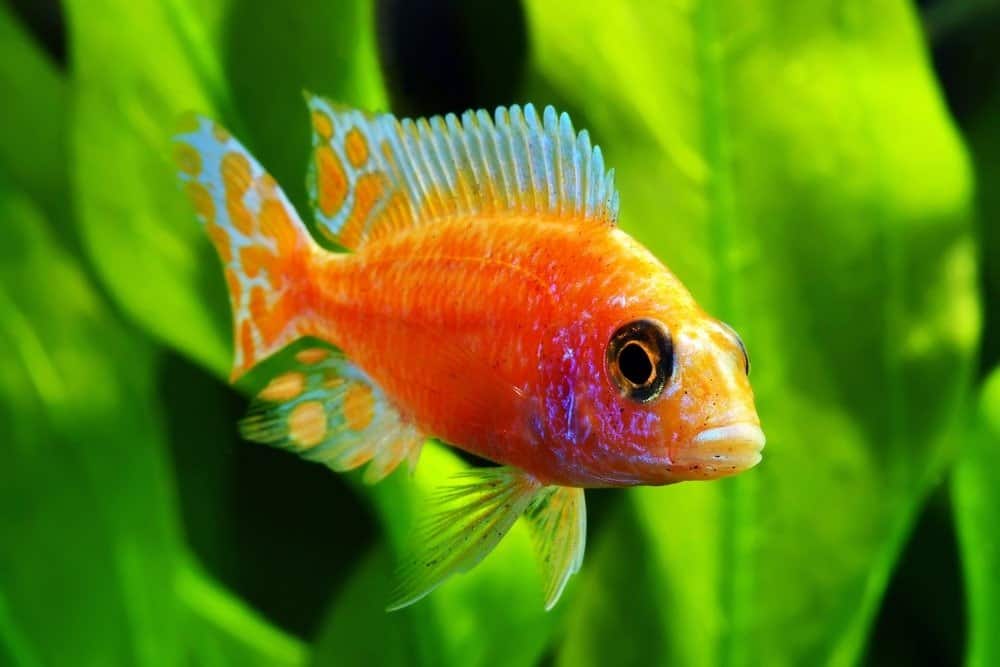
©Grigorev Mikhail/Shutterstock.com
Africa is home to an abundance of freshwater and marine fish. There are hundreds of freshwater lakes and rivers in Africa. Some of the most notable are the African Great Lakes, a system of 7 lakes in East, South, and Central Africa. These lakes are known for their cichlid populations. One of the great lakes, Lake Malawi is an especially popular fishing destination, with over 1,000 species of fish. Fishing in Lake Malawi is best between September and April, but underwater viewing is best between May and October.
With Western Africa bordering the Atlantic Ocean, and Eastern Africa the Indian Ocean, you will easily find thousands of marine fish species. Kenya, Tanzania, and Zanzibar are popular fishing destinations where you can catch several species of tuna, sharks, mackerel, marlin, barracuda, and more. The best time for deep-sea fishing off these coasts is between October and April. If you’re interested in viewing marine wildlife, Mozambique has a marine conservation area where you can enjoy manta rays, sharks, eels, and a variety of reef fish. October to March is the best time for snorkeling in Mozambique.
Snakes in Africa
A wide variety of snakes call Africa home. There are snakes in every type of habitat, from tropical, to desert, to aquatic. You’ll find both venomous and non-venomous snakes in Africa. Venomous snakes in Africa have three different types of venom- Cytotoxic, neurotoxic, and haemotoxic. Cytotoxins kill cells. They destroy the cells in soft tissue and internal organs. Neurotoxins affect neural pathways and can cause paralysis. Haemotixins destroy red blood cells and prevent blood from clotting.
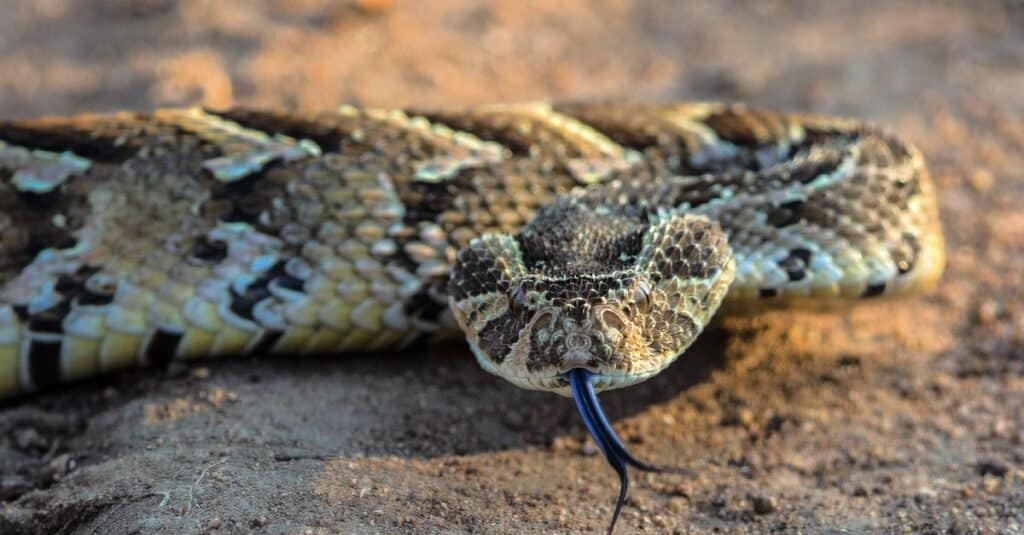
©iStock.com/S_Lew
Some of the deadliest snakes in Africa include:
- Black Mamba: Africa’s longest snake, and one of the fastest snakes in the world. Black mambas are found in Southern and Eastern Africa. They live in savannahs and rocky hills.
- Boomslang: One of the most venomous snakes in the world. Native to the savannahs of sub-Saharan Africa.
- Bush Viper: Arboreal snakes found in the tropical rainforests of Western and Central Africa.
- Cape Cobra: Only found in Southern Africa. They live in a variety of habitats, like grasslands, savannahs, and deserts.
- West African Carpet Viper: Endemic to the dry savannahs of West Africa. It is the most dangerous snake in Africa.
- Eastern Green Mamba: Arboreal snakes native to the coastal regions of Southern and East Africa. They can be found in the dense vegetation of tropical rainforests.
- Puff Adder: Found throughout sub-Saharan Africa, typically in open forests, grasslands, and rocky savannahs.
A few nonvenomous snakes native to Africa:
- Ball Python: Live north of the equator in Western and Central Africa. They are found near water in grasslands and forests.
- Brown House Snake: Distributed throughout Southern Africa. These snakes are popular as pets.
- Spotted Bush Snake: Found in a variety of habitats close to water sources. They have a large range, from Southern Africa northward into Central Africa, from east to west coasts.
- African Rock Python: The largest snake in Africa. Native to sub-Saharan Africa, in a range of habitats near permanent bodies of water.
The 6 Rarest African Animals
Aside from the Big 5, there are innumerable African animals that can be viewed in their natural habitats. But there are some animals that are very rare to witness, so any traveler who should happen upon one would be lucky. Here’s a look at 6 very rare African animals to see:
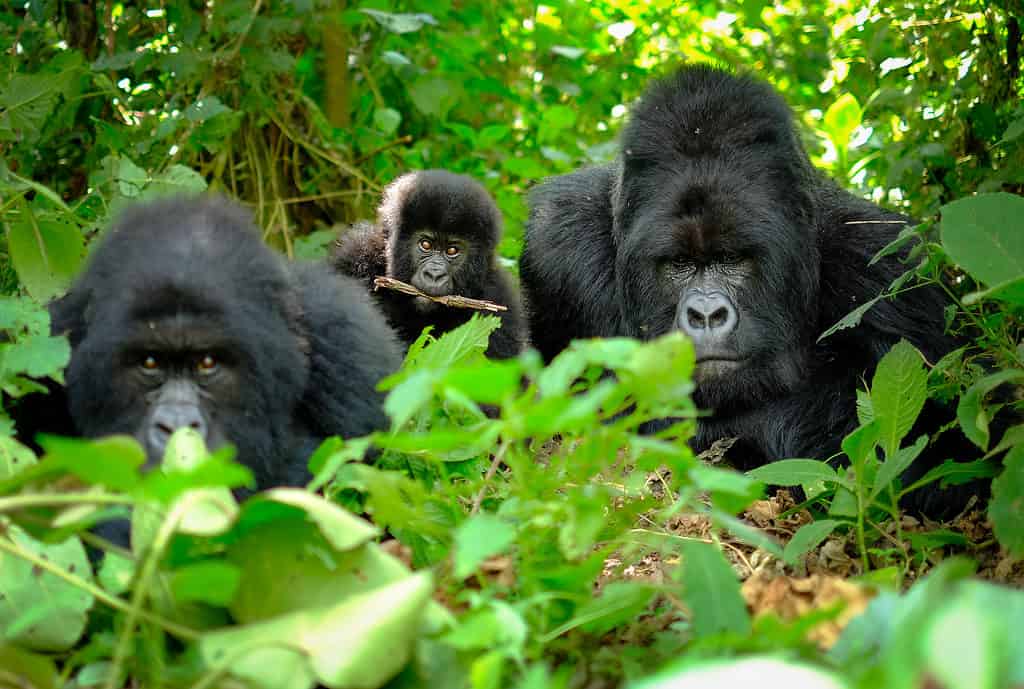
©Marian Galovic/Shutterstock.com
- Pangolin: This pre-historic-looking animal, which sports armor-like scales, is an elusive nocturnal creature whose main dietary staple is ants. Of the eight subspecies existent in the world, four inhabit Africa including the black-bellied pangolin, white-bellied pangolin, giant ground pangolin, and Temminck’s ground pangolin. All these types are listed as threatened.
- Black Rhino: With only 5,000 left in the wild, the critically endangered black rhinocerus would be a prized sight to behold. Kruger National Park in South Africa would be one of the best places to witness this rare African animal.
- Honey Badger: The star of the hilarious viral video “Honey Badger Don’t Care,” this skunk-like, tough-as-nails animal fearlessly takes on dangerous animals like cobras and lions. While the honey badger is not endangered, it’s still a rare animal to witness on a safari. It inhabits dry areas, and one popular spot to view them is Etosha National Park in Namibia.
- Ethiopian Wolf: This large canine is the most endangered carnivore in Africa, with fewer than 440 individuals remaining. It’s endemic to Ethiopia’s highlands, restricted to just seven isolated enclaves in the region. As Africa’s only wolf species, witnessing one would be marvelous. Bale Mountain National Park would be the best place to see one.
- Mountain Gorilla: Bwindi National Park in Uganda would be the place to see this rare, most endangered animal species in Africa. Also known as siverbacks, these animals are found in the forested regions of mountain habitats between 8,000 and 13,000 feet up. Given there are only 1,000 left in the world, it’s one of the rarest and most treasured animals to view in Africa.
- African Penguin: It’s the only penguin subspecies to inhabit Africa, and also one of the most endangered African animals. These adorable birds live on the south-western coast, living in 27 colonies on 24 islands between Namibia and Algoa Bay, near Port Elizabeth, South Africa, with the largest colony found on Dyer Island, near Kleinbaai.
The 5 Largest African Animals
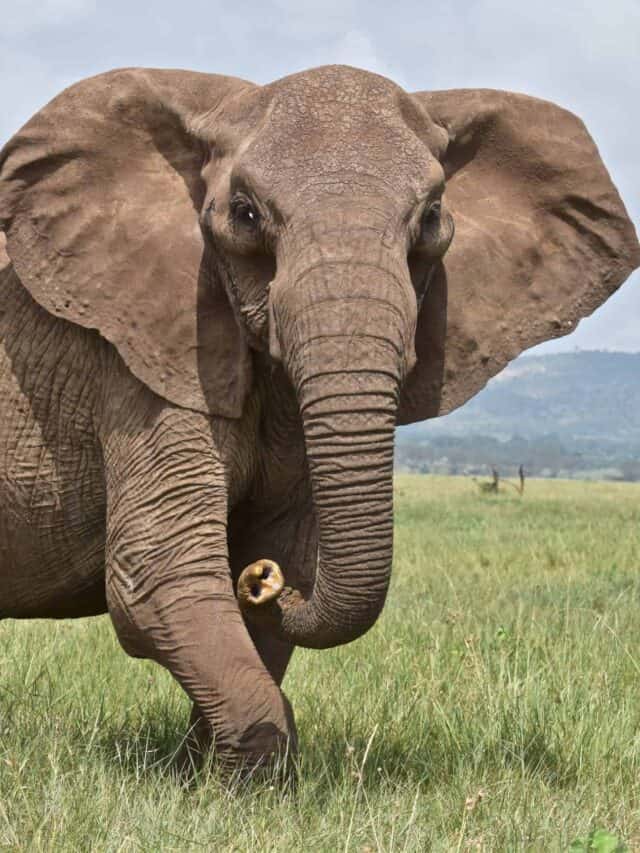
Africa is home to some of the largest land animals on the planet including the world’s tallest and heaviest mammals. Here’s our list of the top 5 animals who impress with their enormous sizes:
- African Elephant: African elephants takes the top prize in several categories. Besides being the largest land animals on earth with an average weight of 4-8 tons and height of 10 feet tall, these giants are also among the strongest in the world, capable of lifting 7 tons of weight. Elephants are also incredibly smart.
- White Rhinoceros: The white rhino is considered the second largest land animal in the world, with a maximum weight of 4 tons! It can stand up to 6 feet tall, and is a highly dangerous animal to encounter in the wild.
- Hippopotamus: Hippos can grow up to 16 feet long, weigh up to 4.5 tons, and sport teeth measuring 20 inches long, which they use for fighting as well as eating. This third-largest African animal may appear docile, but should be feared, as it’s another very dangerous mammal.
- Giraffe: Weighing up to 3,000 lbs, giraffes measure the tallest of any land animal on earth at an average height of 18 feet. Their stand-out feature is their ultra-long necks, which allow them to eat foliage in trees as well as graze.
- African Buffalo: This species of buffalo, native to Africa, can weigh as much as 3,5000 lbs and its length can reach over 11 feet.
Rivers in Africa
There are numerous massive rivers in Africa that are home to a variety of wildlife and African animals. African rivers range from the Nile River, which stretches more than 4,000 miles in length and is a haven of wildlife in the harshness of the Sahara Desert to the Okavango River, which has an inland delta that covers 600,000 acres in swamps and floods during dry seasons to create a gathering ground for thousands of animals.

©iStock.com/Phototreat
These rivers are rich habitats for diverse African wildlife. Many large herds of safari animals can be viewed near these rivers like elephants, giraffes, antelope, and hundreds of bird species. Other animals include gorillas, hippos, Nile crocodiles, hundreds of fish species, and even hyenas and African wild dogs.
Some notable African rivers include:
- Congo River: The second longest river in Africa with a length of 2,900 miles. At measured depths of 219.5 meters, it’s also the world’s deepest recorded river. Nearly 800 fish species have been recorded inhabiting the Congo River Basin, and its tropical forests are home to mammals like the bonobo, Allen’s swamp monkey, the aquatic genet, okapi, the dryas monkey, and Congo peafowl.
- Niger River: The main river of West Africa, it flows 2,590 miles from southeastern Guinea through Mali, Niger, and Benin, and empties in the massive Niger Delta into the Gulf of Guinea. This river’s course is unique, having the appearance of a boomerang in shape. Animals found along the Niger include hippopotamuses, several types of crocodiles including the Nile crocodile, and numerous species of lizards and birds.
- Orange River: Flows 1,300 miles across South Africa and forms the boundary with Namibia. The Orange River is home to a number of endemic fish including the Numaquab barb, Maluti redfin, and Orange River mudfish.
- Zambezi River: A massive 2,200 miles river that is home to Victoria Falls, one of the Seven Natural Wonders of the World. The Zambezi is home to a wide variety of wildlife including bull sharks and many bird species.
African Countries Animals Lists
Click any of the countries below to see a detailed list of animals located in that country!
- Animals in Algeria
- Animals in Angola
- Animals in Benin
- Animals in Botswana
- Animals in Burkina Faso
- Animals in Burundi
- Animals in Cameroon
- Animals in Central African Republic
- Animals in Chad
- Animals in Côte d'Ivoire
- Animals in Democratic Republic of Congo
- Animals in Djibouti
- Animals in Egypt
- Animals in Equatorial Guinea
- Animals in Eritrea
- Animals in Ethiopia
- Animals in Gabon
- Animals in Gambia
- Animals in Ghana
- Animals in Guinea
- Animals in Guinea-Bissau
- Animals in Kenya
- Animals in Lesotho
- Animals in Liberia
- Animals in Libya
- Animals in Madagascar
- Animals in Malawi
- Animals in Mali
- Animals in Mauritania
- Animals in Morocco
- Animals in Mozambique
- Animals in Namibia
- Animals in Niger
- Animals in Nigeria
- Animals in Republic of Congo
- Animals in Rwanda
- Animals in Senegal
- Animals in Sierra Leone
- Animals in Somalia
- Animals in South Africa
- Animals in South Sudan
- Animals in Sudan
- Animals in Swaziland
- Animals in Tanzania
- Animals in Togo
- Animals in Tunisia
- Animals in Uganda
- Animals in Western Sahara
- Animals in Zambia
- Animals in Zimbabwe
African Animals
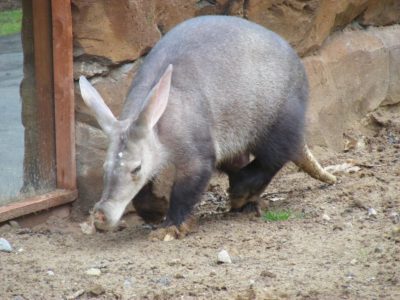
Aardvark
Can move 2ft of soil in just 15 seconds!
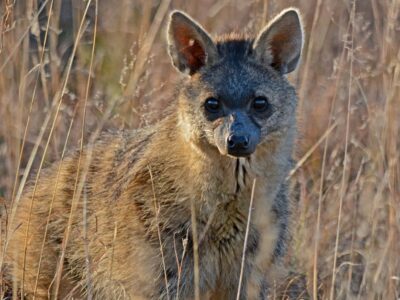
Aardwolf
The aardwolf has five toes on its front paws

Abyssinian
One of the oldest cat breeds in the world!
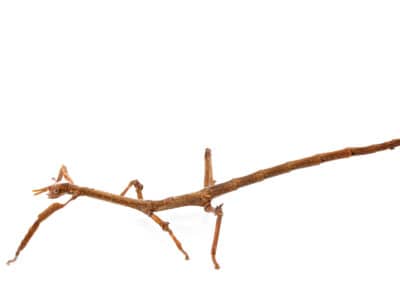
Achrioptera Manga
Unlike other species of stick insects, the Achrioptera manga's mating season is year-round and mating occurs regularly.
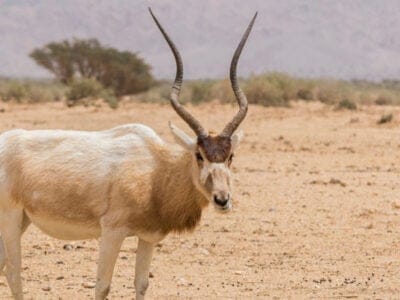
Addax
The hooves of the addax are splayed and have flat, springy soles, one of the adaptations that help it walk over sand.
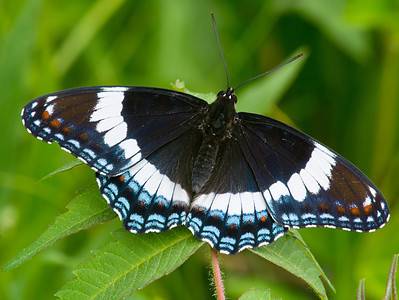
Admiral Butterfly
Stunningly beautiful wings
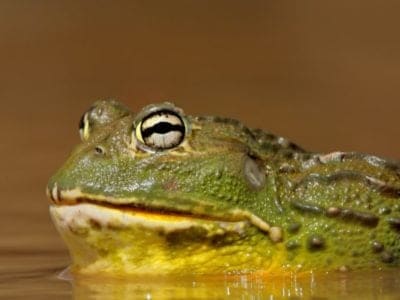
African Bullfrog
The African bullfrog is one of only three species of frog that have “teeth.”

African Bush Elephant
Can drink up to 50 gallons a day
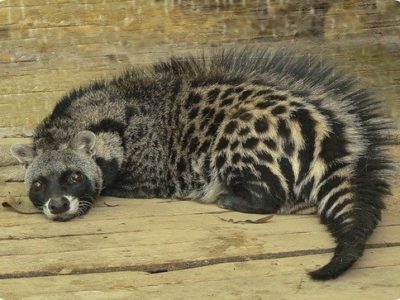
African Civet
Secretes up to 4g of musk every week!
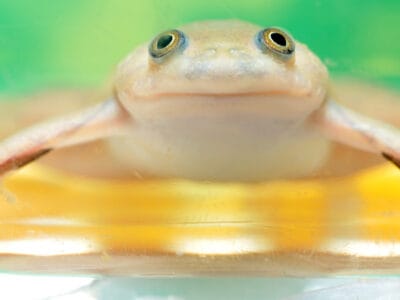
African Clawed Frog
African clawed frogs were used as pregnancy testers from the 1930s to the early 1960s.
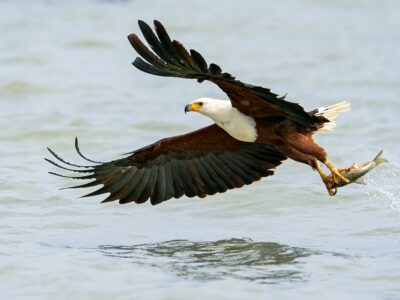
African Fish Eagle
African fish eagles belong to the genus of sea eagles
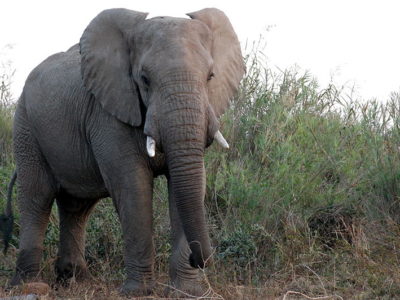
African Forest Elephant
Have large rounded ears to help keep them cool!
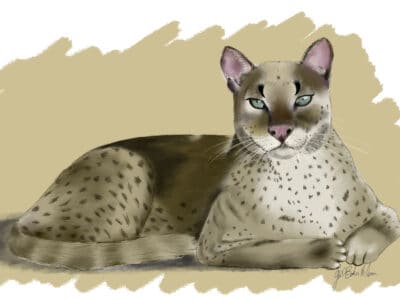
African Golden Cat
The first image of an African golden cat was captured in the wild in Gabon in 2002.
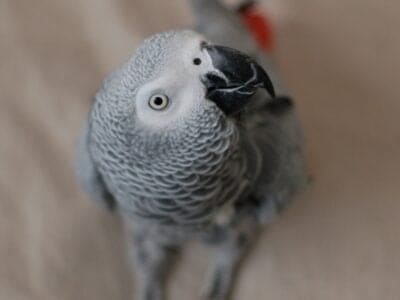
African Grey Parrot
When a grey parrot named Yosuke got lost, it was reunited with its owner after giving the owner's name and address.
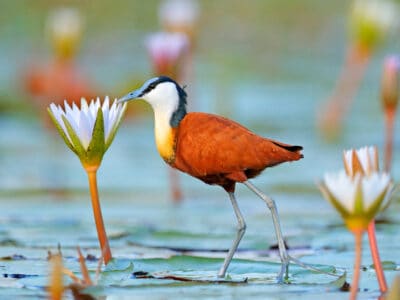
African Jacana
The males raise the young

African Palm Civet
Solitary but gathers in groups!
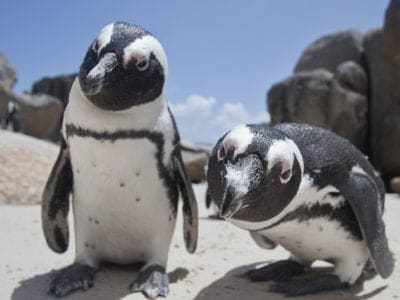
African Penguin
The only penguin species in Africa!
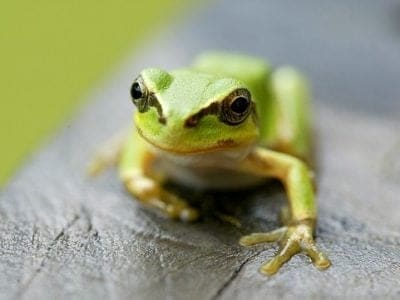
African Tree Toad
Found in tropical moist lowland forests!
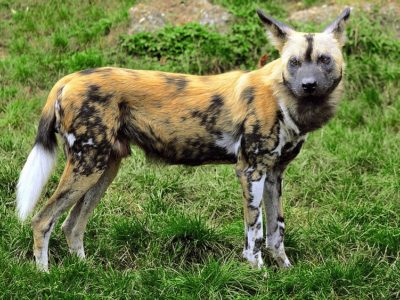
African Wild Dog
Also known as the painted dog!
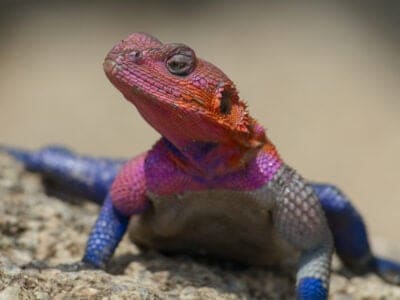
Agama Lizard
The agama forms small social groups that contain both dominant and subordinate males.

Aidi
The Aidi's cheerful personality and relaxed temperament are just two reasons why this dog is a good choice for families with kids.

Albatross
The largest wingspan of any bird in the world!

Allosaurus
Differnt Lizard” or Allosaurus weighed around two tonnes that is almost equal to a car.
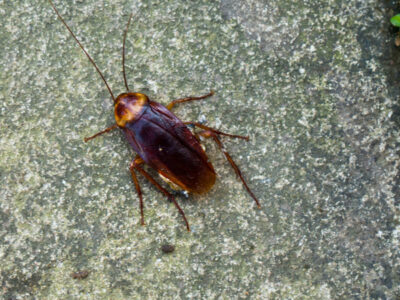
American Cockroach
Despite its name, actually originated from Africa and the Middle East
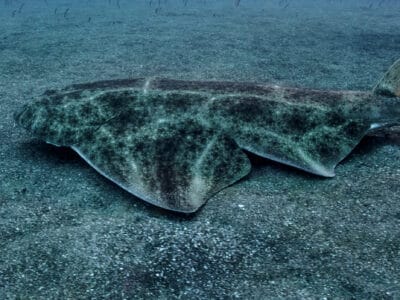
Angelshark
The angelshark’s range has contracted by more than 80% in the past century.
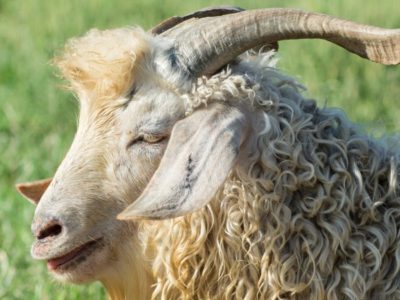
Angora Goat
Each adult Angora goat produces about 12 inches of mohair annually while kids have about 8 inches.
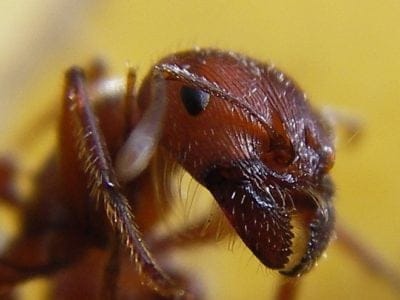
Ant
First evolved 100 million years ago!
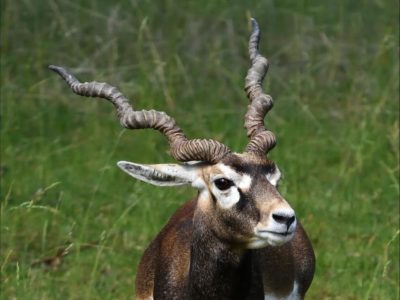
Antelope
Renew their horns every year!
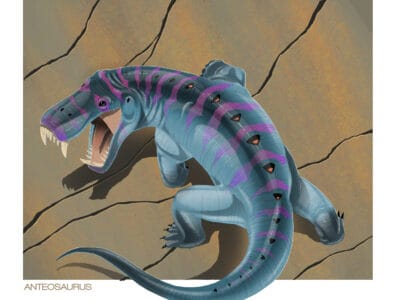
Anteosaurus
Although the Anteosaurus looked like a crocodile, it is more related to mammals than reptiles.
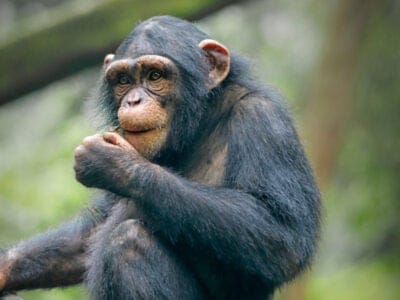
Ape
Love to learn, especially through observation
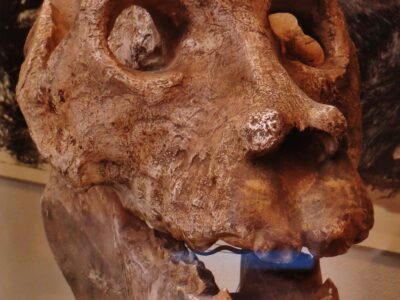
Archaeoindris
Archaeoindris was the largest primate to evolve in Madagascar
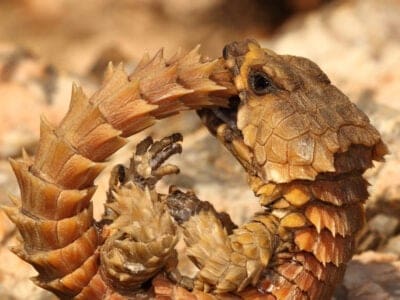
Armadillo Lizard
They communicate through a series of tongue flicking, head bobbing and tail wagging, among other methods.
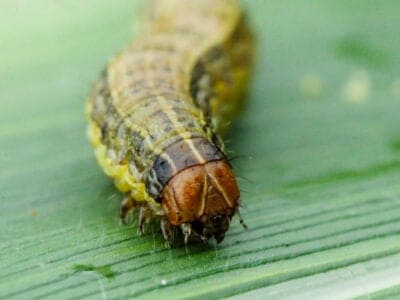
Armyworm
They are so named because they "march" in armies of worms from one crop to another in search of food
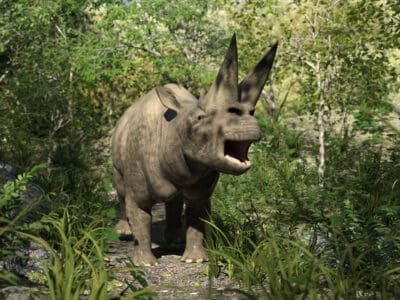
Arsinoitherium
Arsinoitherium was a twin-horned mammal that looked like a rhino but is more closely related to present-day elephants.
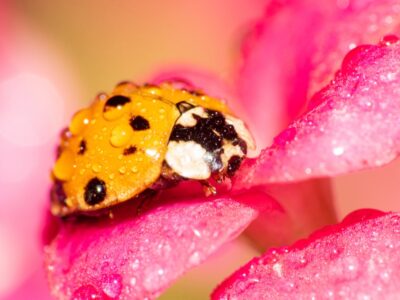
Asian Lady Beetle
Asian lady beetles infest indoor spaces, but they do not reproduce indoors.
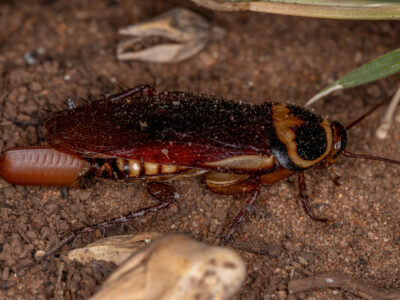
Australian Cockroach
The most common type outdoor roach in Florida
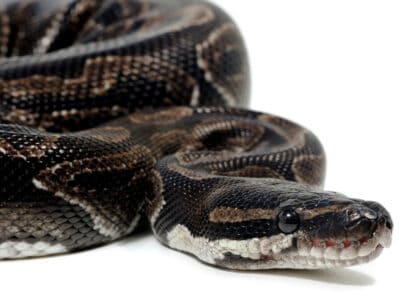
Axanthic Ball Python
Axanthic ball pythons lack yellow pigment in their skin!
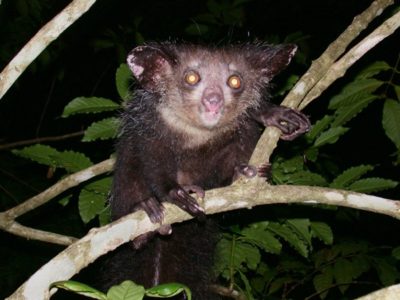
Aye-aye
Thought to be extinct until 1957!
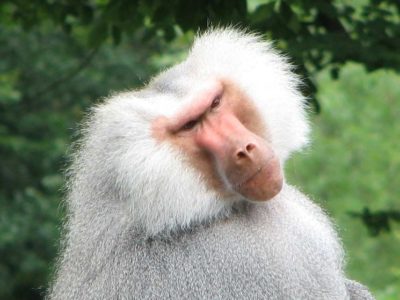
Baboon
Can travel more than four miles a day!
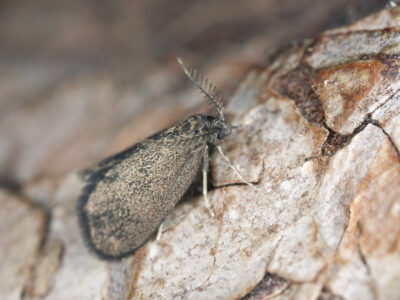
Bagworm Moth
There are approximately 1350 species in the bagworm moth family (Psychidae), which forms part of the order Lepidoptera.
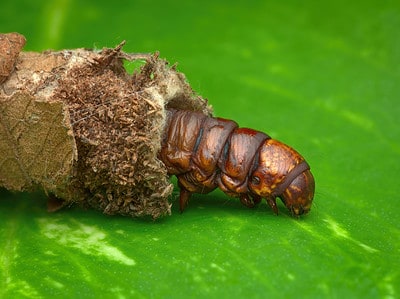
Bagworm Moth Caterpillar
They continually enlarge their protective cases
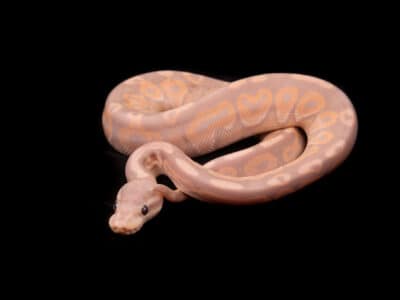
Banana Cinnamon Ball Python
Banana cinnamon ball pythons came from combining the banana and cinnamon genes.
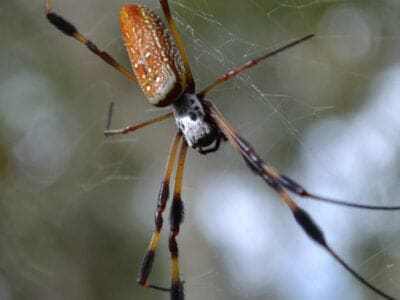
Banana Spider
People spin clothing and fishing nets out of these spiders’ silk.
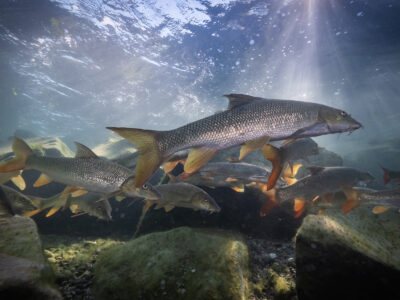
Barb
There are over 1768 known species!
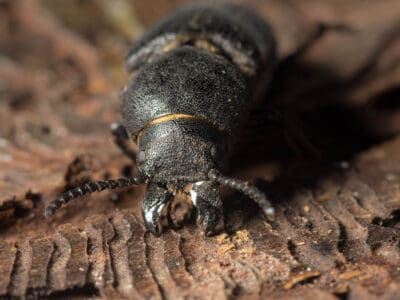
Bark Beetle
Not all bark beetles feed on a tree's bark. Some species feed on fruits, seeds, and other parts of the plant
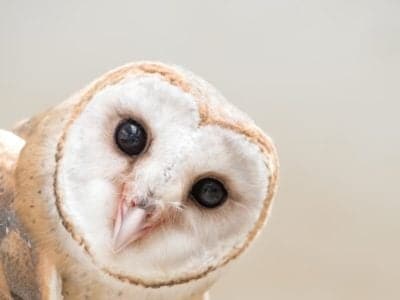
Barn Owl
Found everywhere around the world!
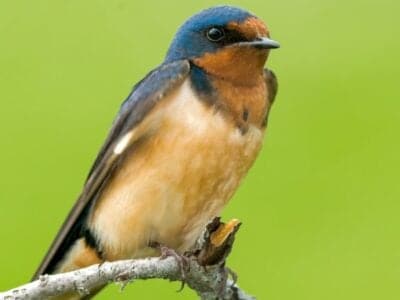
Barn Swallow
Older offspring help care for new hatchlings.

Basenji Dog
Alert, affectionate and energetic!
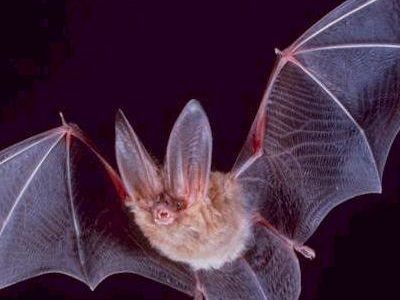
Bat
Detects prey using echolocation!
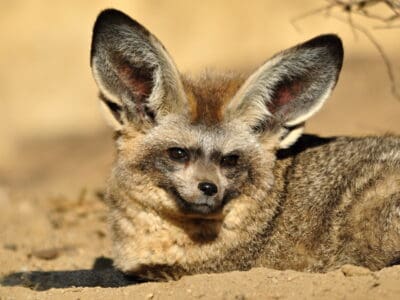
Bat-Eared Fox
Bat-eared foxes can run up to 35 MPH!
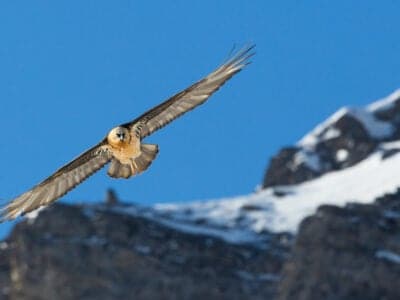
Bearded Vulture
These birds eat a diet of bones
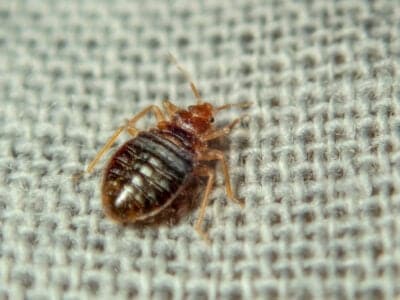
Bed Bugs
Bed bugs feed for 4-12 minutes.
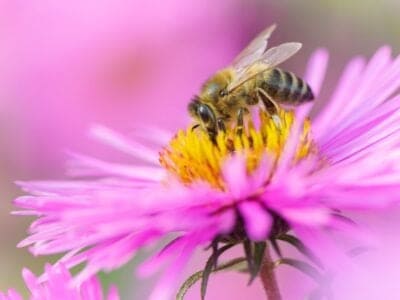
Bee
Rock paintings of bees date back 15,000 years
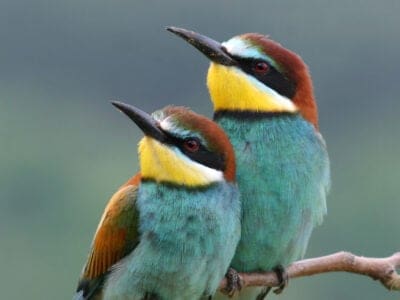
Bee-Eater
They roll around in dirt to prevent external parasites
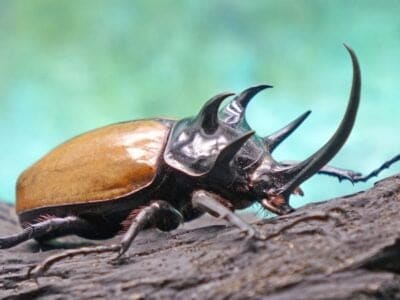
Beetle
There are more than 350,000 different species
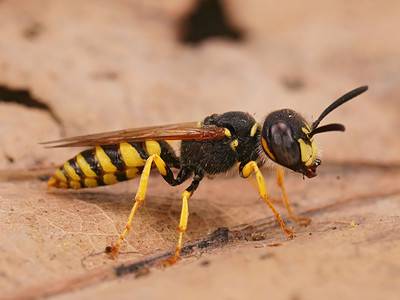
Beewolf wasp
They hunt bees
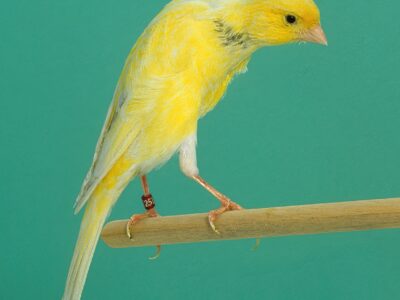
Belgian Canary
The Belgian canary is one of the oldest and most influential in its genus.
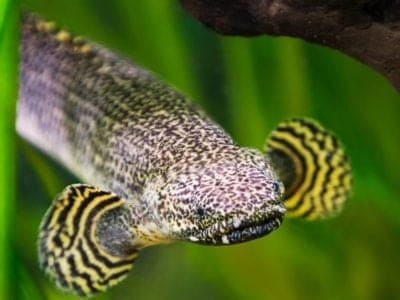
Bichir
The bichir species is more than 400 million years old
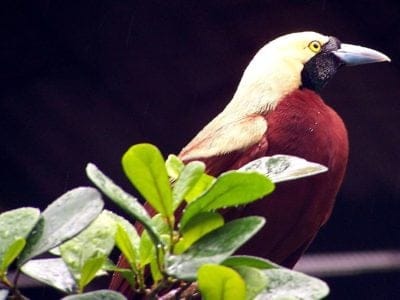
Bird
Not all birds are able to fly!
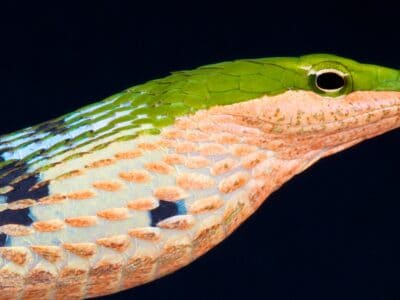
Bird Snake
Usambara vine snakes sit perfectly still and sway in the wind like a stick.
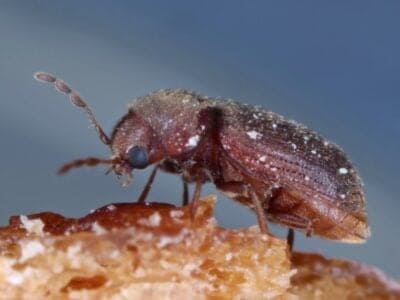
Biscuit Beetle
The biscuit beetle form a symbiotic relationship with yeast
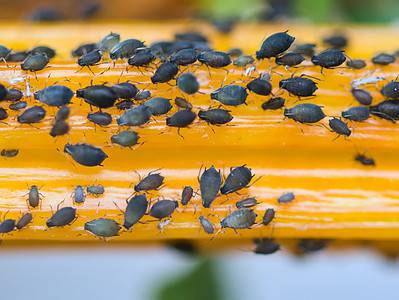
Black Aphids
One of the most destructive pests in the world
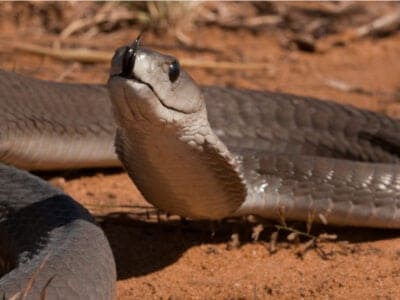
Black Mamba
Black mambas are the longest venomous snake in Africa, and second longest in the world.
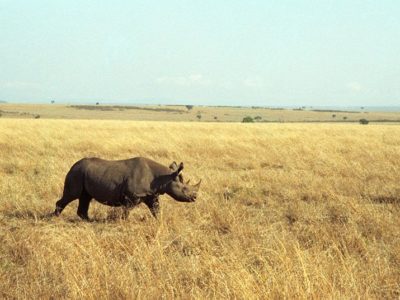
Black Rhinoceros
Horns can grow to 1.5m!
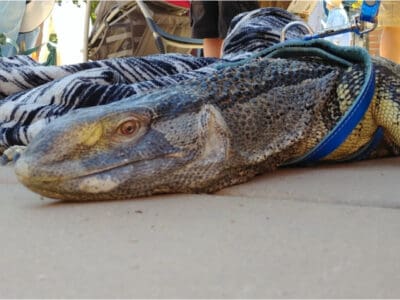
Black Throat Monitor
The black-throat monitor is the second-longest lizard species in Africa and the largest in mass.
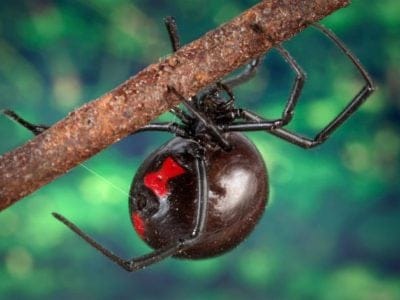
Black Widow Spider
They typically prey on insects!
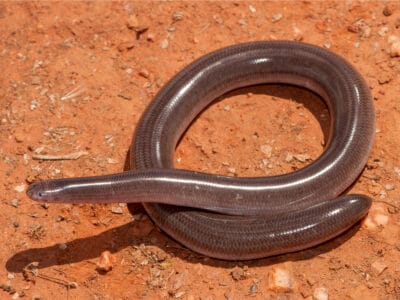
Blind Snake
The blind snake is often mistaken for a worm.
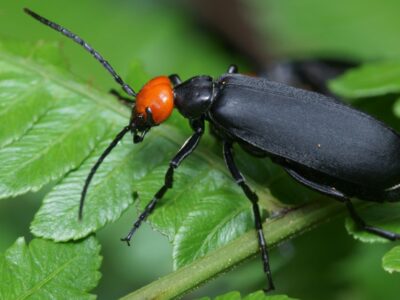
Blister Beetle
Blister beetles release a toxic fluid that causes blistering when they're threatened.
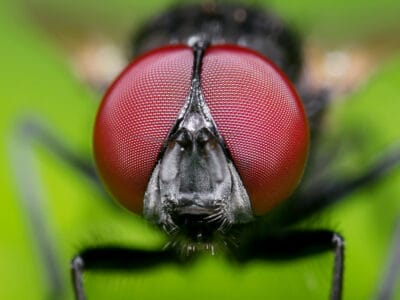
Blowfly
Can smell rotting carcasses up to one mile away
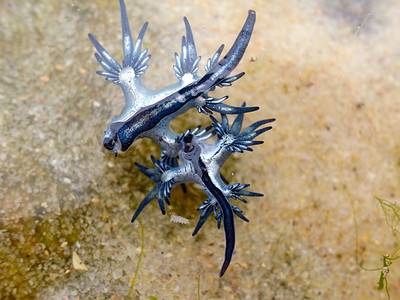
Blue Dragon Sea Slug
They inflict a painful, venomous sting
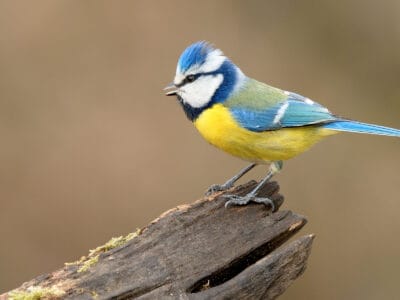
Blue Tit
The blue tit can hang upside down from branches
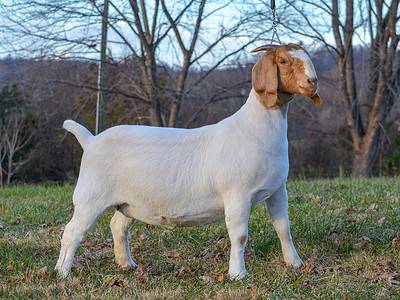
Boer Goat
Most popular meat goat in the world
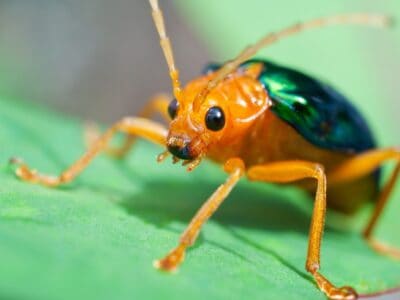
Bombardier Beetle
Spray a noxious solution from their abdomens

Bongo
Long and heavy spiralled horns!
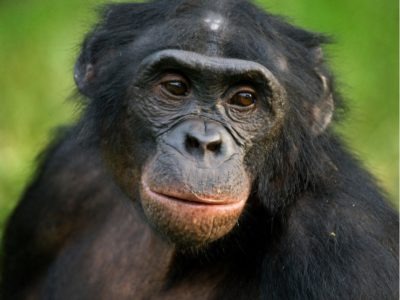
Bonobo
Shares 97% of the same DNA as humans!
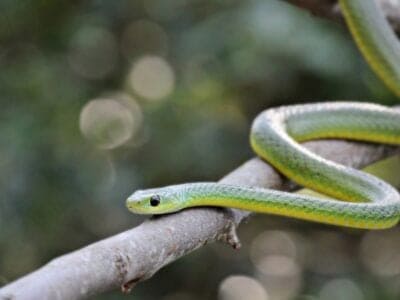
Boomslang
Boomslangs are primarily arboreal but sometimes come to the ground.
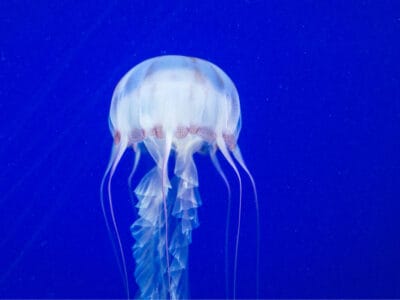
Box Jellyfish
Venomous marine animals
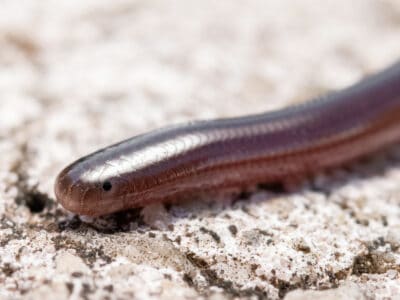
Brahminy Blindsnake
These snakes have been introduced to all continents, except Antarctica!
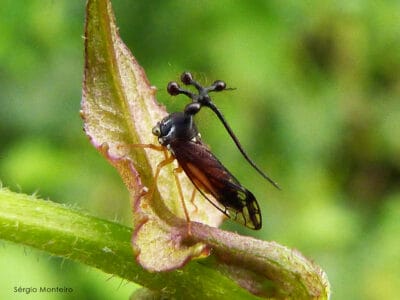
Brazilian Treehopper
“Mild-Mannered Minimonsters”
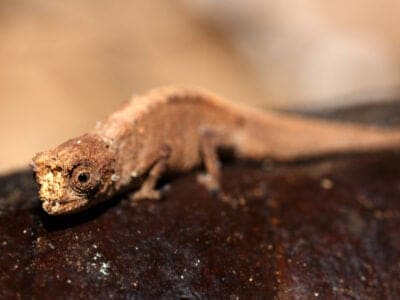
Brookesia Micra
Brookesia micra can curl up and pretend to be a dead leaf if it’s threatened.
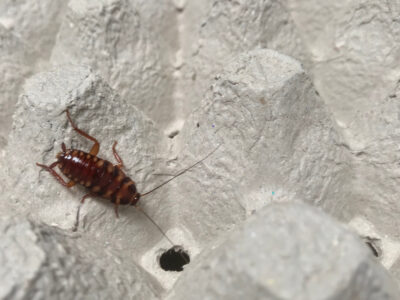
Brown-banded Cockroach
Females glue egg cases to furniture
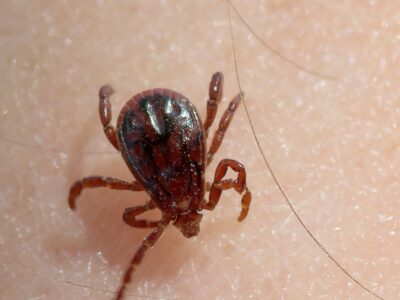
Brown Dog Tick
Can live its entire life indoors
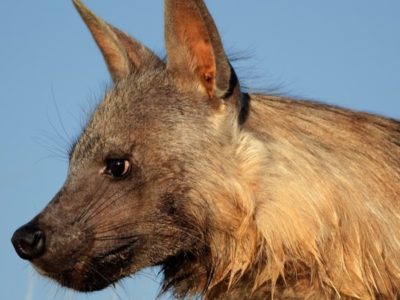
Brown Hyena
They don’t laugh

Buffalo
"They look like you owe them money."
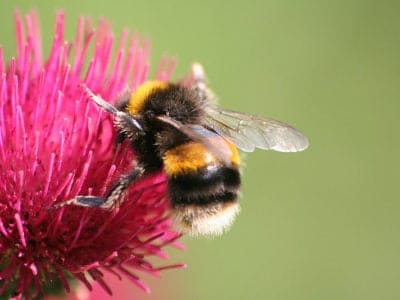
Bumblebee
The most common species of bee!
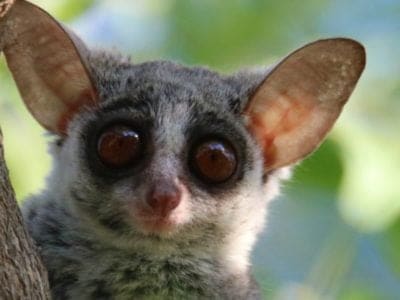
Bush Baby
In a series of leaps, this creature can cover almost 30 feet of distance in just a few seconds.
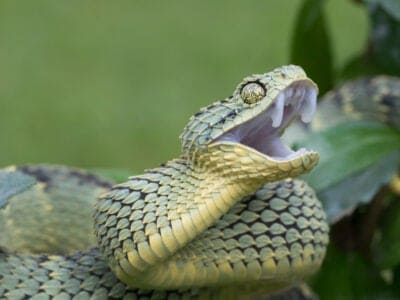
Bush Viper
Bush vipers are predators, sinking their fangs into prey while dangling from a tree limb
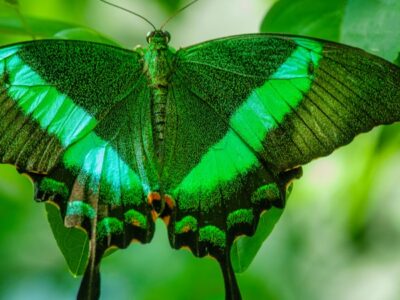
Butterfly
There are thought to be up 17,500 species!
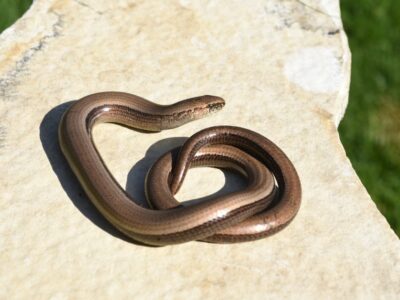
Caecilian
Some species' babies use their hooked or scraper-like teeth to peel off and eat their mother's skin
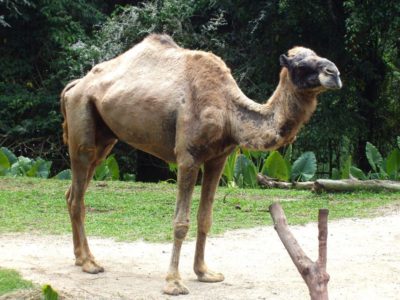
Camel
Can survive without water for 10 months!
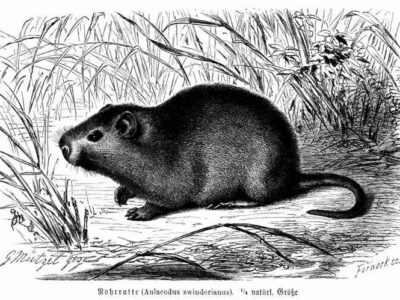
Cane Rat
Often eaten as bush meat or as livestock

Cape Lion
Despite its large, muscular body, the Cape lion actually rests more than 20 hours a day

Caracal
Has 20 different muscles in it's ears!
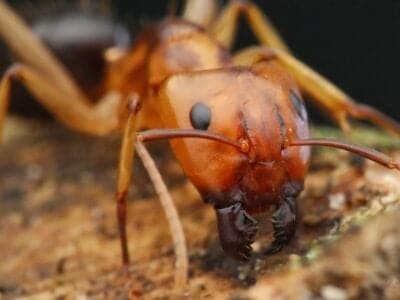
Carpenter Ant
Carpenter ants can lift up to seven times their own weight with their teeth!
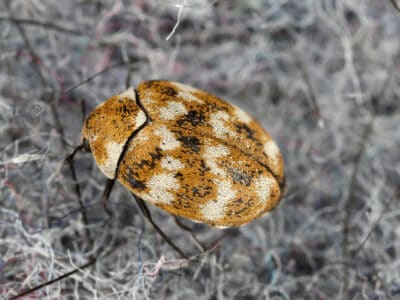
Carpet Beetle
Carpet beetles eat different animal and plant-based products, depending on what stage of their lifecycle they are in; these foods include pollen, flour, wool, and fur.
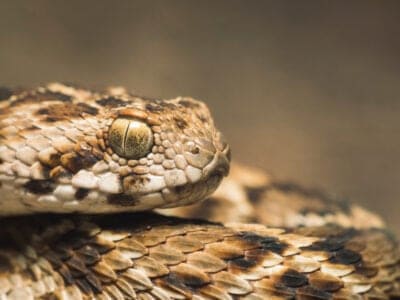
Carpet Viper
The Carpet Viper probably bites and kills more people than any other species of snake.
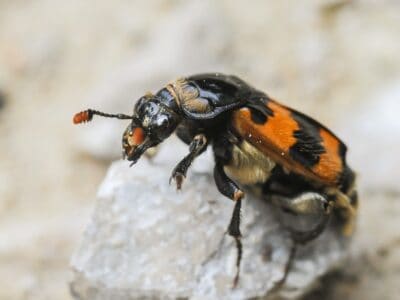
Carrion Beetle
Carrion beetles' diets depend on the specie. Some eat decaying carcasses, while others scavenge in decaying plant matter and dung.
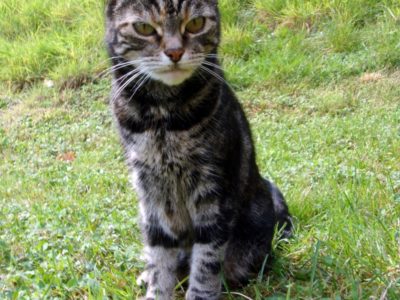
Cat
First domesticated by the Ancient Egyptians!
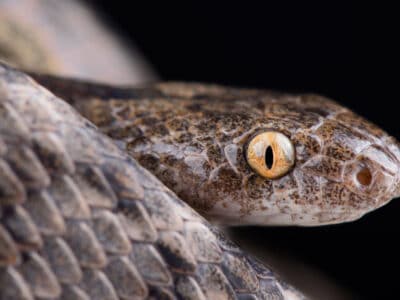
Cat Snake
Some cat snakes have a prehensile tail that helps them climb into trees.
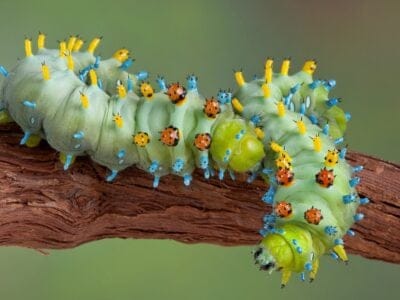
Caterpillar
The larvae of a moth or butterfly!
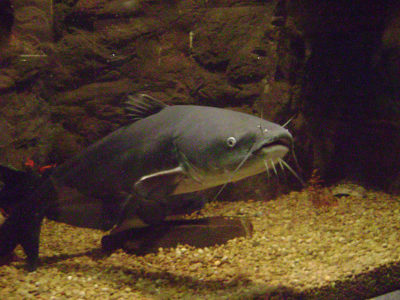
Catfish
There are nearly 3,000 different species!
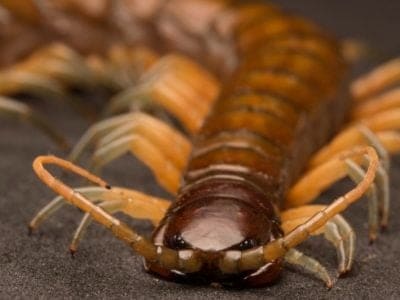
Centipede
There are about 3,000 documented species!
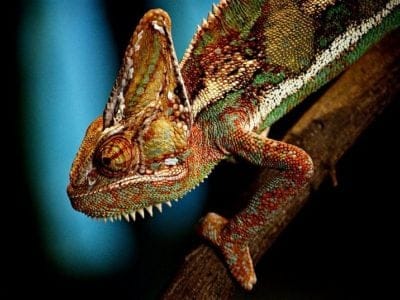
Chameleon
There are more than 160 different species!
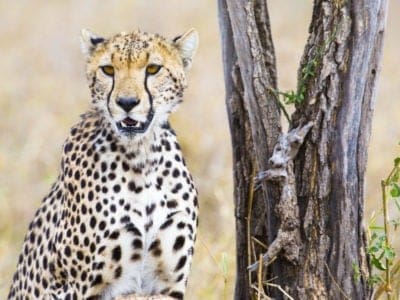
Cheetah
The fastest land mammal in the world!

Chicken
First domesticated more than 10,000 years ago!
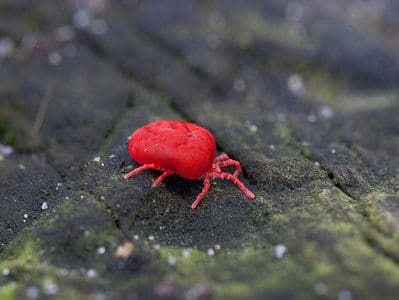
Chigger
Surviving on the skin cells of humans and animals
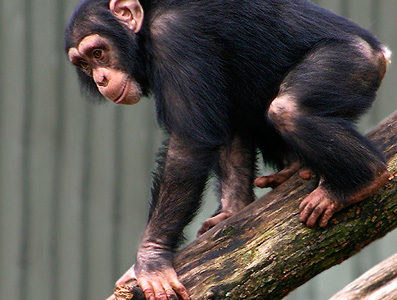
Chimpanzee
Has 32 teeth including fang-like canines!
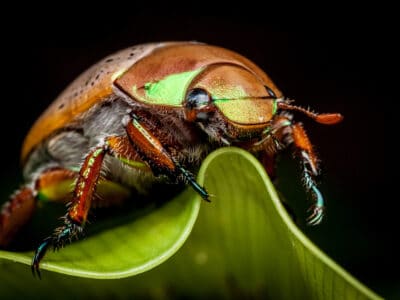
Christmas Beetle
Christmas beetles got their common name because they’re most abundant around Christmas time.
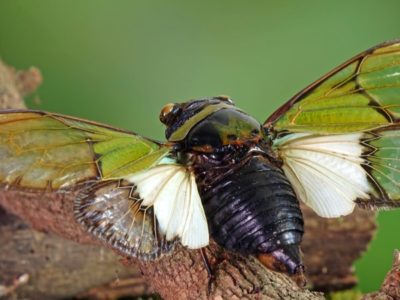
Cicada
Cicadas have one of the longest insect lifespans
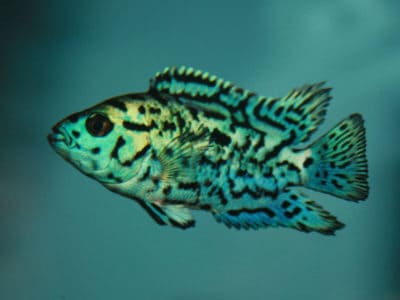
Cichlid
There are more than 2 000 known species!
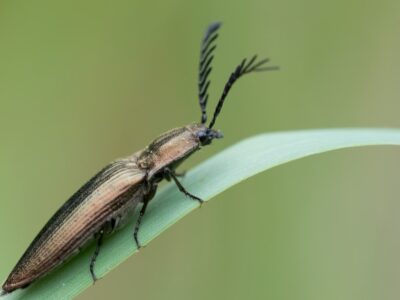
Click Beetle
Click beetles are named for the clicking noise they make to escape predators.
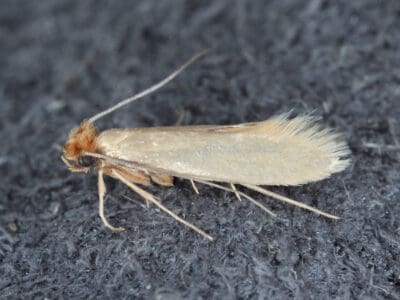
Clothes Moth
Clothes Moths can remain in the larvae stage for up to 2 years, but adults only live 10 days.
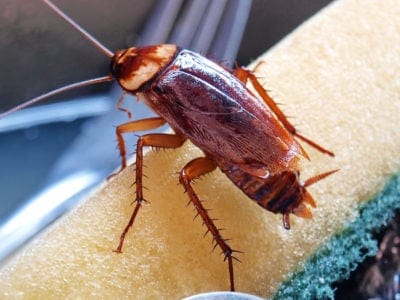
Cockroach
Dated to be around 300 million years old!
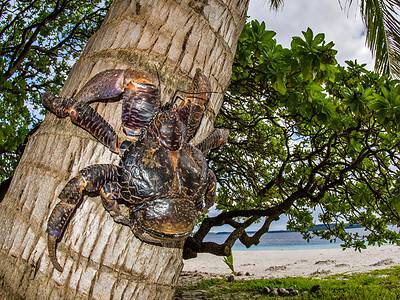
Coconut Crab
The largest terrestrial arthropod in the world
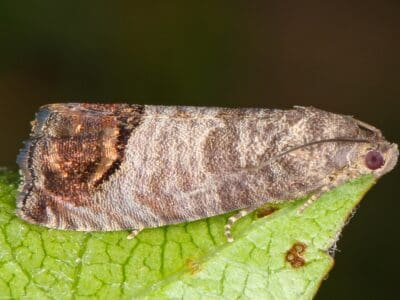
Codling Moth
Pupae are able to undergo diapause to survive poor fruit yield years and winter.
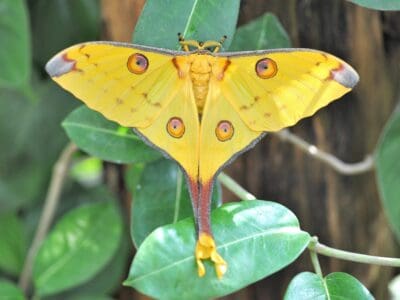
Comet Moth
Adult comet moths do not feed at all till they die less than 12 days later.
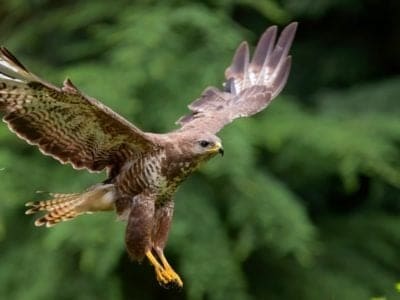
Common Buzzard
The most common raptor in the UK!
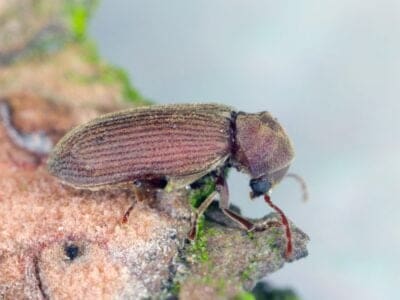
Common Furniture Beetle
The common furniture beetle feeds exclusively on wood
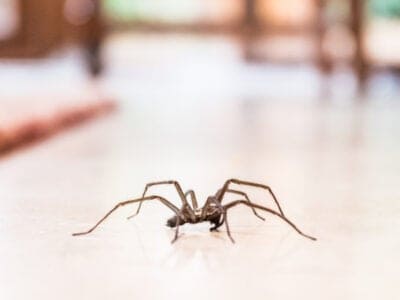
Common House Spider
House spiders have the ability to eat most insects in a home.

Common Raven
A group of ravens is called an unkindness or a conspiracy.
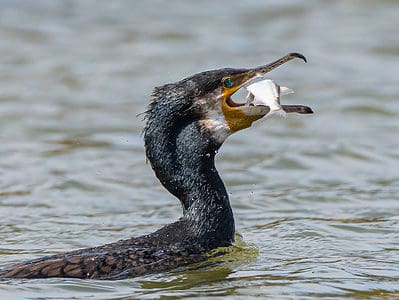
Cormorant
They can fly 35 mph and dive 150 feet below water.

Coton de Tulear
The soft coat of the Coton de Tulear is the result of a singular genetic mutation early in the breed's development.
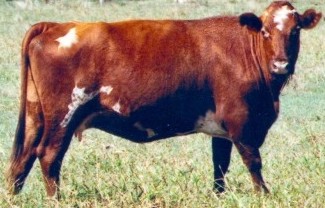
Cow
There are nearly 1.5 billion worldwide!
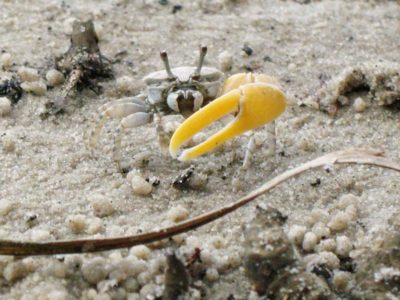
Crab
There are 93 different crab groups
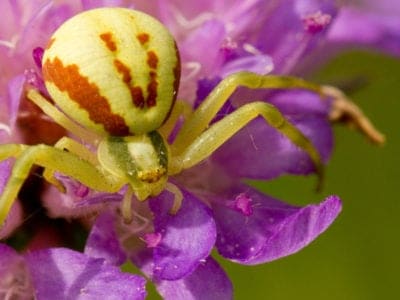
Crab Spider
Crab Spiders can mimic ants or bird droppings
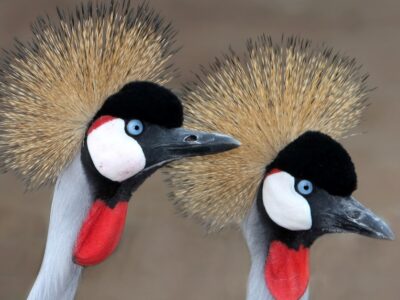
Crane
Many are critically endangered species!
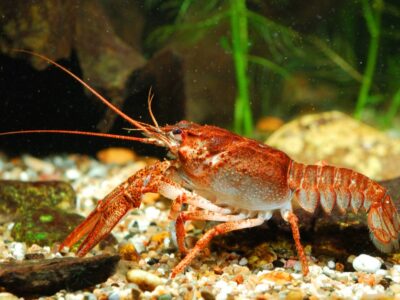
Crayfish
Female crayfish aren't that maternal; they have to secrete a form of pheromone, referred to as maternal pheromones, that encourages them to take care of their offspring and prevents them from eating their young.
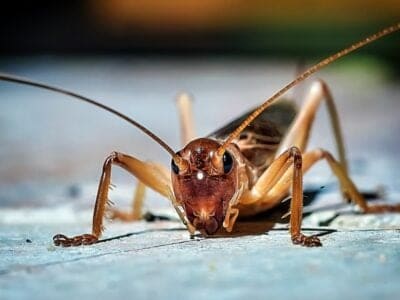
Cricket
Male crickets can produce sounds by rubbing their wings together
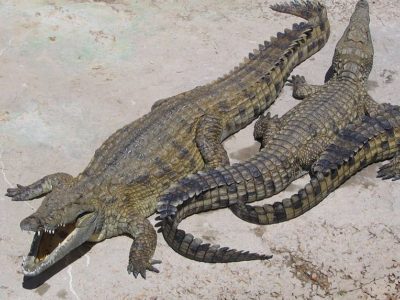
Crocodile
Have changed little in 200 million years!
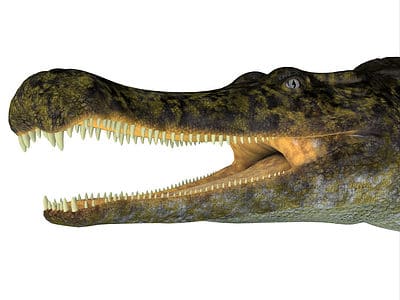
Crocodylomorph
Crocodylomorphs include extinct ancient species as well as 26 living species today.
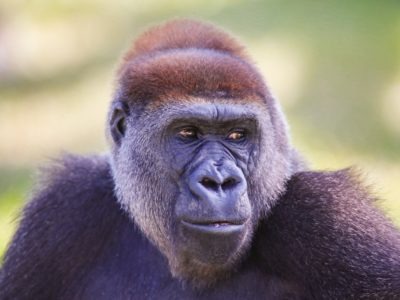
Cross River Gorilla
Less than 300 remaining!
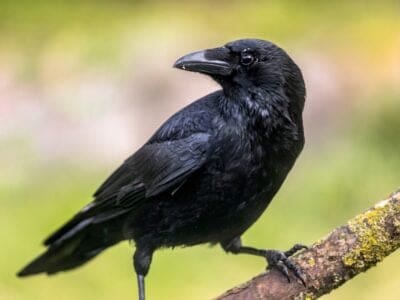
Crow
A group of these birds is called a Murder.
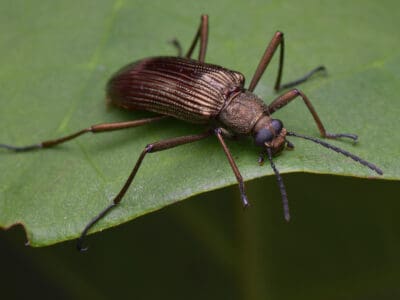
Darkling Beetle
Darkling Beetles have segmented antennae. Each one is divided into eleven segments.
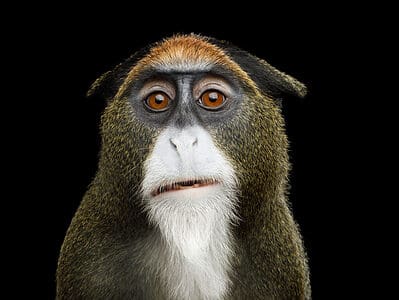
De Brazza’s Monkey
They forage on plants and fruits and act as seed dispersers, helping their environment.
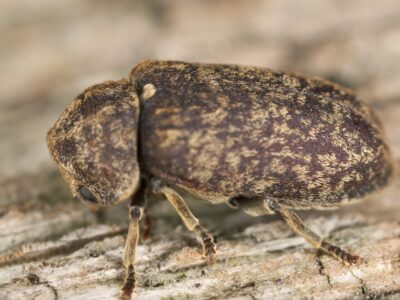
Deathwatch Beetle
The adult deathwatch beetle taps on the wood to find a mate.
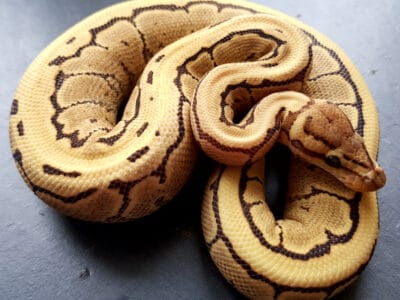
Desert Ghost Ball Python
Desert ghost ball pythons are even more beautiful when they're bred with another type like enchi ball pythons.
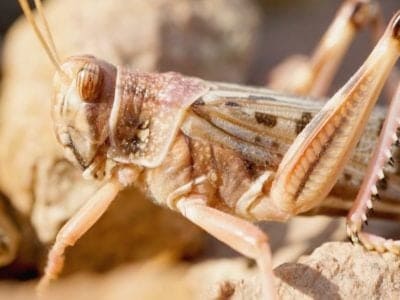
Desert Locust
Solitary locusts are grey while gregarious locusts are yellow with stripes.
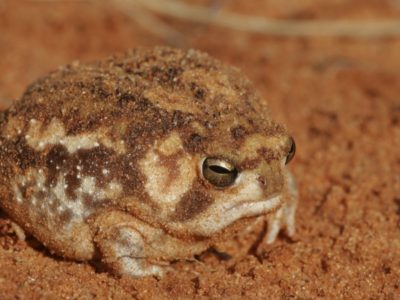
Desert Rain Frog
The desert rain frog doesn't hop
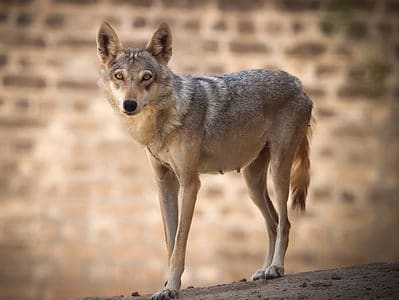
Desert Wolf
These tiny wolves prefer to cohabitate in pairs or groups of three (generally two males and a female).
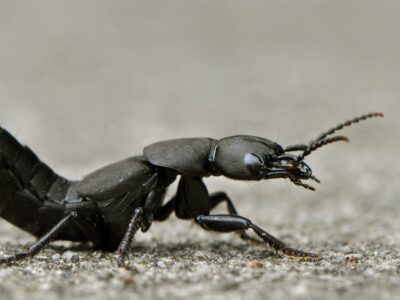
Devil’s Coach Horse Beetle
The Devil’s coach horse beetle can emit a noxious substance to deter predators
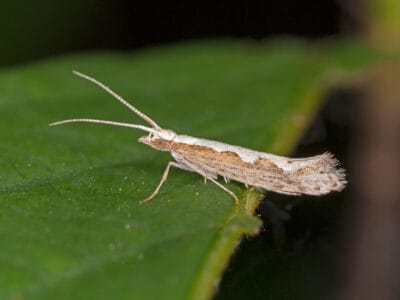
Diamondback Moth
Adult males make high amplitude boing noise to attract females
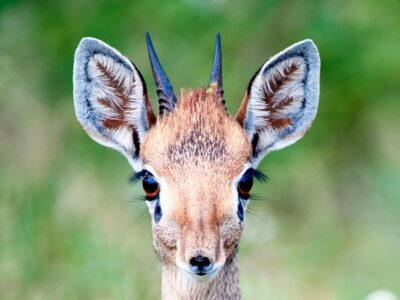
Dik-Dik
Dik-diks use a tar-like liquid from their eye glands to mark their territory!
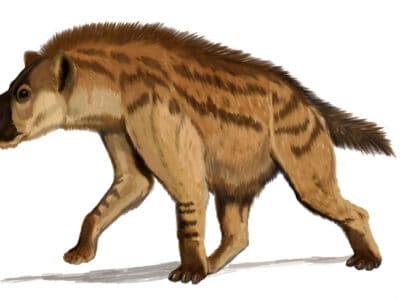
Dinocrocuta
Dinocrucuta had very strong jaws capable of crushing bones.

Dinopithecus
The only species currently recognized of this ancient baboon is Dinopithecus ingens.
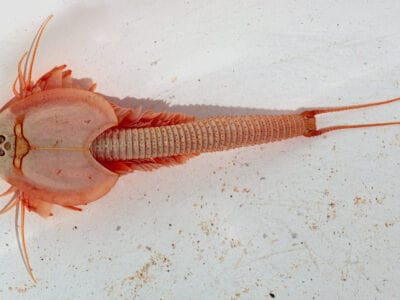
Dinosaur Shrimp
These "shrimp" evolved to survive very harsh climates, which is one reason they have been able to live so long.
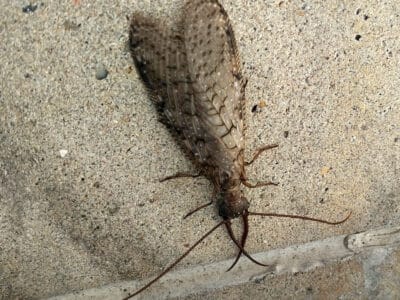
Dobsonfly
The dobsonfly spends up three years as a larva, and only a week as an adult.

Dog
First domesticated in South-East Asia!
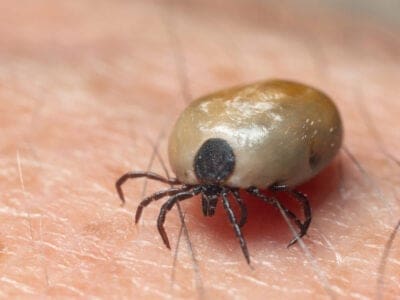
Dog Tick
Dog ticks feed on dogs and other mammals
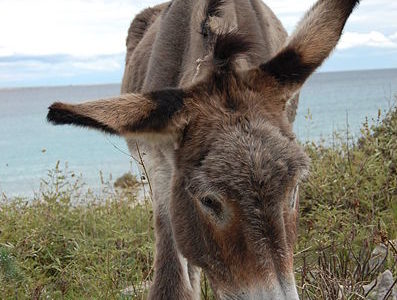
Donkey
First domesticated 5,000 years ago!
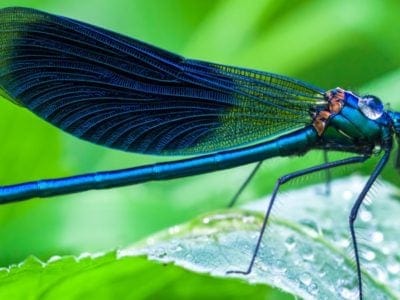
Dragonfly
It's larvae are carnivorous!
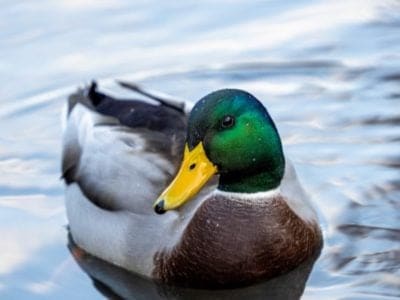
Duck
Rows of tiny plates line their teeth!
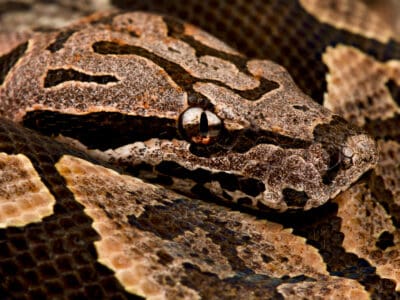
Dumeril’s Boa
Some tribes believe that the snake's skin holds the souls of their ancestors.
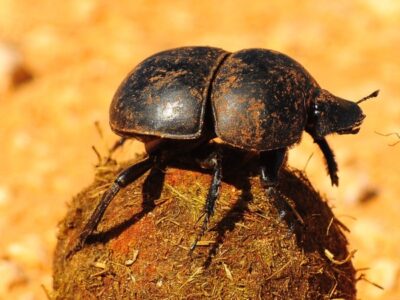
Dung Beetle
The dung beetle can push objects many times its own weight
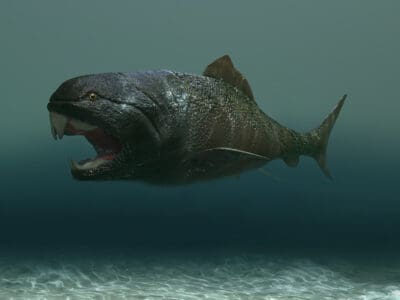
Dunkleosteus
Dunkleosteus had a bite force strong enough to cut through pirey.
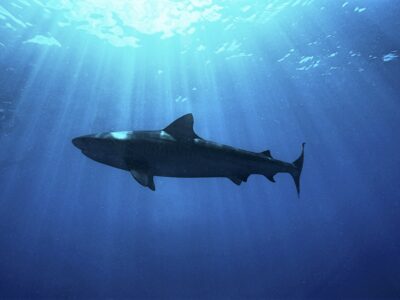
Dusky Shark
The Dusky Shark sometimes eats trash discarded by humans.
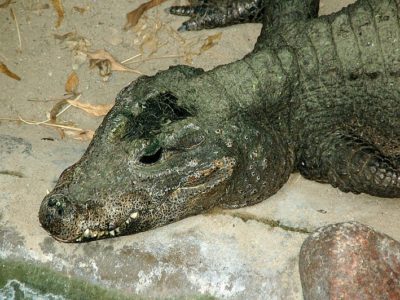
Dwarf Crocodile
Digs burrows in river banks to rest!
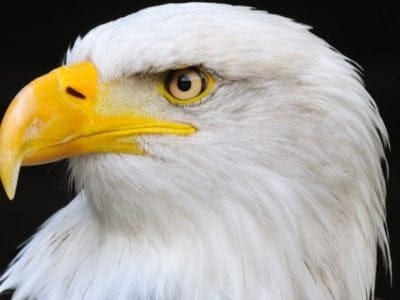
Eagle
Has exceptional eyesight!
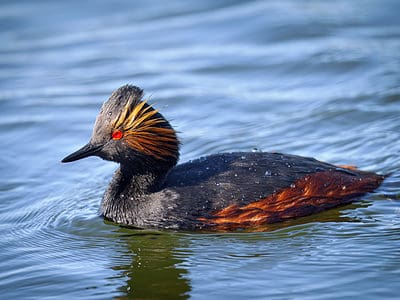
Eared Grebe
The most populous grebe in the world
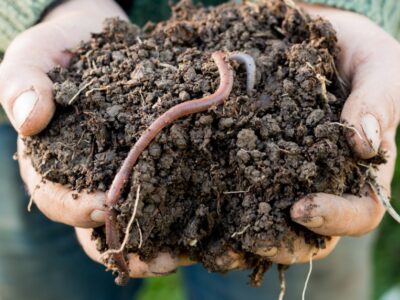
Earthworm
They are hermaphrodites, which means they have male and female organs
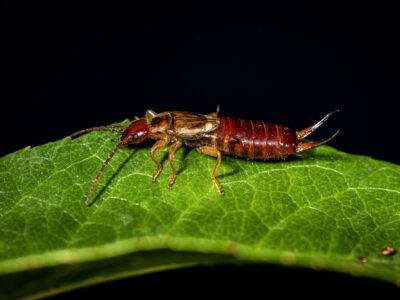
Earwig
There are nearly 2,000 different species!
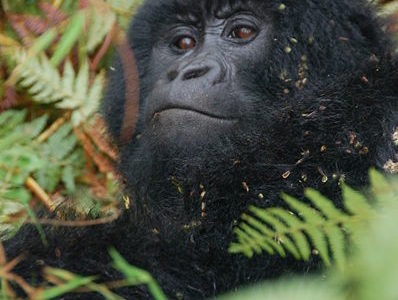
Eastern Gorilla
The largest primate in the world!
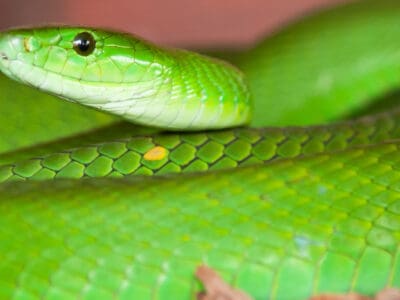
Eastern Green Mamba
It is completely arboreal, and its green color is one of the adaptations that make life in the trees possible.
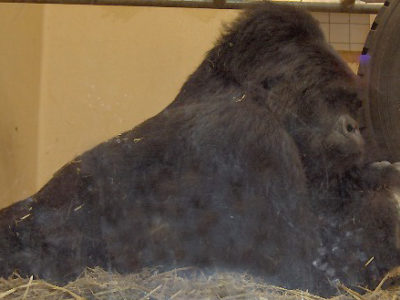
Eastern Lowland Gorilla
Less than 5,000 in the wild!

Eel
Eels can be a mere few inches long to 13 feet!
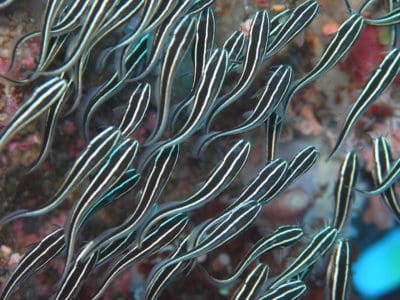
Eel catfish
Eel catfish breathe air and reach up on land to catch beetles. Scientists think they may be a missing link between fish and lizards.
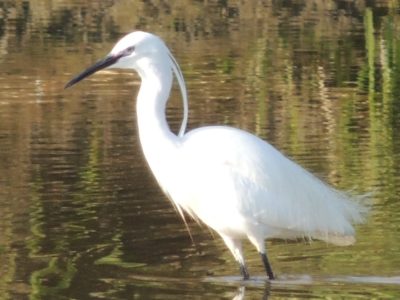
Egret
Most species are relatively vocal, making harsh croaking sounds and squeals.
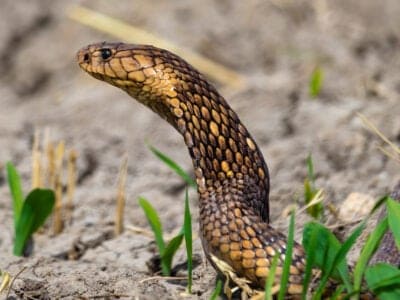
Egyptian Cobra (Egyptian Asp)
The Egyptian cobra is one of the largest cobras in Africa.
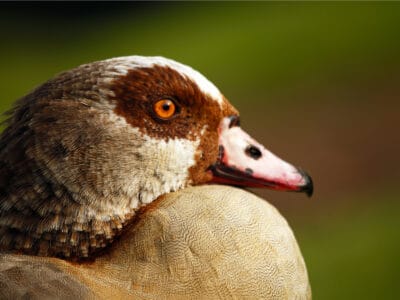
Egyptian Goose
A duck species that resembles a goose when flying

Egyptian Mau
An ancient breed of domestic cat!
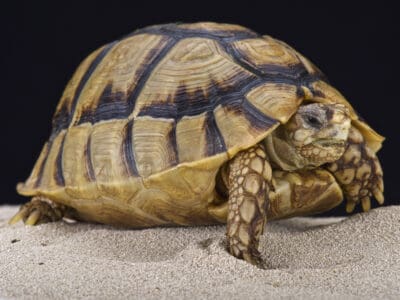
Egyptian Tortoise
The Egyptian tortoise is one of the smallest tortoise species in the world.

Egyptian Vulture
They steal large ostrich eggs and use rocks and pebbles to crack the shells.
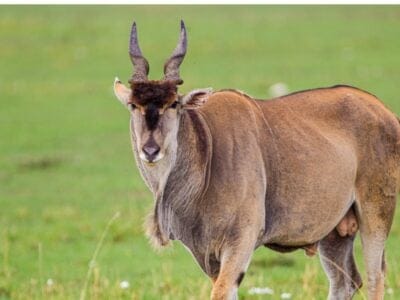
Eland
Both females and males have horns.
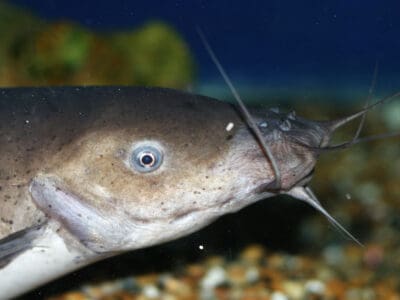
Electric Catfish
The electric catfish can discharge an electric shock up to 450 volts
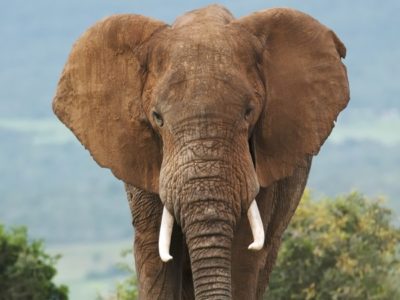
Elephant
Spends around 22 hours a day eating!
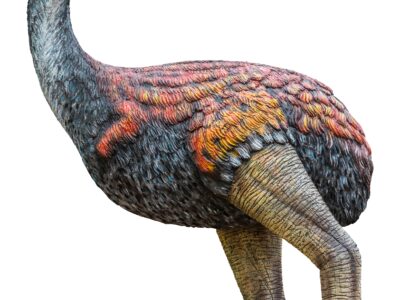
Elephant Bird
Vorombe titan, a type of elephant bird, is the largest bird that ever lived
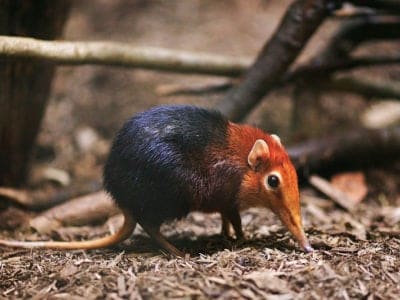
Elephant Shrew
Found exclusively on the African continent!
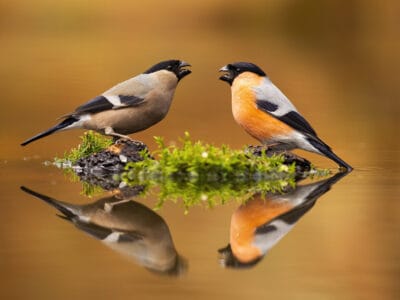
Eurasian Bullfinch
The shy eurasian bullfinch prefers to forage very close to cover.
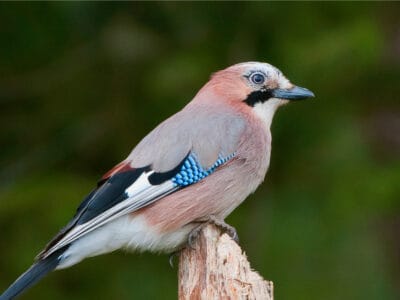
Eurasian Jay
The Eurasian jay has the ability to mimic other sounds
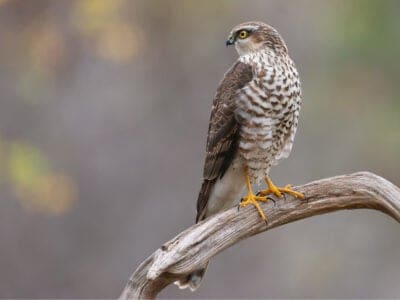
Eurasian Sparrowhawk
Females are typically 25% larger than males.

European Bee-Eater
They can eat up to 250 bees per day!
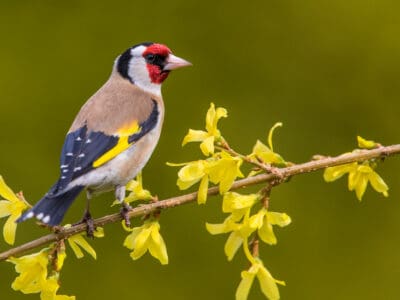
European Goldfinch
They are frequent visitors to backyard feeders, especially those containing niger seeds.
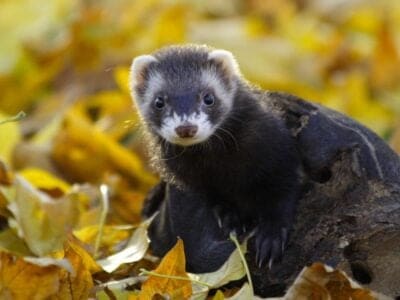
European Polecat
Its fur changes color in the winter!
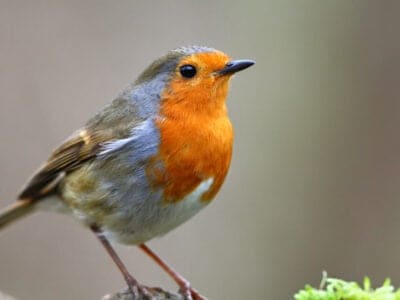
European Robin
Male robins are so aggressive and territorial that they will attack their own reflections.
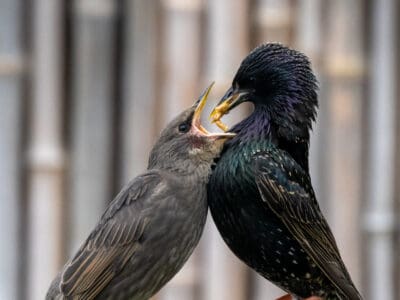
European Starling
European starlings are accomplished mimics, often copying songs or sounds of other birds and animals (frog calls, goats, cats), or even mechanical sounds and human speech!
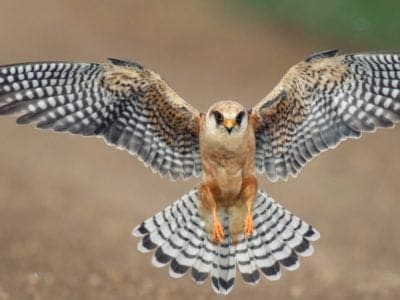
Falcon
The fastest creatures on the planet!
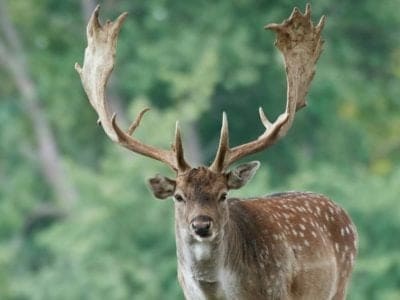
Fallow deer
The fallow deer has more variation in its coat colors than most other deer.
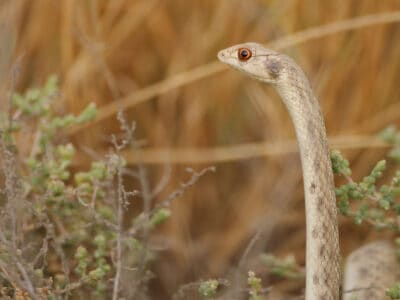
False Cobra
When it feels threatened, it mimics a cobra in an attempt to dissuade a potential attacker.
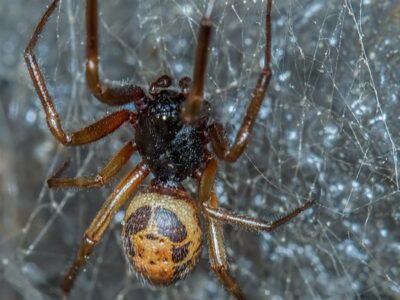
False Widow Spider
False spiders actually prey on black widow spiders and other hazardous spiders
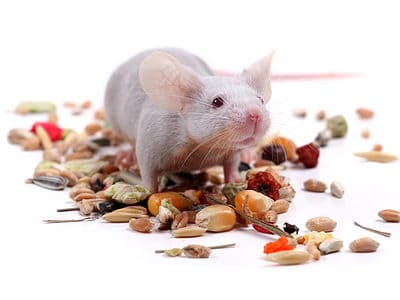
Fancy Mouse
Fancy mice are beloved pets with a history of domestication spanning thousands of years!
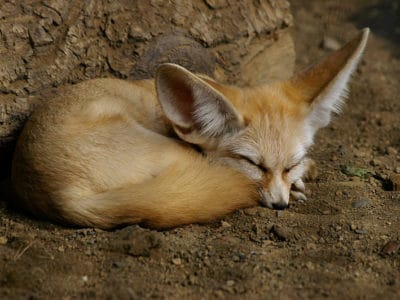
Fennec Fox
Found in the African Sahara Desert!
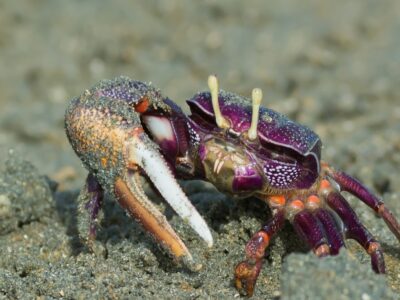
Fiddler Crab
The fiddler crab gets its name from the motion the males make with their over-sized claw during the mating ritual.
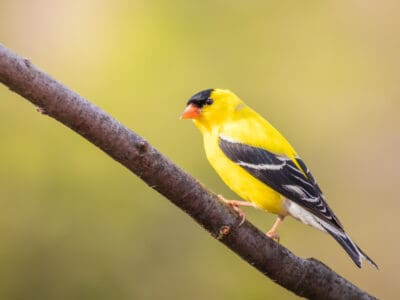
Finch
Finches have strong, conical bills that help them break open tough seeds that many other birds cannot.
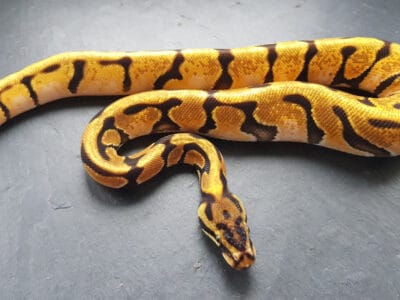
Fire Ball Python
The fire ball python morph is known for its rich golden and reddish-brown coloration.
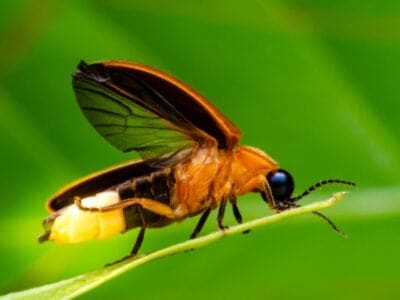
Firefly
The firefly produces some of the most efficient light in the world
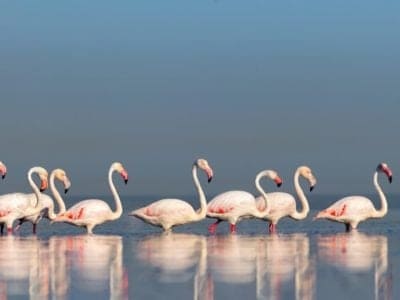
Flamingo
Sleeps on just one leg!
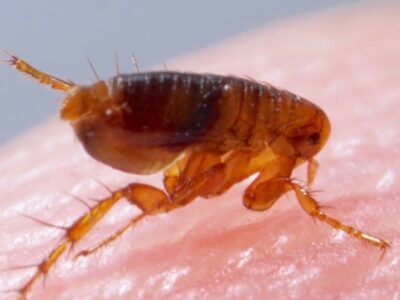
Flea
Adult fleas can jump up to 7 inches in the air
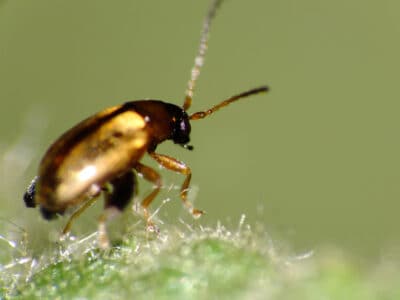
Flea Beetle
Flea beetles can jump like fleas when threatened.
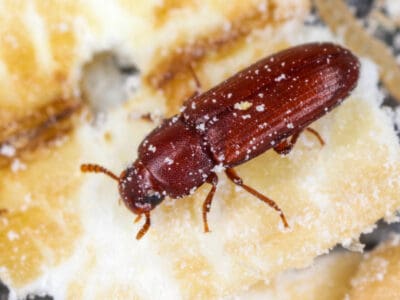
Flour Beetle
Flour beetles are adapted to survive in very dry environments.
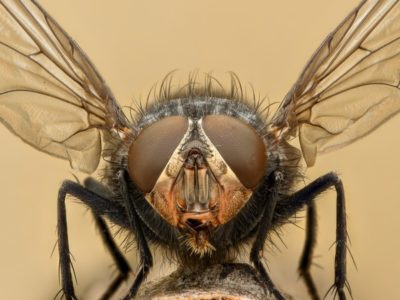
Fly
There are more than 240,000 different species!
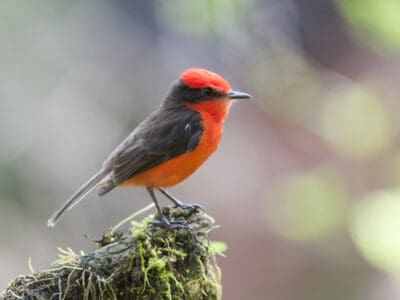
Flycatcher
Most of the hundreds of varieties of flycatchers belong to the Tyrannidae and Muscicapidae families!
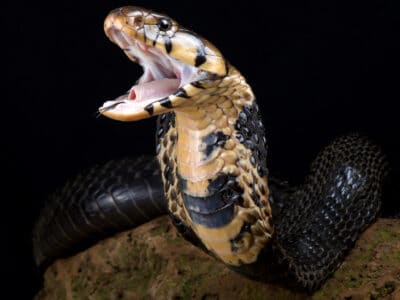
Forest Cobra
There are three different color morphs, which entirely depend on the region that they live in.

Fossa
Most closely related to the Mongoose!
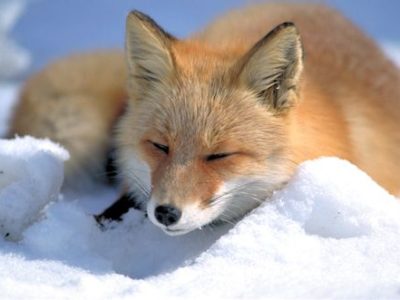
Fox
Only 12 species are considered "true foxes"
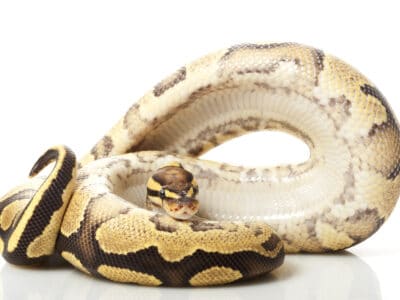
Freeway Ball Python
Freeway ball pythons come from breeding yellow belly and asphalt ball pythons.
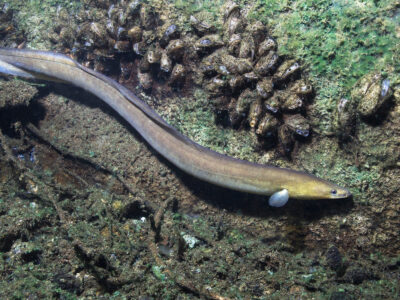
Freshwater Eel
Freshwater eels are actually catadromous, meaning they migrate to saltwater to spawn
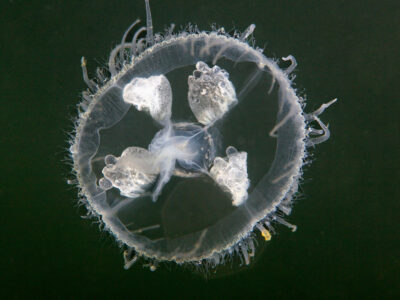
Freshwater Jellyfish
The freshwater jellyfish is native to China but is now found all over the world
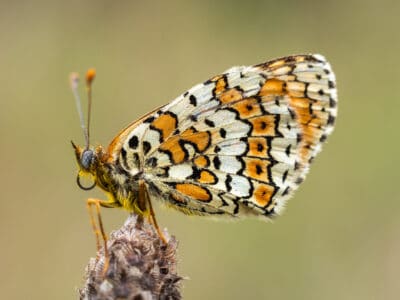
Fritillary Butterfly
Some emit noxious defense chemicals
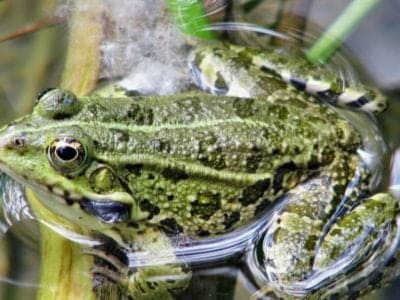
Frog
There are around 7,000 different species!
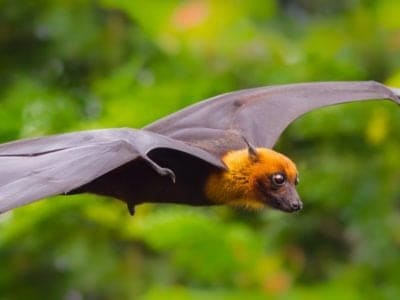
Fruit Bat
Among the largest bats in the world
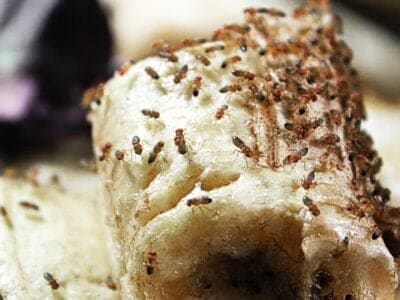
Fruit Fly
Fruit flies are among the most common research animals in the world
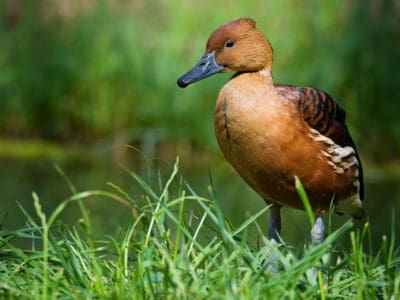
Fulvous Whistling Duck
They build a ramp from their nest, which leads to a nearby water source
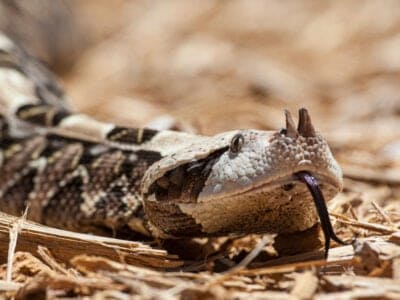
Gaboon Viper
Gaboon vipers are the largest vipers in Africa.
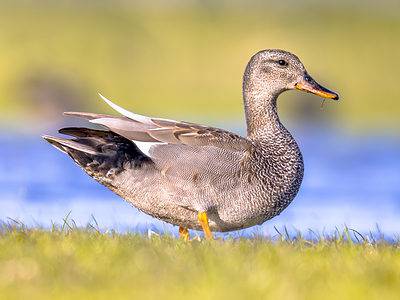
Gadwall
They make many sounds when trying to attract a mate.
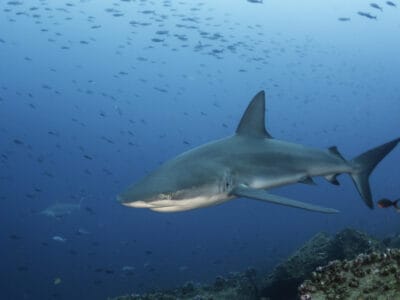
Galapagos Shark
Galapagos sharks are cannibalistic and sometimes eat their young, so the pups stay away from the adults in shallow water.
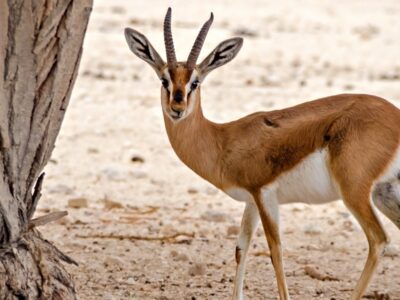
Gazelle
Named for the Arabic word for love poems
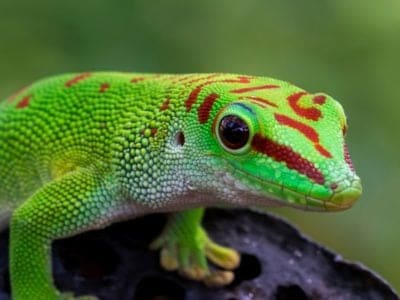
Gecko
There are thought to be over 2,000 species!
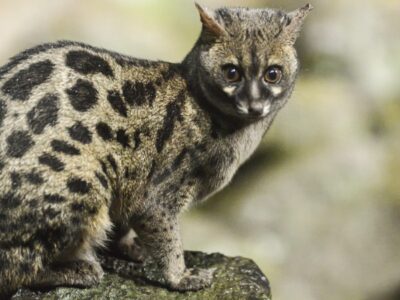
Genet
The Genet has retractable claws like a cat
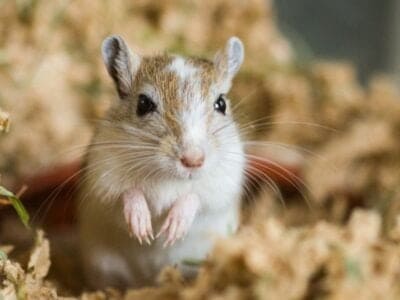
Gerbil
Originally known as the Desert Rat!
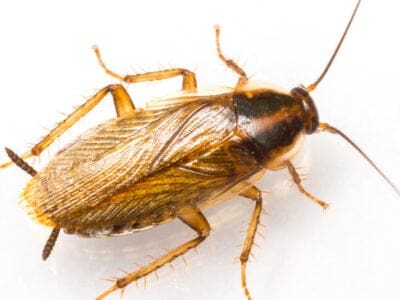
German Cockroach
The most common type of urban roach
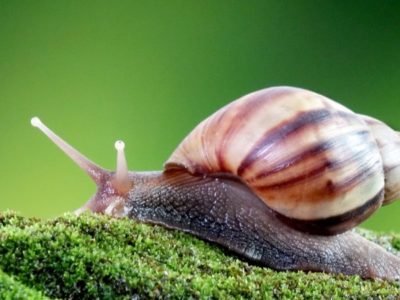
Giant African Land Snail
The biggest snail species on land!
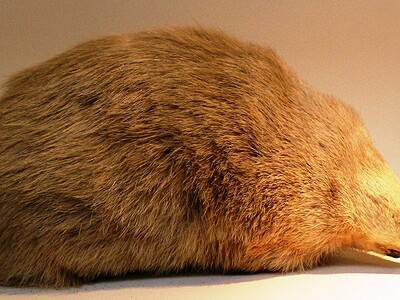
Giant Golden Mole
The giant golden mole is able to sense vibrations through the earth because of the giant bone structure in its inner ear that works in conjunction with a bony plate which surrounds the skull.
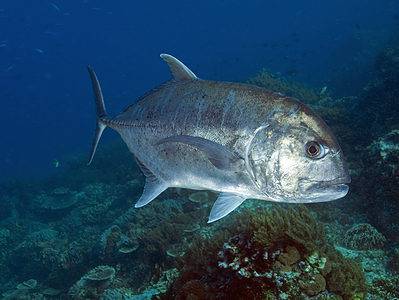
Giant Trevally
The largest fish in its genus
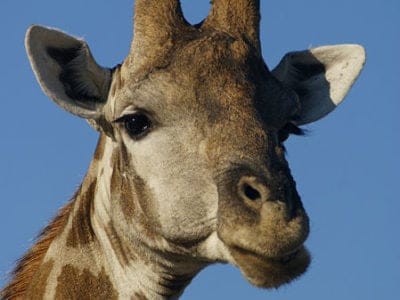
Giraffe
Long, black tongue can grow to 18 inches long!
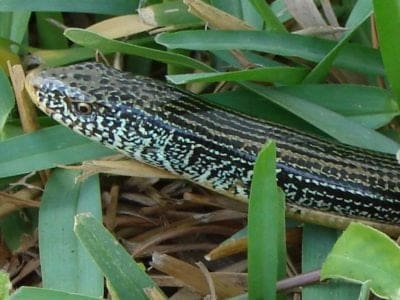
Glass Lizard
Can grow up to 4ft long!
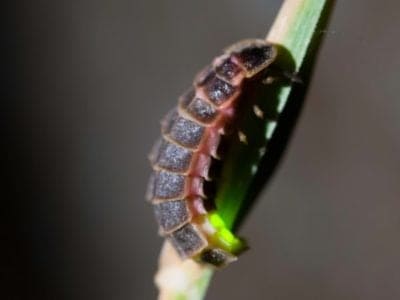
Glowworm
Found inhabiting dense woodland and caves!
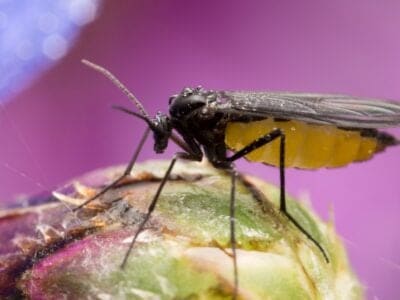
Gnat
Males form large mating swarms at dusk
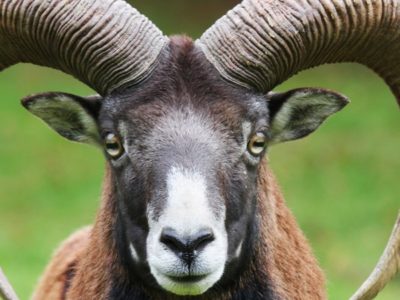
Goat
Most closely related to the Sheep!
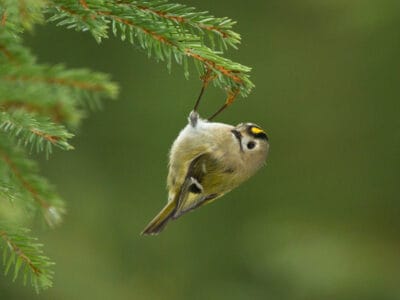
Goldcrest
The goldcrest never starts moving and needs to consume for most of the day to survive. Therefore, in the colder months, it's best that eat 90% a day.
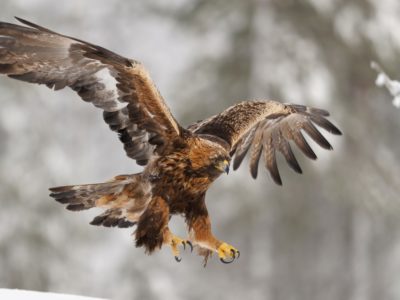
Golden Eagle
Their calls sound like high-pitched screams, but they are quiet most of the time.
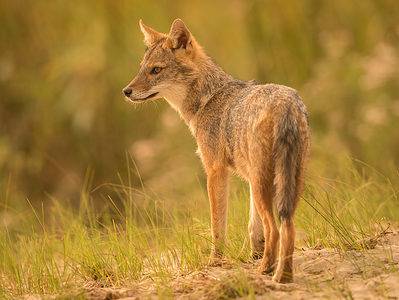
Golden Jackal
roaming and adaptable candids

Golden Mole
The golden mole is so named because of its iridescent coat, which gives it a shining, rainbow-like effect.
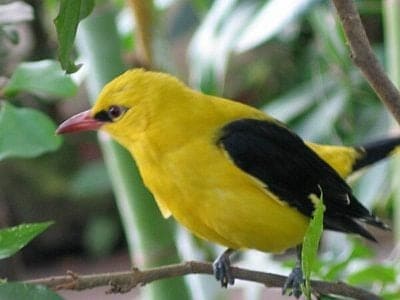
Golden Oriole
Migrates between Europe and Asia!
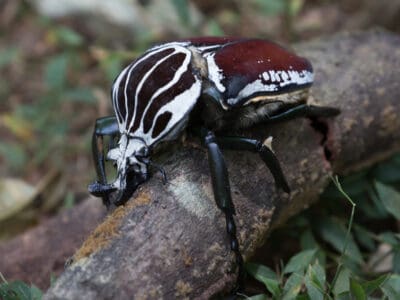
Goliath Beetle
Goliath beetles are the largest beetles in the world, and they can carry objects several times their weight.
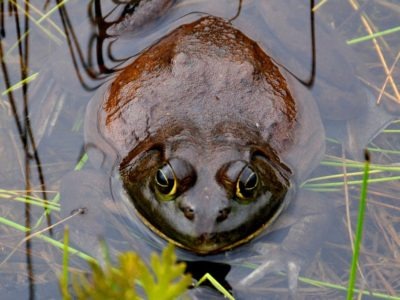
Goliath Frog
Does not have a vocal sac.
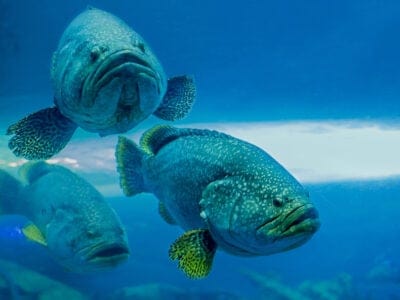
Goliath Grouper
Massive reef fish with a strong tail
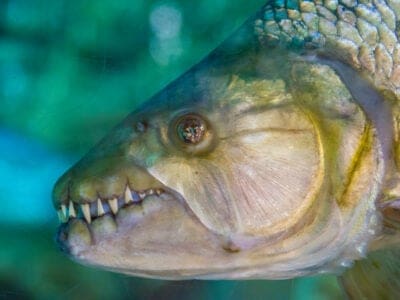
Goliath Tigerfish
Featured in "River Monsters" TV series!
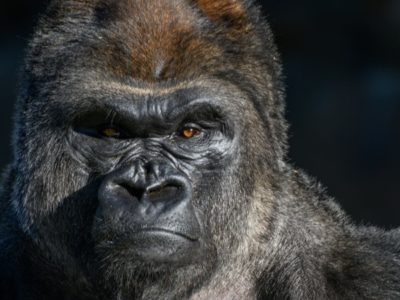
Gorilla
The biggest of the world's primates!
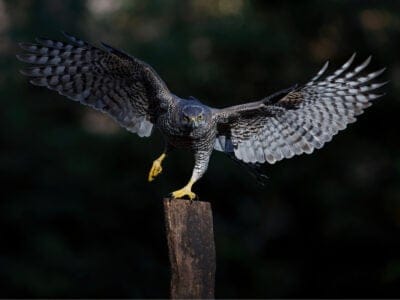
Goshawk
The goshawk is a popular choice among European falconers
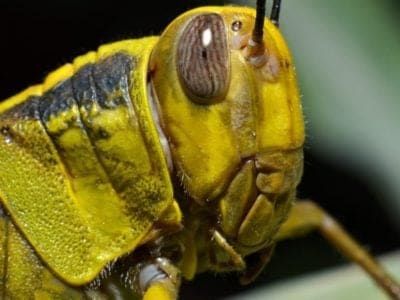
Grasshopper
There are 11,000 known species!
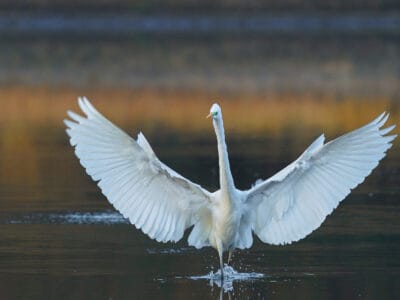
Great Egret
The male egret performs an elaborate courtship display to attract a mate
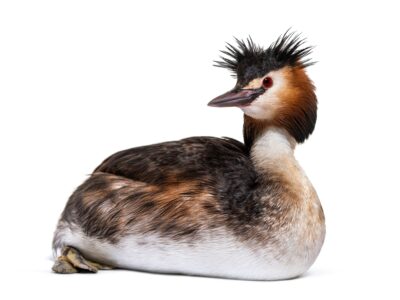
Grebe
They swim like frogs
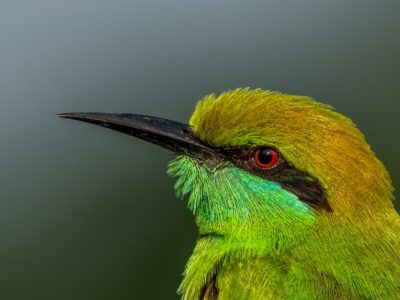
Green Bee-Eater
Mainly eats honeybees!
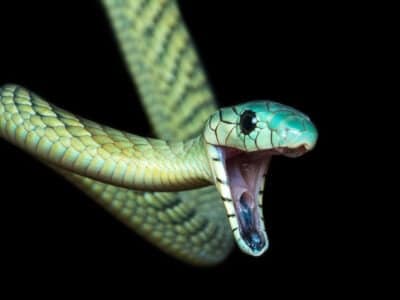
Green Mamba
Green mambas are fast, and can travel up to 7 miles per hour.
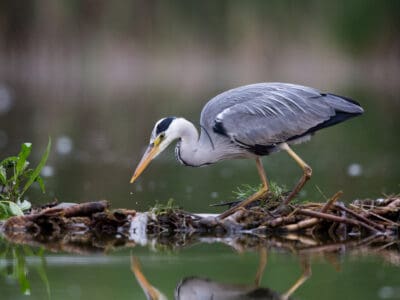
Grey Heron
Male grey herons are picky about their mates. They'll reject a female that they don't fancy.
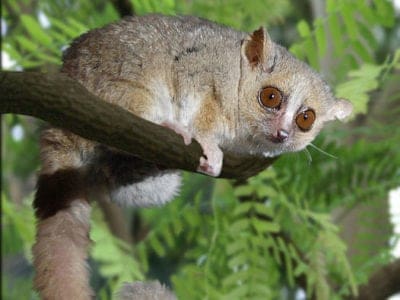
Grey Mouse Lemur
The largest species of mouse lemur!
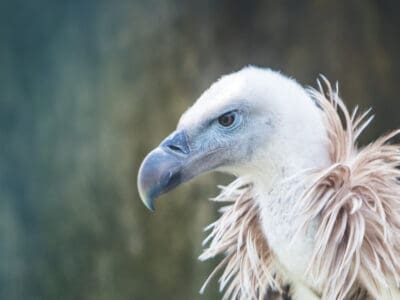
Griffon Vulture
Can spot a dead animal from thousands of feet away
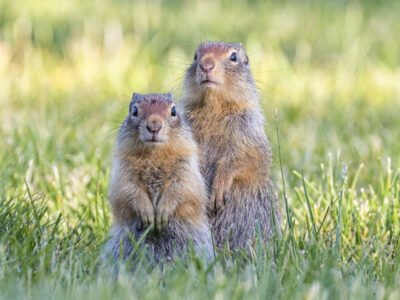
Ground Squirrel
Ground squirrels are adept excavators and can dig colonial burrows larger than football fields!
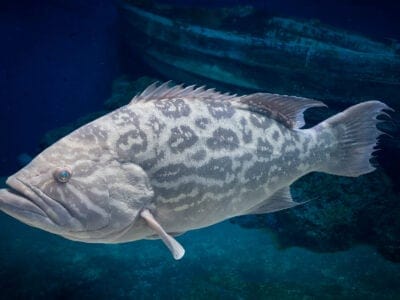
Grouper
Many grouper can change their sex, and it is always from female to male.
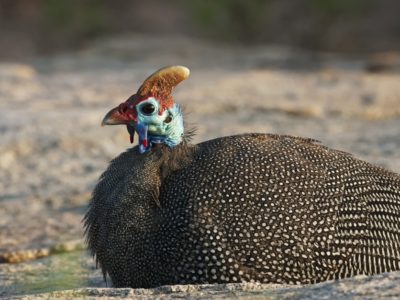
Guinea Fowl
Found in a vairety of African habitats!
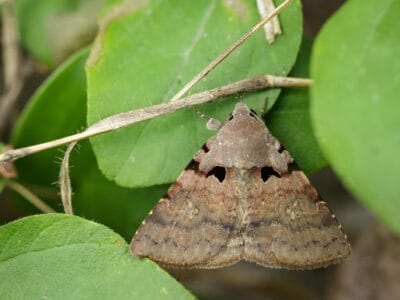
Gypsy Moth
One of the most invasive species in the world
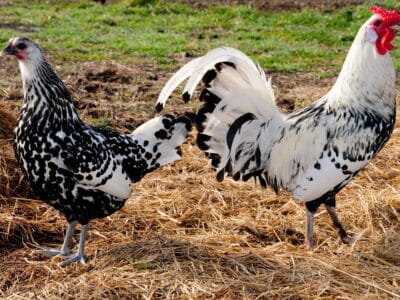
Hamburg Chicken
This breed doesn't usually make nests or incubate their own chicks.
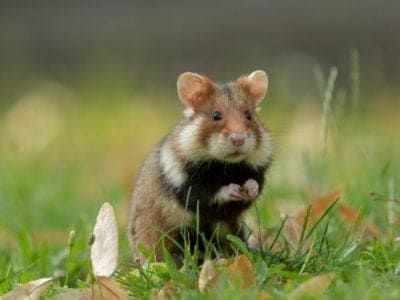
Hamster
Able to run as quickly backwards as forwards!
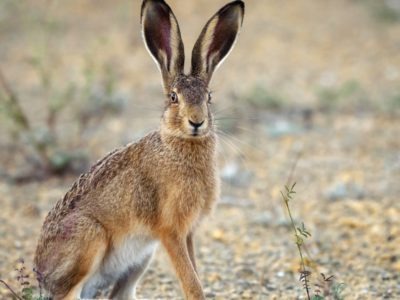
Hare
Can reach speeds of over 50 mph!
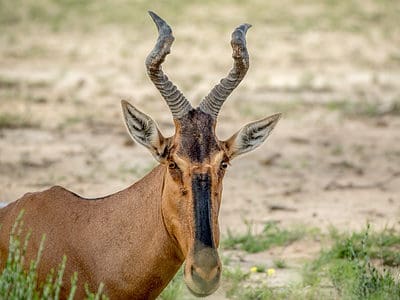
Hartebeest
Unlike other animals that move towards the water source, hartebeests move to more arid locations after rainfall.
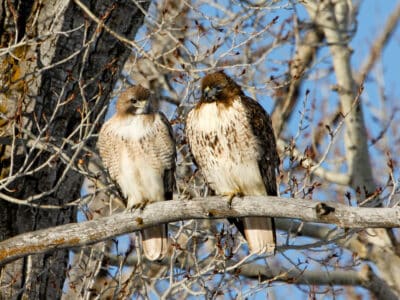
Hawk
While the Ferruginous hawk is the largest specie in the USA, Asia’s Upland buzzard is the biggest overall.
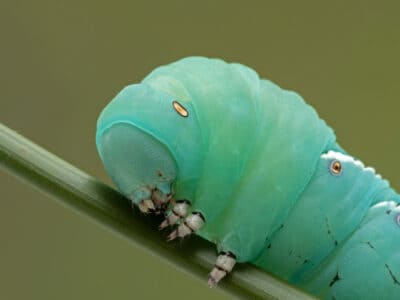
Hawk Moth Caterpillar
Many hawk moth caterpillars eat toxins from plants, but don’t sequester them the way milkweed butterflies do. Most toxins are excreted.
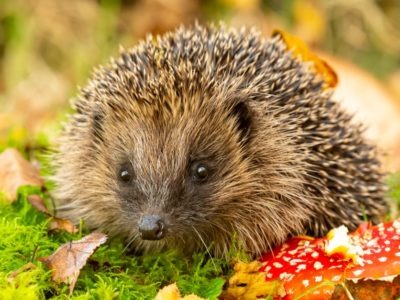
Hedgehog
Thought to be one of the oldest mammals on Earth!
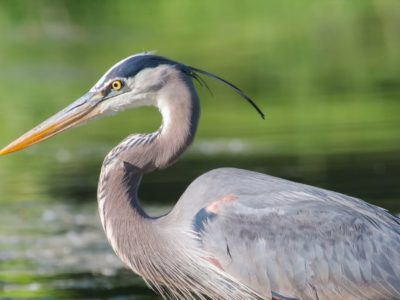
Heron
Inhabits wetlands around the world!
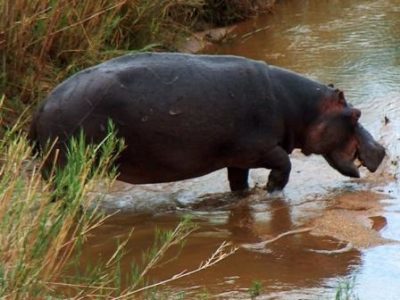
Hippopotamus
Has pink anti-bacterial sweat!
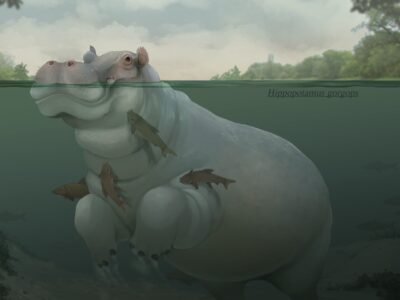
Hippopotamus gorgops
The eyes of Hippopotamus gorgops were positioned on eyestalks which allowed it to see above the water surface when submerged.
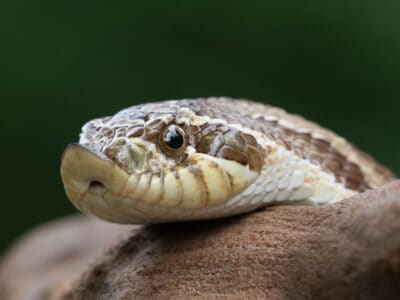
Hognose snake
Prima Donnas of the Snake World
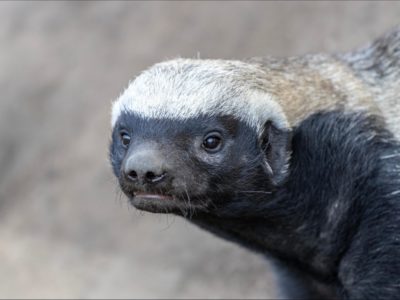
Honey Badger
One of earth's bravest creatures!
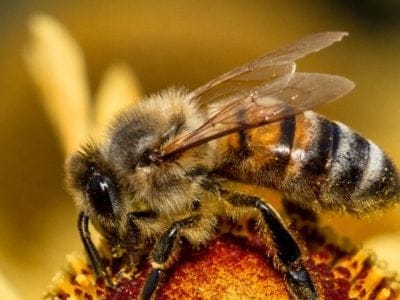
Honey Bee
There are only 8 recognized species!
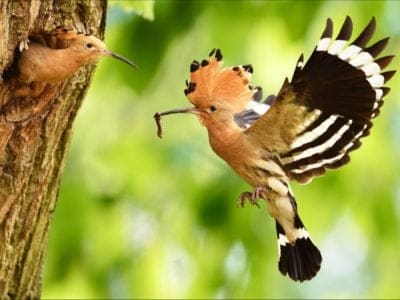
Hoopoe
Stunning bird with a stinky way to deter predators!
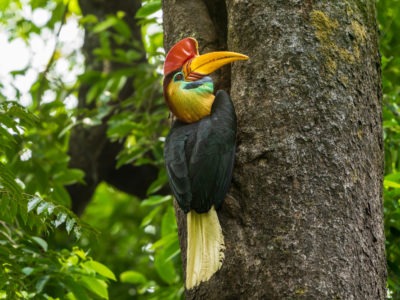
Hornbill
The bird has a massive horn on its bill!
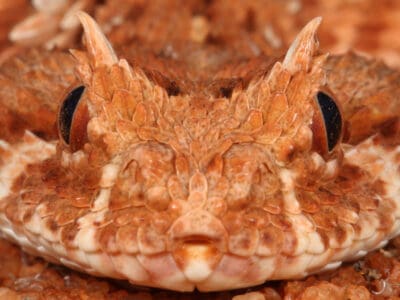
Horned Adder
Males tend to be more brightly colored than females, and females are significantly bigger than males.
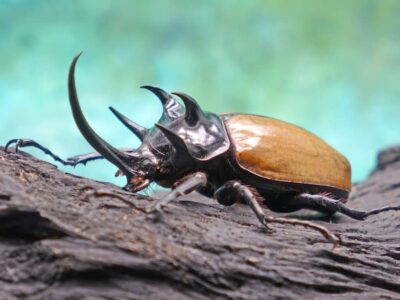
Horned Beetle
These beetles are herbivores but have an intimidating appearance because of the horn-like projection on their heads. However, they are entirely harmless to humans, as they don't sting or bite.
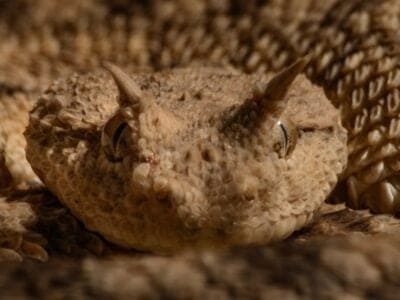
Horned Viper
Horned vipers sidewind across the desert sands of their home.
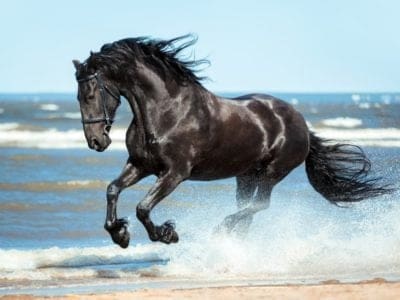
Horse
Has evolved over 50 million years!
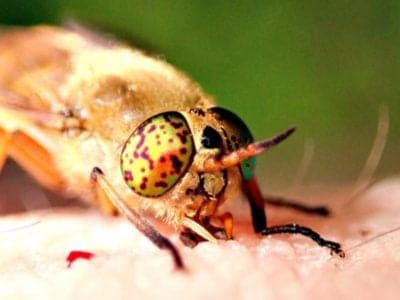
Horsefly
Horseflies have been seen performing Immelmann turns, much like fighter jets.
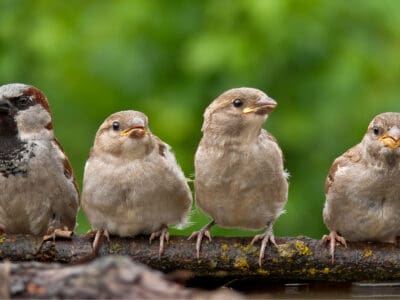
House Sparrow (English Sparrow)
The house sparrow has been introduced all over the world
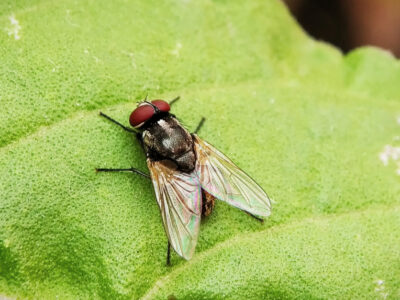
Housefly
The fly has no teeth

Human
Thought to have orignated 200,000 years ago!
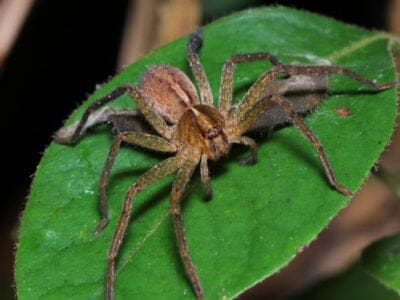
Huntsman Spider
Some huntsman spiders have an interesting way of moving around. Some cartwheel while others do handsprings or backflips.
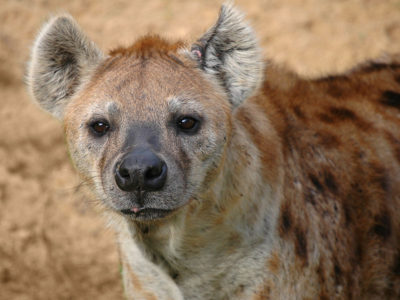
Hyena
There are four different species!
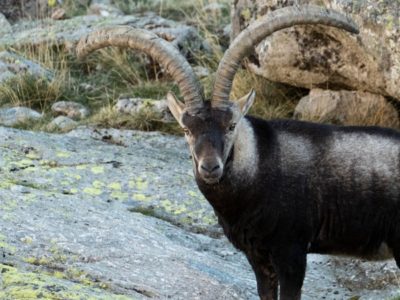
Ibex
Can jump over 6 feet straight up from a standstill
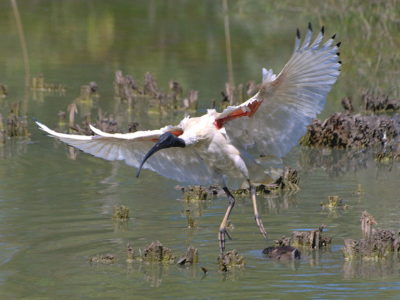
Ibis
Found in swamps, marshes and wetlands!
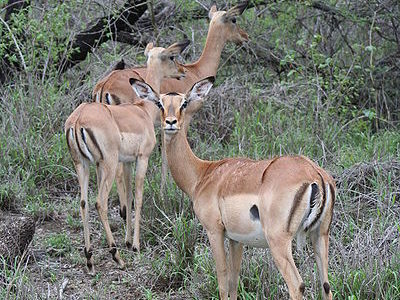
Impala
Able to jump over 10 feet high
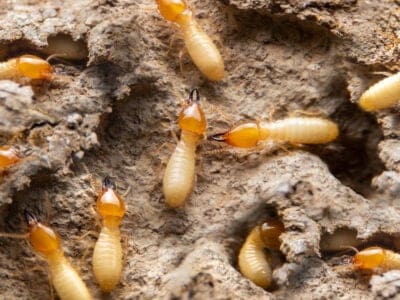
Insect
Insects go back over 350 million years, making the creatures older than man, flowering plants and dinosaurs.
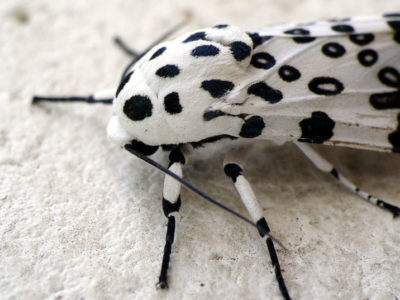
Insects
There are an estimated 30 million species!
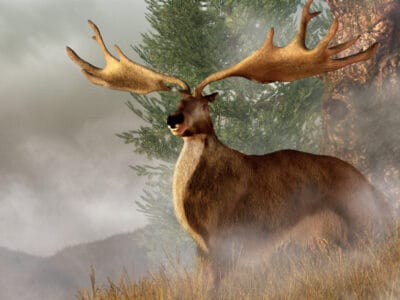
Irish Elk
The Irish elk had the biggest antlers of any known deer species.
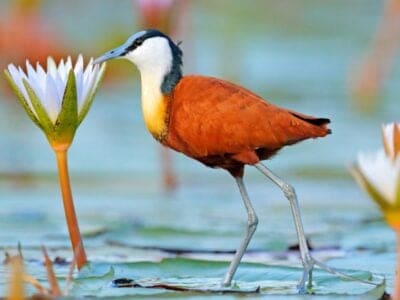
Jacana
The jacana has the ability to swim underwater
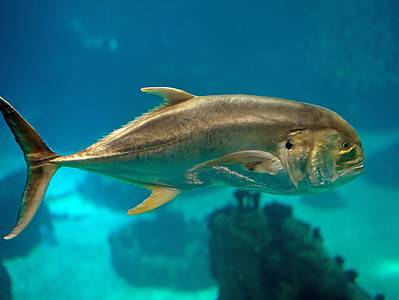
Jack Crevalle
One of the biggest species in the Caranx genus
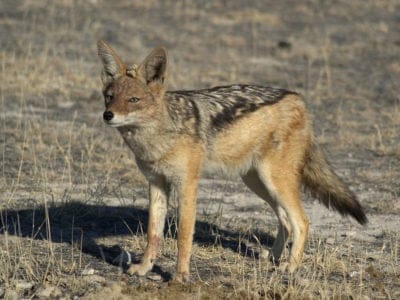
Jackal
Can maintain speeds of 16 km/h!
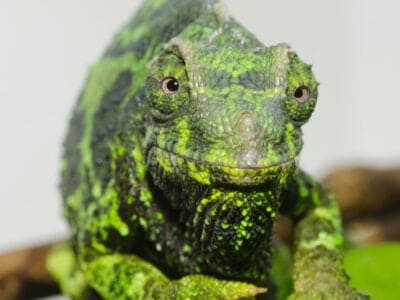
Jackson’s Chameleon
Have jousting battles with their horns.
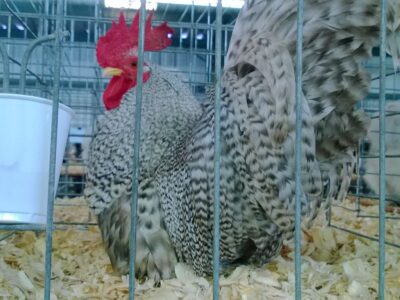
Japanese Bantam Chicken
Japanese bantam chickens are the best flying chicken species
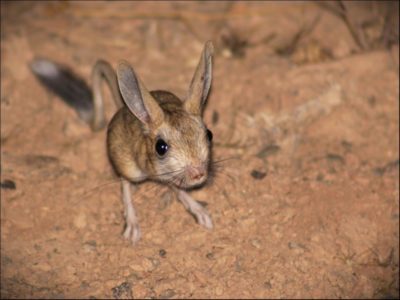
Jerboa
Tiny rodent with a kangaroo-like jump!
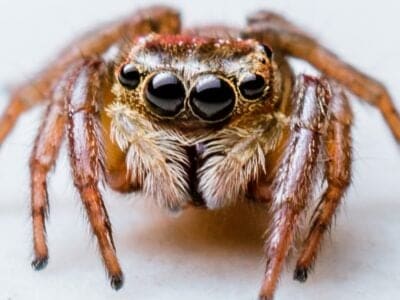
Jumping Spider
Some can jump 50 times the length of their bodies
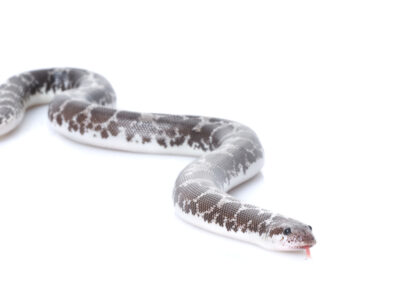
Kenyan Sand Boa
A popular pet snake that comes in dozens of morphs!
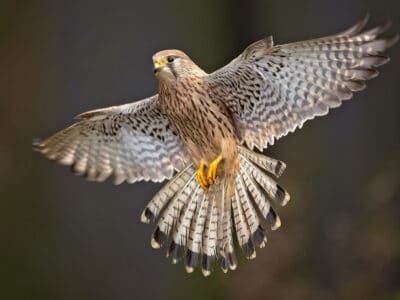
Kestrel
Can hang suspended on wind currents
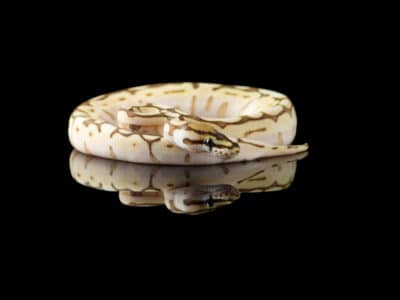
Killer Clown Ball Python
Killer clown ball pythons can cost several thousand dollars.
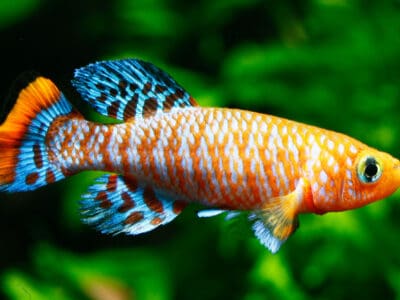
Killifish
Killifish are highly sought after for their peaceful nature and ability to adapt to most aquarium communities.
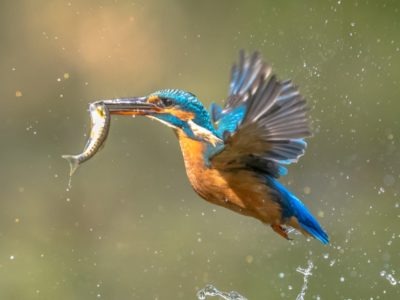
Kingfisher
Inhabits wetlands and woodlands worldwide!
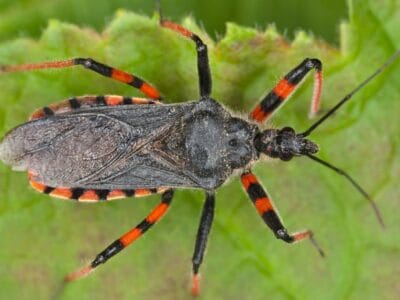
Kissing Bugs
Kissing bugs derive their name from the location they prefer to bite, which is usually close to the lips of the host
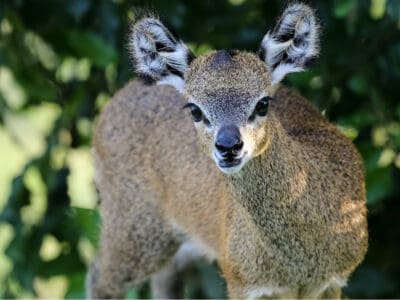
Klipspringer
Klipspringers can jump as high as 10-12ft!
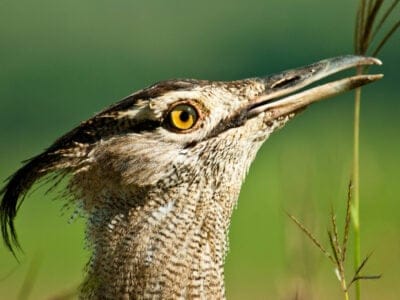
Kori Bustard
It's easily identified by its crest, large size, and wingspan
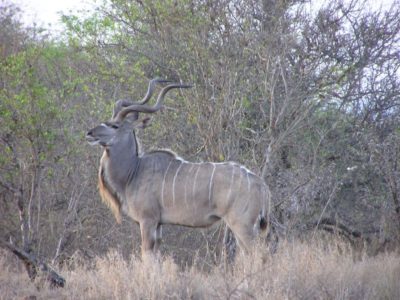
Kudu
Lives in herds of up to 24 individuals!
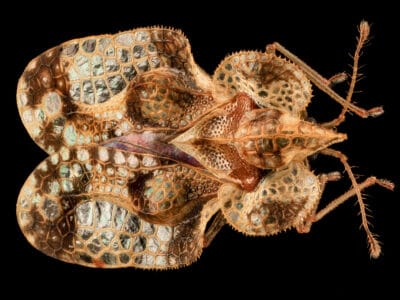
Lace Bug
May bite when threatened
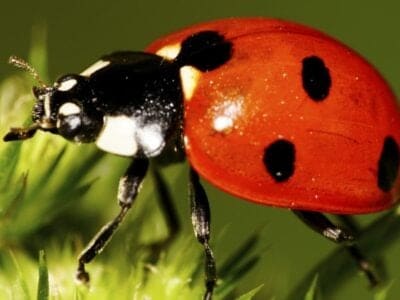
Ladybug
There are more than 5,000 species worldwide!
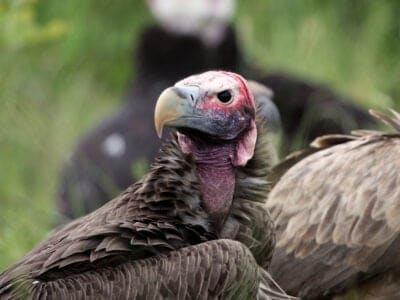
Lappet-faced Vulture
Lappet-faced vultures are tidy and wash their heads in a body of water after they’ve eaten
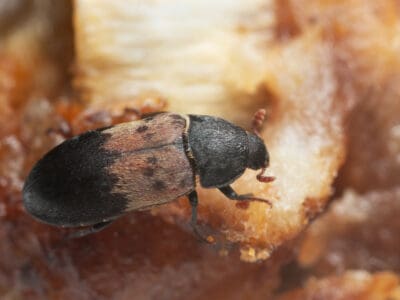
Larder Beetle
Larder beetles were named based on their attraction to food storage rooms or cupboards, but they do not feed on stored food products.
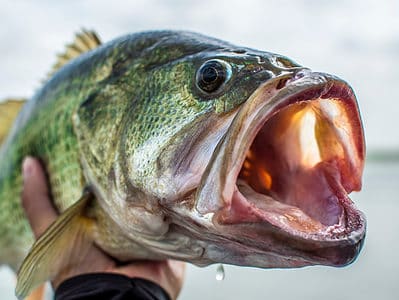
Largemouth Bass
Georgia, Mississippi, Alabama, and Florida all claim the largemouth bass as the state fish or state freshwater fish.
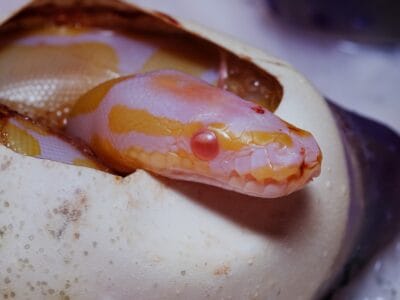
Lavender Albino Ball Python
The first two lavender albino ball pythons were wild-hatched and imported from Africa.
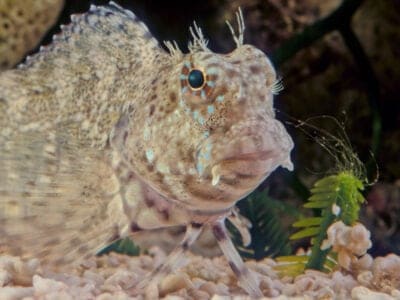
Lawnmower Blenny
Must be in temperatures of 78 degrees Fahrenheit to breed
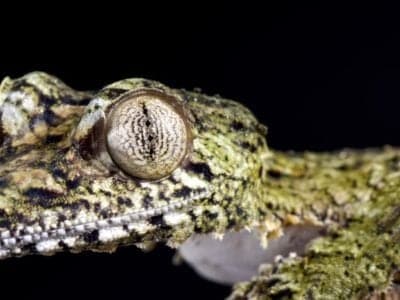
Leaf-Tailed Gecko
Only found on Madagascar!
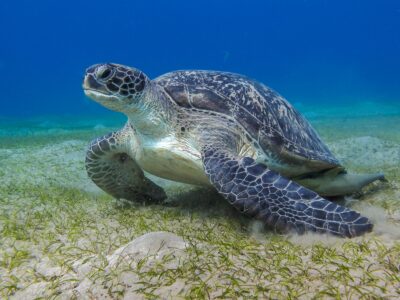
Leatherback Sea Turtle
They are the largest living turtle and the only sea turtle without a hard shell!
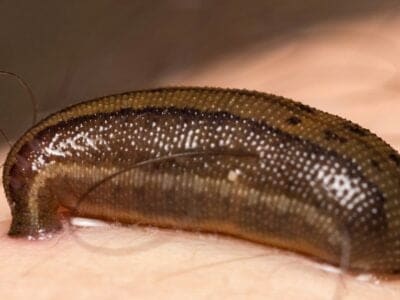
Leech
Has 10 pairs of eyes!
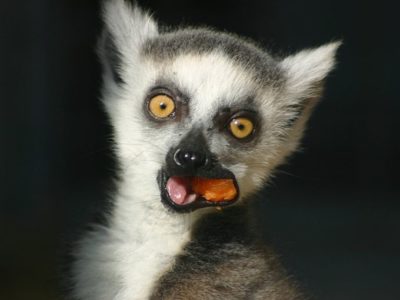
Lemur
Natively found on the island of Madagascar!
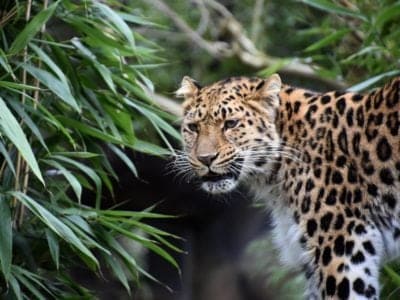
Leopard
Spends much of the time high in the trees!
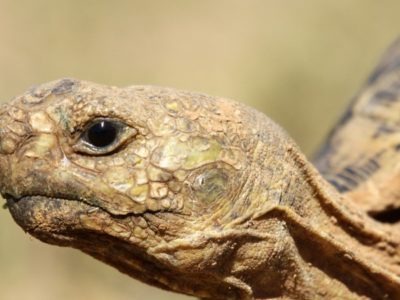
Leopard Tortoise
The most widely distributed tortoise in Africa!
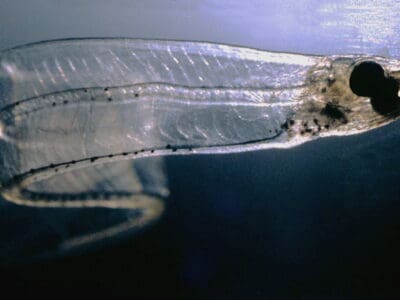
Leptocephalus
Leptocephali have flat bodies filled with jelly-like substances, surrounded by a thin layer of muscle.
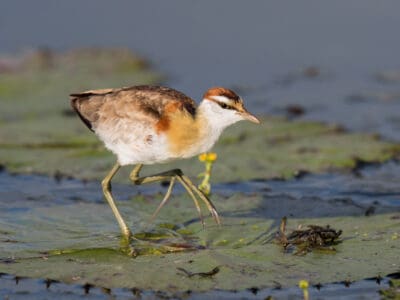
Lesser Jacana
The lesser jacana is nomadic, often moving in search of temporary wetland habitats.

Liger
The offspring of a lion and tiger parents!
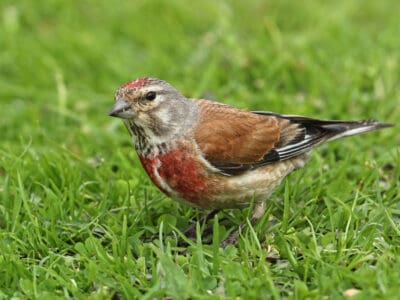
Linnet
While linnets are monogamous during mating season, they do not mate for life. While breeding pairs are together, the males are highly territorial and will defend the nesting site and the surrounding area.
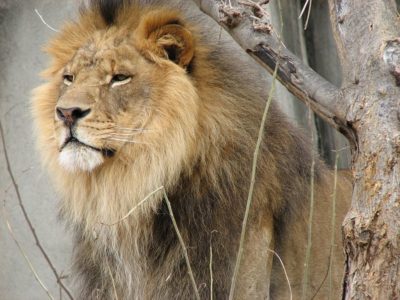
Lion
Lives in small groups called prides!
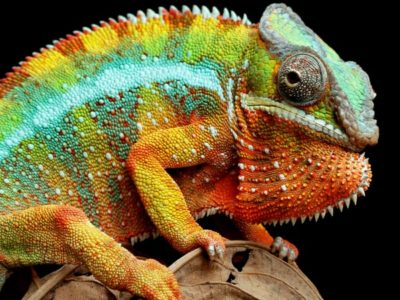
Lizard
There are around 5,000 different species!
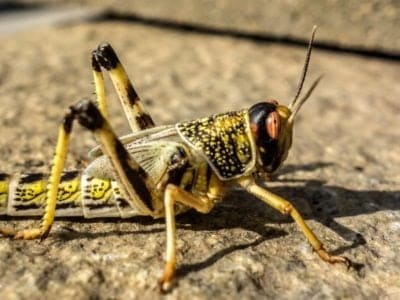
Locust
Each locust can eat its weight in plants each day.
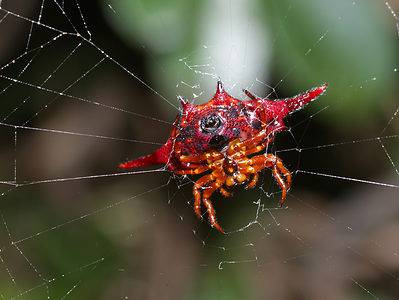
Long-Winged Kite Spider
The long-winged kite spider sets itself apart from other spiny orb-weavers by its elongated spiked protrusions from its sides, giving it the appearance of a pointed kite (its namesake).
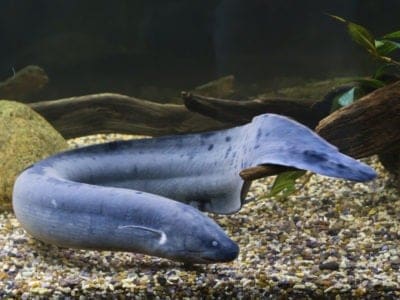
Lungfish
The lungfish first evolved almost 400 million years ago.
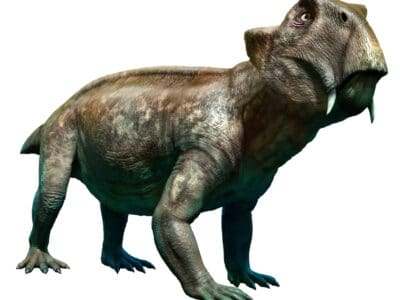
Lystrosaurus
Lystrosaurus was one of the few terrestial species that survived the permian extinction

Macaque
Macaque females will pass on their social rankings to their daughters
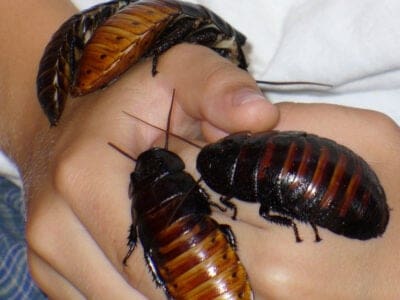
Madagascar Hissing Cockroach
One of the largest types of cockroach
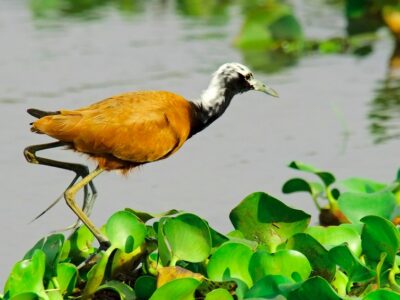
Madagascar Jacana
The Madagascar jacana is endangered due to habitat loss and illegal hunting.
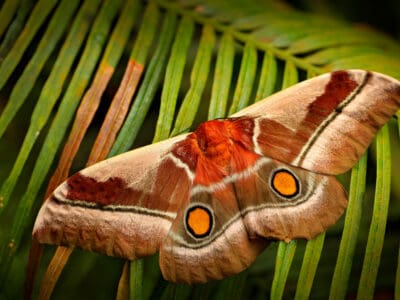
Madora Moth
Mopane worms (larva) only live for 3 - 4 days after evolving into an adult (madora), during which they mate and lay eggss
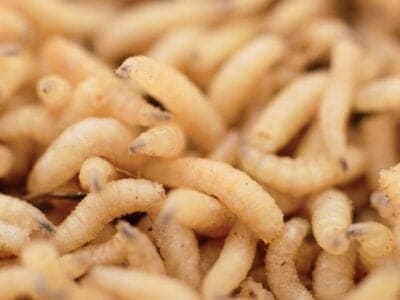
Maggot
Will only live in wet areas
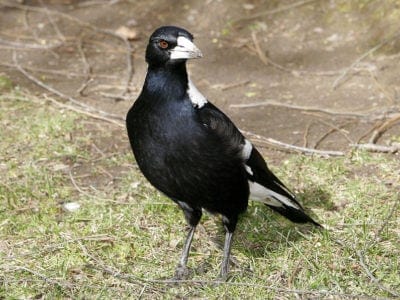
Magpie
They are found across Europe, Asia and Africa!
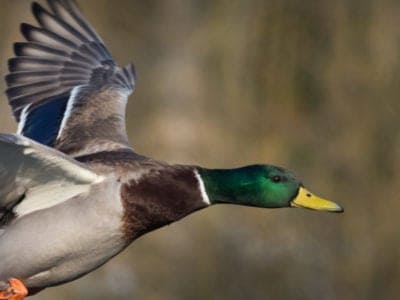
Mallard
With an appropriate tail wind, the mallard can travel hundreds of miles a day

Mamba
The black mamba is land-dwelling while the other three mamba species are tree-dwelling.
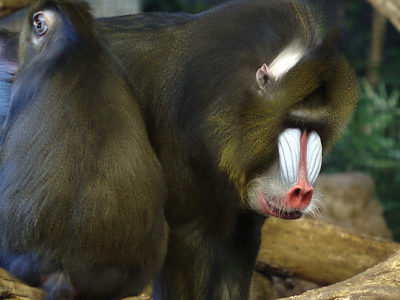
Mandrill
Distinctively coloured noses and rumps!
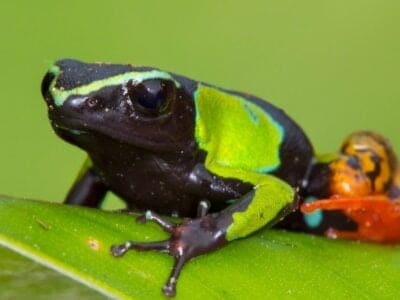
Mantella Frog
Some of the smallest and most brightly colored frogs in the world
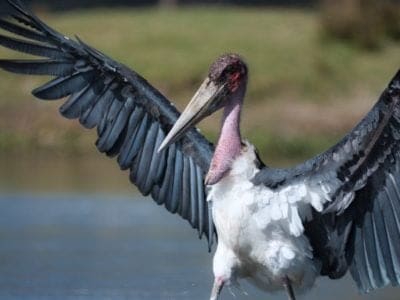
Marabou Stork
The marabou stork does not have a voice box.

Masiakasaurus
Masiakasaurus had dentition adapted to catching fast-moving prey.
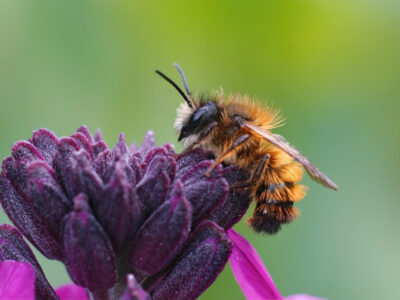
Mason Bee
N/A
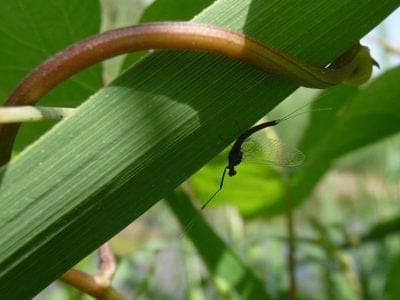
Mayfly
There are 2,500 known species worldwide!
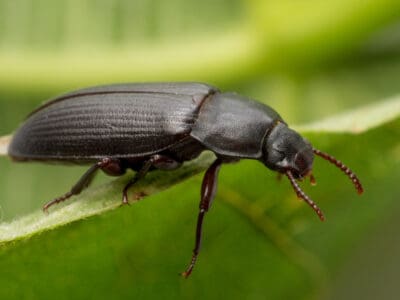
Mealworm Beetle
In 1968, the mealworm beetle traveled to space and circled the moon on the Soviet mission Zond 5.
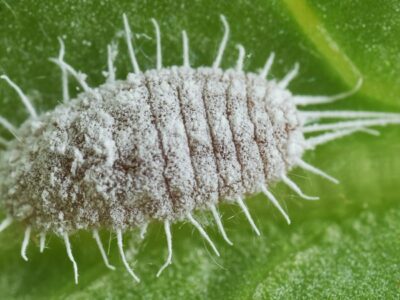
Mealybug
They have a symbiotic relationship with ants.
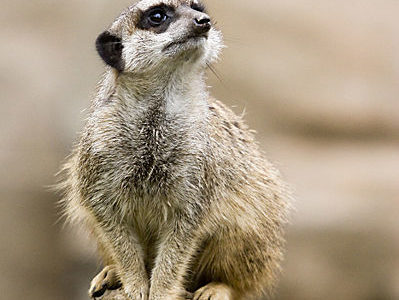
Meerkat
One will stand on guard to watch for predators!
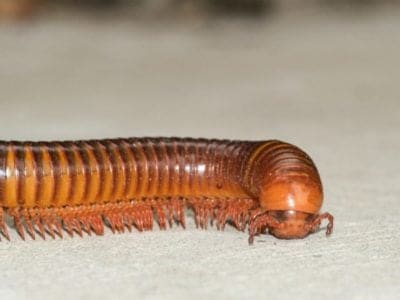
Millipede
Some species have a poisonous bite!
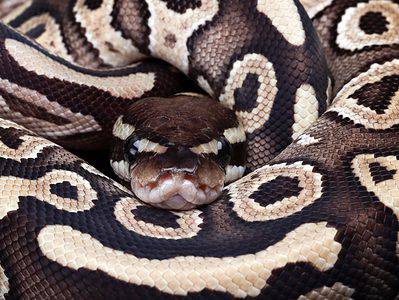
Mojave Ball Python
Instead of the typically banded or ‘alien head’ patterning of most ball python morphs, the Mojave morph’s patterning is characterized by lots of large, circular splotches with small, dark brown dots in their centers.
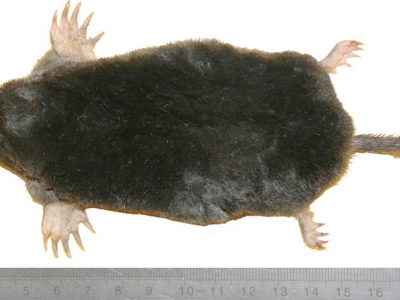
Mole
Primarily hunts and feeds on Earthworms!
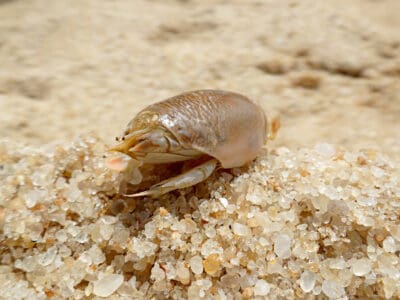
Mole Crab (Sand Flea)
They eat jellyfish tentacles
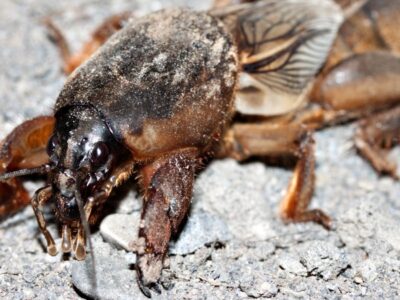
Mole Cricket
Adult Mole crickets may fly as far as 5 miles during mating season and are active most of the year.
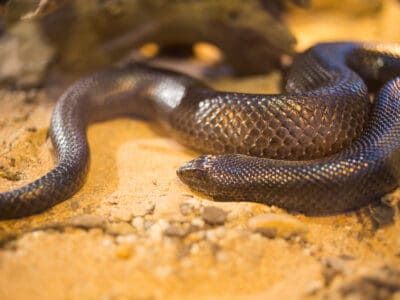
Mole Snake
“The mole snake can reach a length of 6.8 feet”
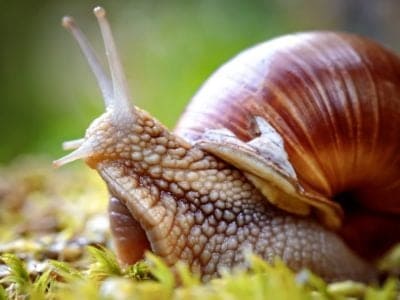
Mollusk
Most molluscs have more than one heart
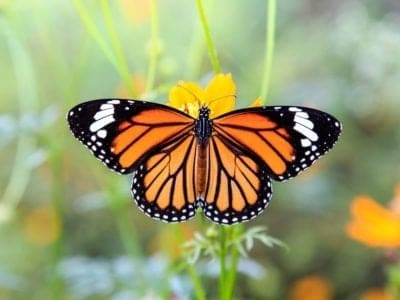
Monarch Butterfly
During migration, Monarch Butterflies may travel 250 or more miles each day.
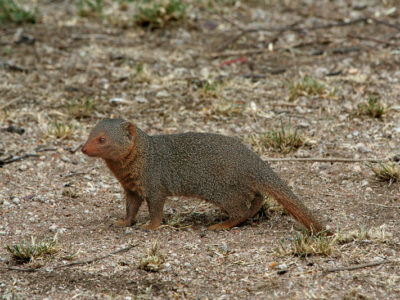
Mongoose
Range in size from just 1 to 3 foot!

Mongrel
Has characteristics of two or more breeds!
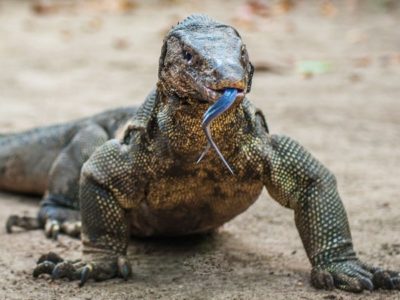
Monitor Lizard
Some species are thought to carry a weak venom!
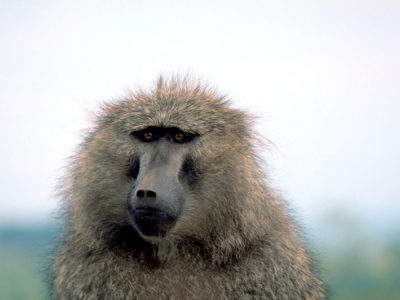
Monkey
There are around 260 known species!
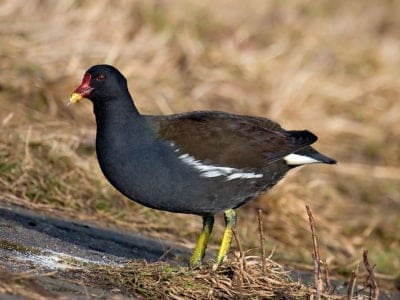
Moorhen
Feeds on aquatic insects and water-spiders!

Mosasaurus
The Mosasaurus was much longer than the fearsome Tyrannosaur rex.
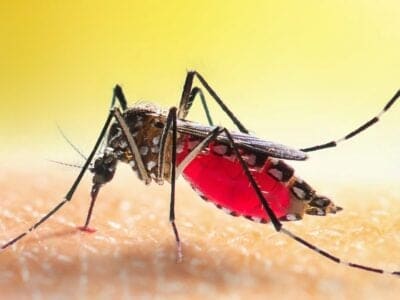
Mosquito
Only the female mosquito actually sucks blood
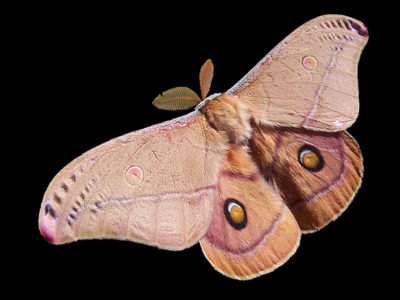
Moth
There are 250,000 different species!
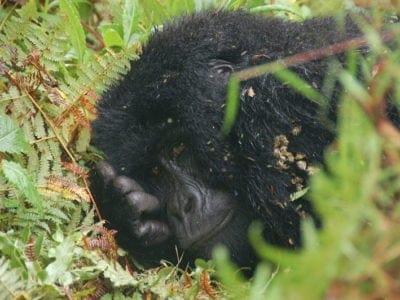
Mountain Gorilla
Isolated populations found in the mountains!
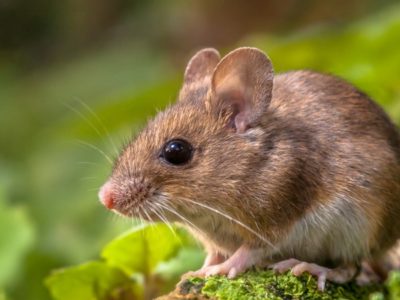
Mouse
Found on every continent on Earth!
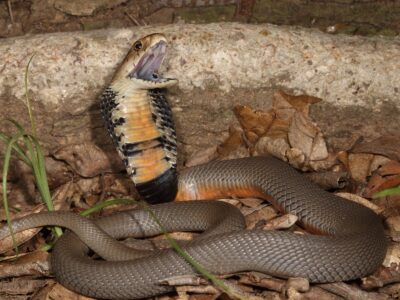
Mozambique Spitting Cobra
Mozambique Spitting Cobra is one of Africa's most dangerous snakes.
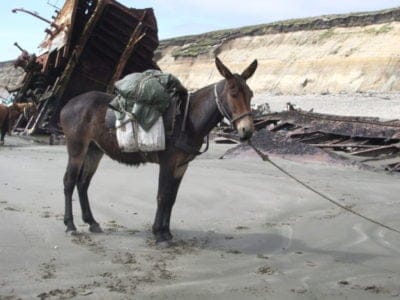
Mule
The offspring of a horse and donkey parents!
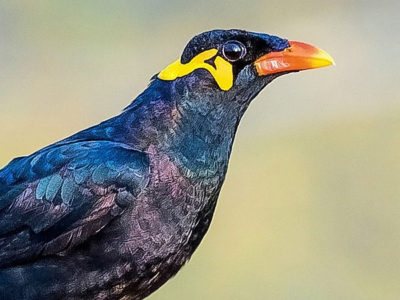
Myna Bird
Many people believe the hill myna bird is better at mimicking humans than a parrot!

Naegleria
Causes primary amoebic meningoencephalitis
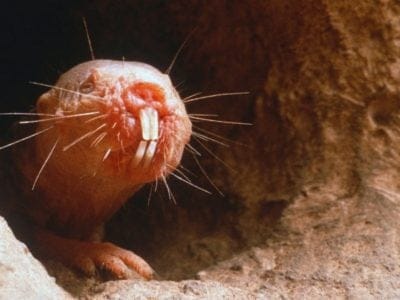
Naked Mole Rat
Naked mole rats don’t get cancer
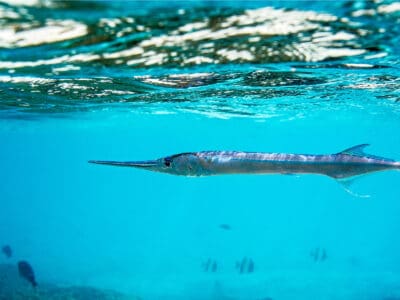
Needlefish
no stomach to digest food
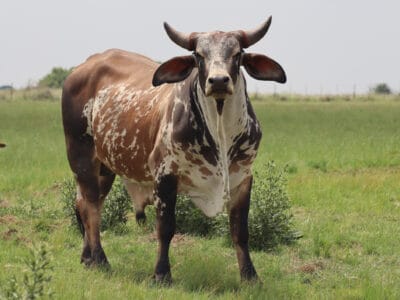
Nguni Cattle
Nguni cattle are the most profitable breed for beef farmers.
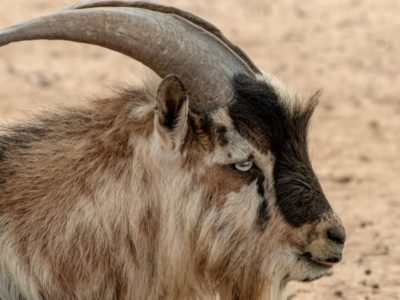
Nigerian Goat
Produces a lot of milk for its small size
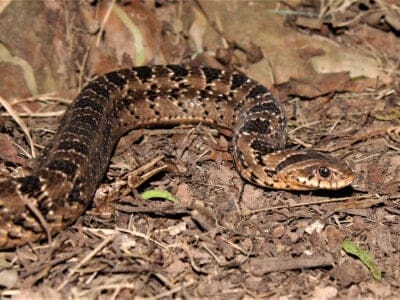
Night Adder
Night adders are small, slender snakes that, despite the name, are actually most active during the day.
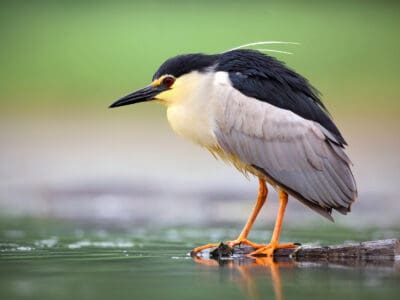
Night Heron
When they feel threatened juvenile night herons vomit their stomach contents.
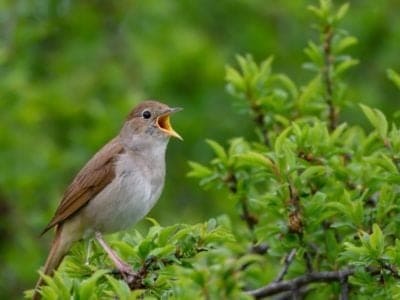
Nightingale
Named more than 1,000 years ago!
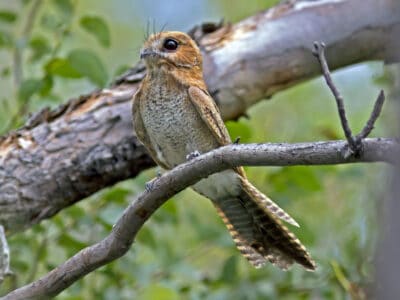
Nightjar
There are 97 nightjar species across 20 genera!
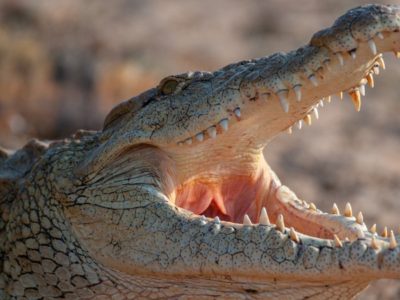
Nile Crocodile
Unlike other reptiles, the male Nile crocodile will stay with a female to guard their nest of eggs.
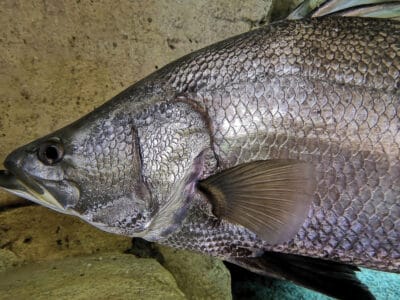
Nile Perch
Nile perch will sometimes eat those within its own species
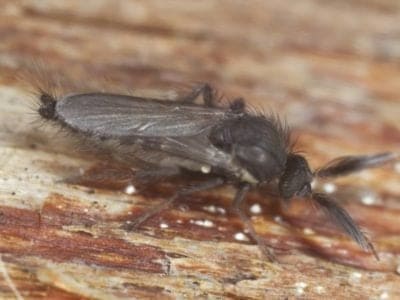
No See Ums
There are more than 5,000 species.
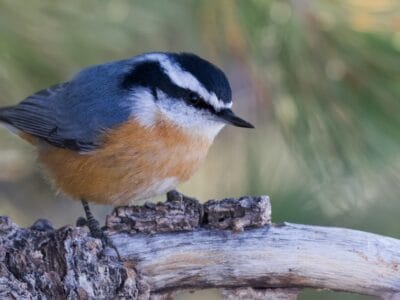
Nuthatch
Nuthatches spend a lot of their time upside down.
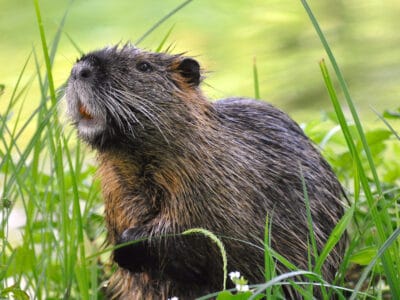
Nutria
An invasive species, one female nutria can birth up to 200 babies in just a few years of living!
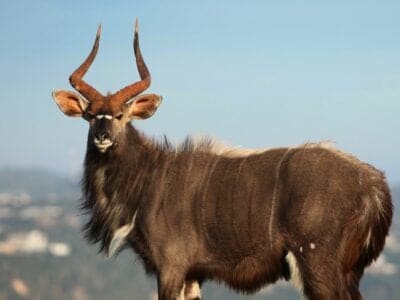
Nyala
They have a high-pitched alarm call that sounds like a barking dog.
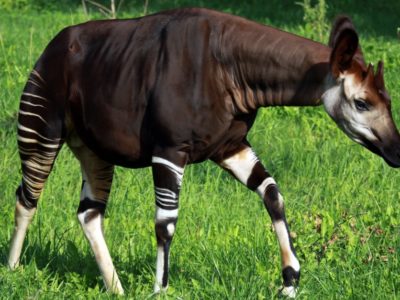
Okapi
Eats more than 100 different types of plants!
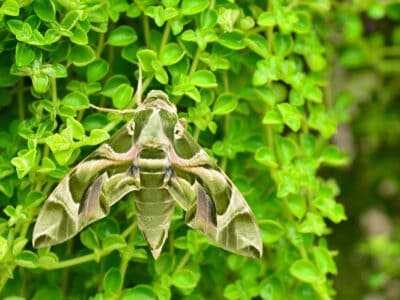
Oleander Hawk Moth
Oleander hawk moth caterpillars feed on the foliage of oleander, an extremely toxic plant to which they are immune.
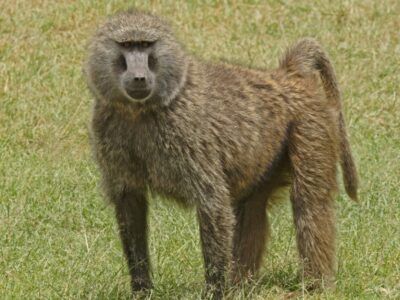
Olive Baboon
Olive baboons will sometimes form strong friendships with each other
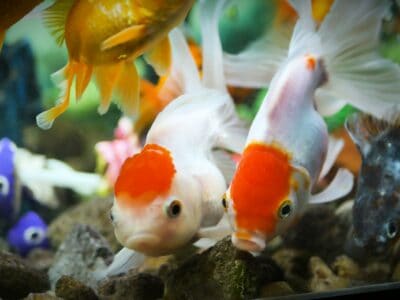
Oranda Goldfish
Oranda goldfish are one of the most popular fancy goldfish breeds
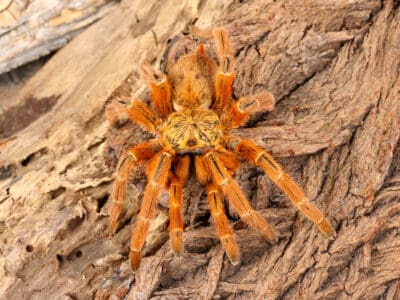
Orange Baboon Tarantula
Their nickname is "Orange Bitey Thing"!

Orange Dream Ball Python
The "Orange Dream" name came from the idea that the morph would make its first breeder a million dollars.
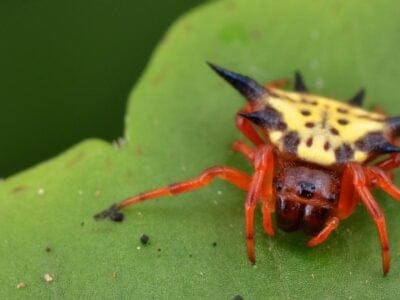
Orb Weaver
Females are about four times the size of males
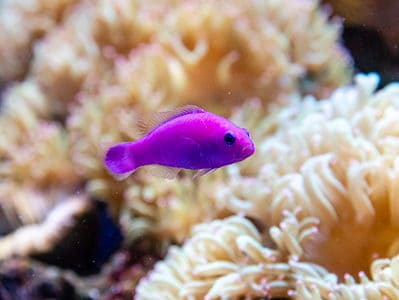
Orchid Dottyback
This fish camouflages as its prey's parents to trick it into becoming dinner.
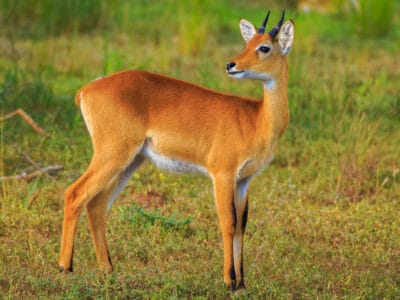
Oribi
Males oribis spend most of their time patrolling the borders of their territories; they can do this about 16 times an hour! However, 27% of their day is spent grazing.

Ornate Bichir
The ornate bichir can survive outside water for short periods of time
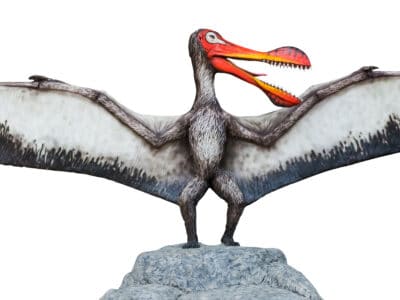
Ornithocheirus
Scientists once considered the Ornithocheirus an ancestor to modern birds
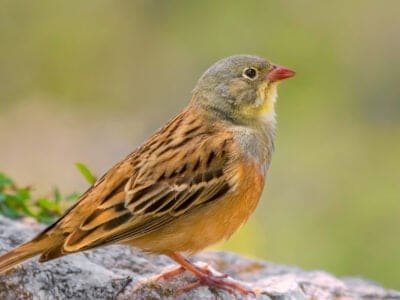
Ortolan Bunting
The tradition of hiding your face with a napkin or towel while eating this bird was begun by a priest who was a friend of the great French gastronome Jean Anthelme Brillat-Savarin.
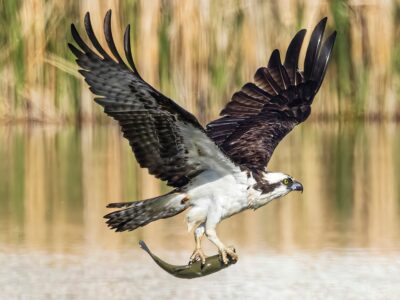
Osprey
They reuse nesting sites for 70 years!
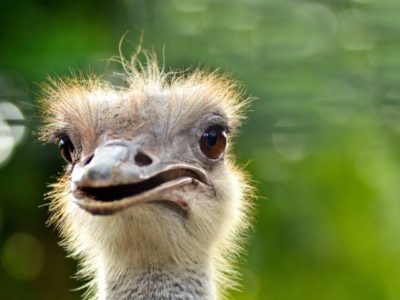
Ostrich
The largest bird in the world!

Otter
There are 13 different species worldwide
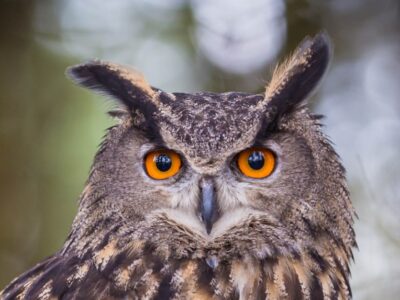
Owl
The owl can rotate its head some 270 degrees
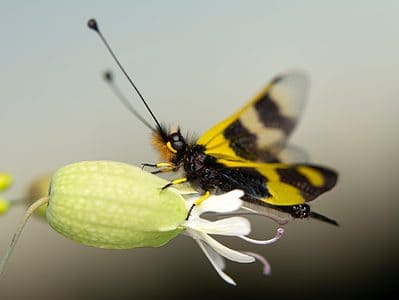
Owlfly (Ascalaphidae)
Adult owlflies can capture prey while flying in the air.
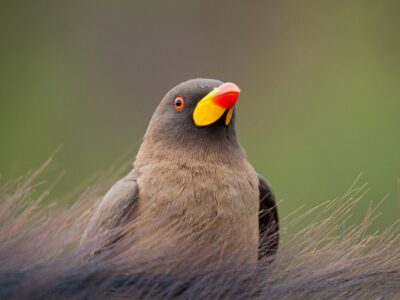
Oxpecker
The oxpecker, known as the rhino’s guard, alerts its host to danger with a loud commotion
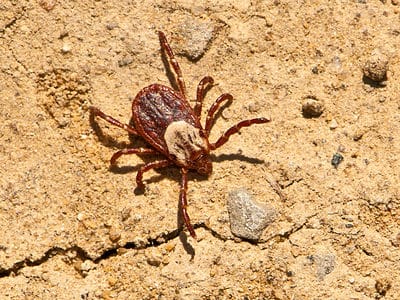
Pacific Coast Tick
Pacific Coast ticks can go without food for two to three years without dying.
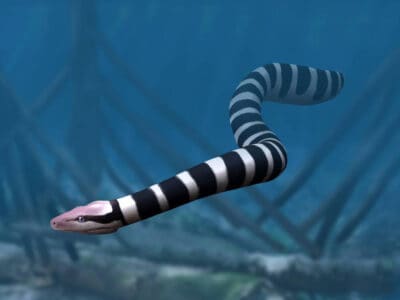
Palaeophis
This snake was as long as a school bus!
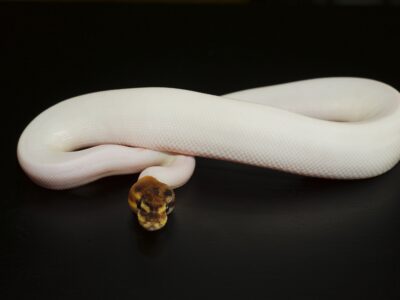
Panda Pied Ball Python
The panda pied ball python morph is a combination of the piebald and black pastel traits.
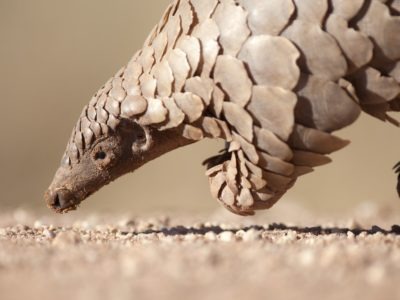
Pangolin
Bad eyesight, but great sense of smell
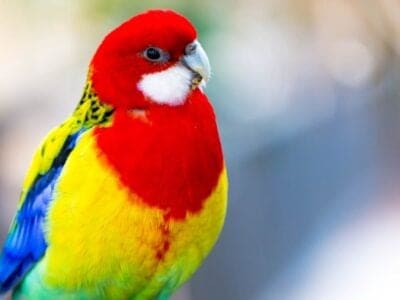
Parakeet
Monk parakeets are the only parakeets that actually build nests. They’re also the only parakeets to nest in great colonies.
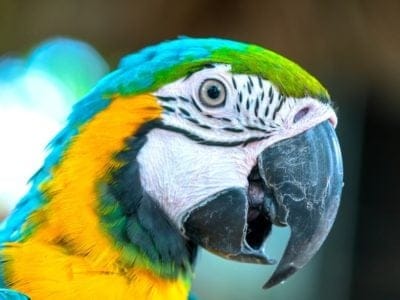
Parrot
Can live for up to 100 years!
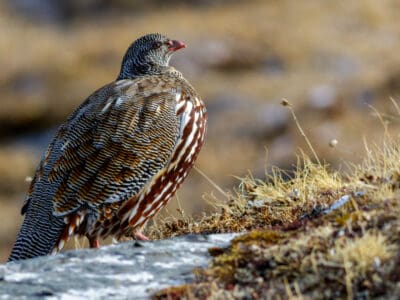
Partridge
Long-lost civilizations have immortalized male partridges in art, depicting them as a symbol of fertility.
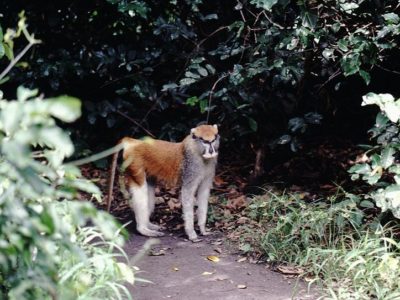
Patas Monkey
The fastest species of primate in the world!
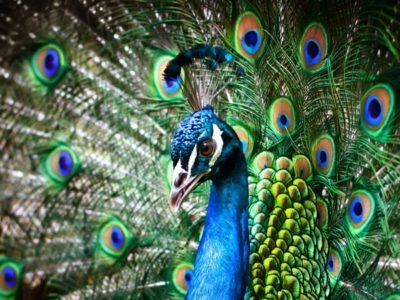
Peacock
Most commonly found on the Indian mainland!
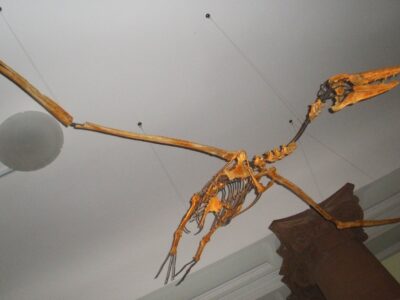
Pelagornithidae
The biggest members of the Pelagornithidae family were the largest flying birds known.
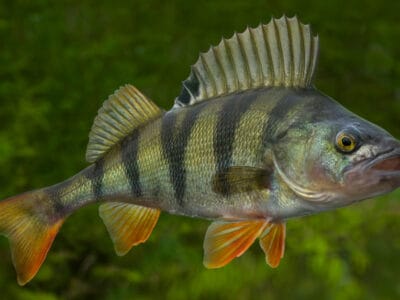
Perch Fish
Some of the most delicious gamefish in the world
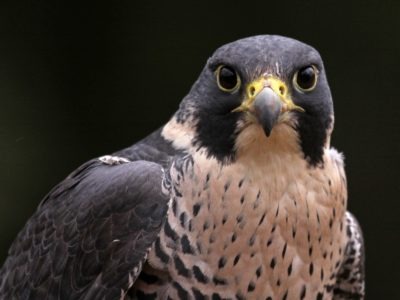
Peregrine Falcon
Fastest animal on Earth
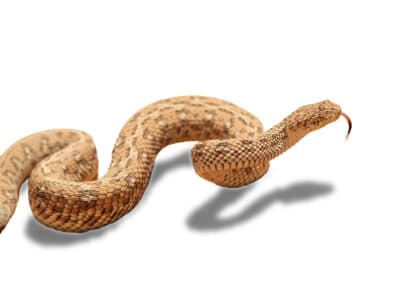
Peringuey’s Adder
Peringuey's adders' eyes are nearly on the tops of their heads!

Pharaoh Hound
The blushing dog of Malta.
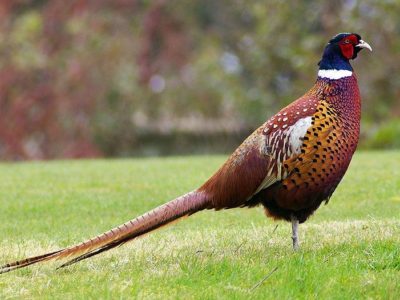
Pheasant
Females lay between 8 and 12 eggs per clutch!
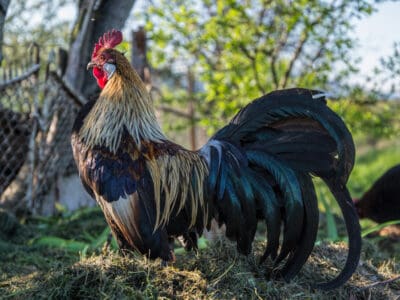
Phoenix Chicken
These small chickens have tails that can be up to five feet long!
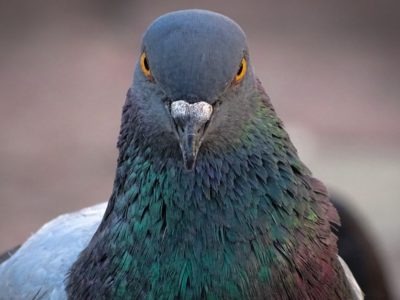
Pigeon
They can find their way back to their nests from up to 1300 miles away.
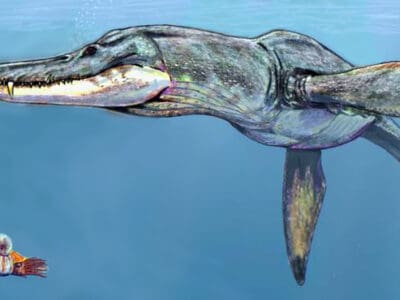
Pliosaur
Pliosaurs were the short-necked version of plesiosaurs.

Polecat
They can run at a speed of 15mph
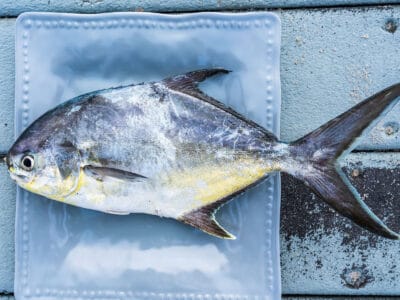
Pompano Fish
They are bottom-feeders
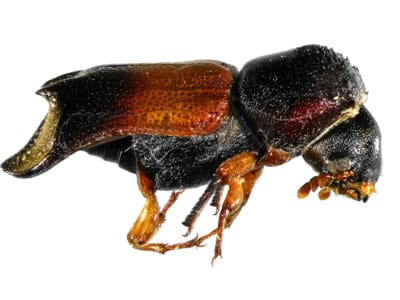
Powderpost Beetle
Powderpost beetles prefer living in moist tree limbs, dead wood, and branches. They get into homes through infested joists, paneling, rafters, flooring, and finished wood products.
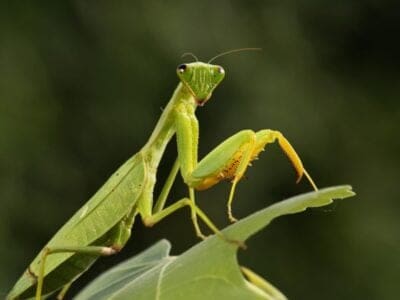
Praying Mantis
The mantis can turn its head 180 degrees.
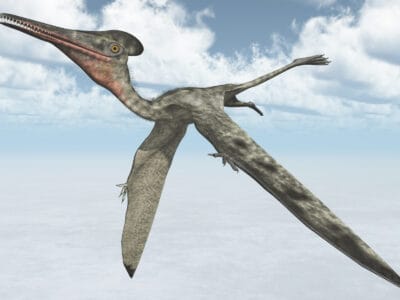
Pterodactyl
Pterodactyl is not technically a dinosaur. Although they lived during the same time as dinosaurs, they are classified as winged reptiles.
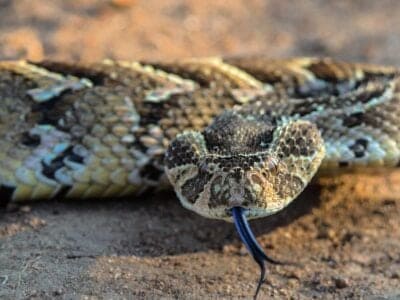
Puff Adder
This large snake is so-named because it will puff up its body to appear bigger than it is when directly threatened by a predator or person.
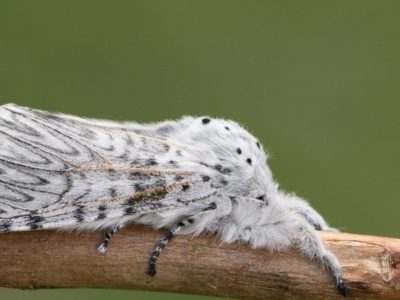
Puss Moth
Caterpillars squirt formic acid!
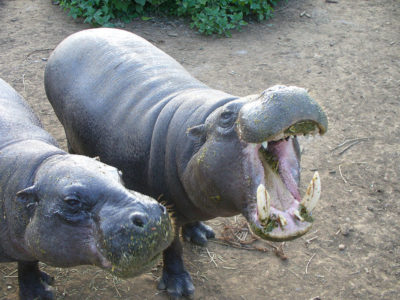
Pygmy Hippopotamus
Spends more time on land than in water!
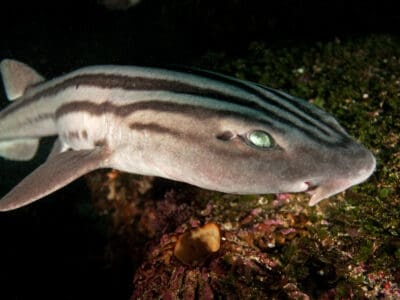
Pyjama Shark
Pyjama Sharks like to swim in shallow inshore waters.
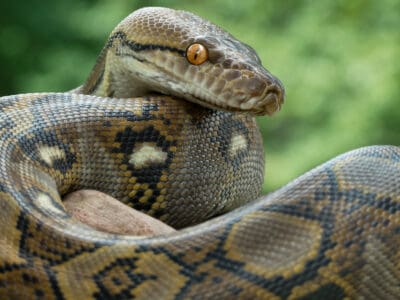
Python
Female pythons lay eggs and defend them until they hatch.
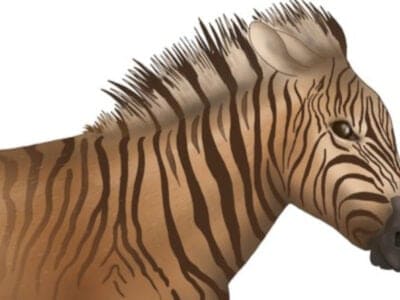
Quagga
The quagga is a subspecies of plains zebra.
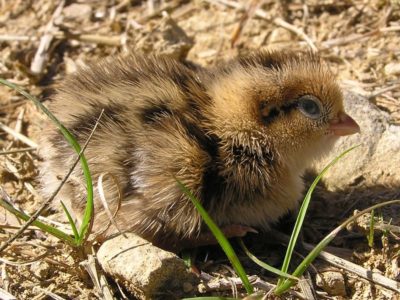
Quail
Inhabits woodland and forest areas worldwide!
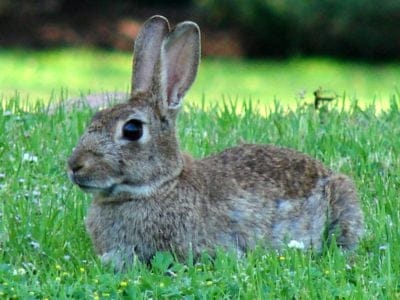
Rabbit
There are more than 300 different species!
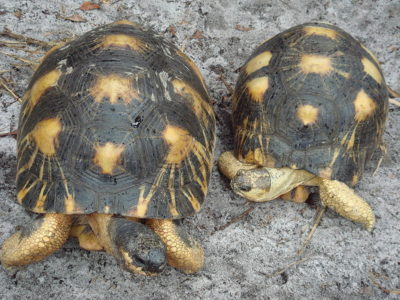
Radiated Tortoise
The most protected tortoise in the world!
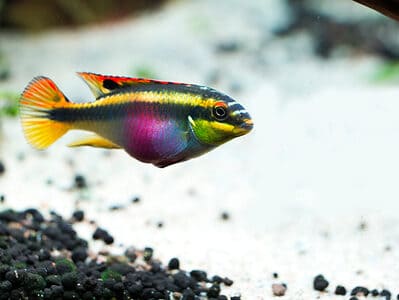
Rainbow Kribs (Kribensis)
Rainbow Kribs sometimes nip the fins of other fish, especially ones with long, flowing tails, which is too tempting for them not to bite.
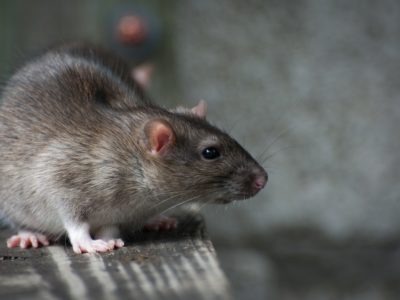
Rat
Omnivores that eat anything!
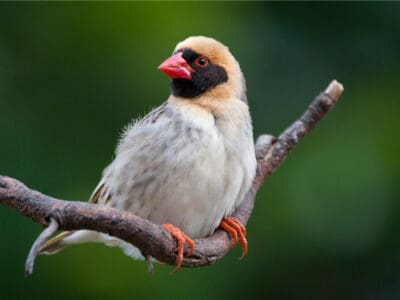
Red-Billed Quelea Bird
Is the most populous bird in the world
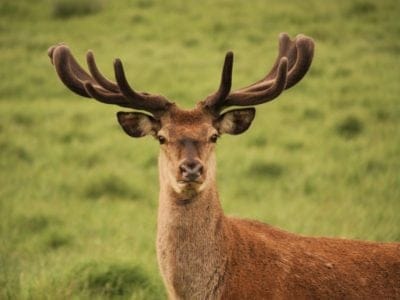
Red Deer
A male red deer shows his age in his antlers, which become longer and more branched every year.
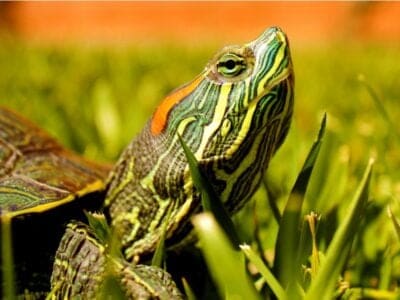
Red-Eared Slider
Sliders spend lots of time basking in the sun. As cold-blooded animals, they need the sun to heat up.
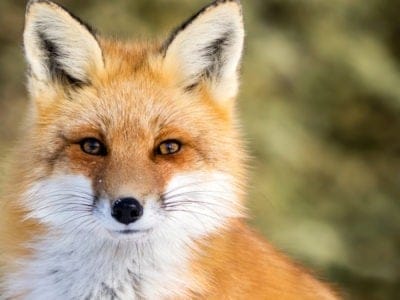
Red Fox
The red fox actually has many different variations of fur, including silver and brown.
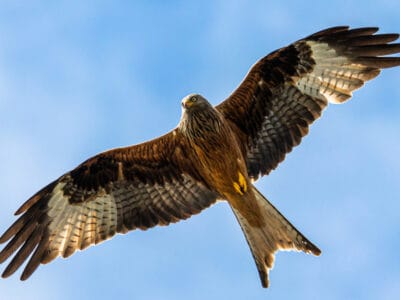
Red Kite
This bird moves its tail to steer its body like a rudder on a boat.
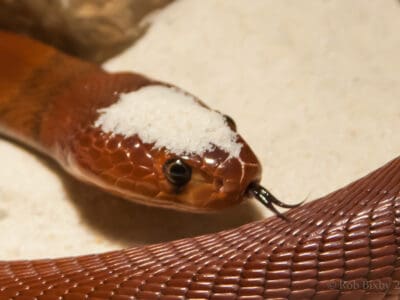
Red Spitting Cobra
Scientists believe that the red spitting cobra evolved from injecting venom to spitting it in response to the constant threat of early humans
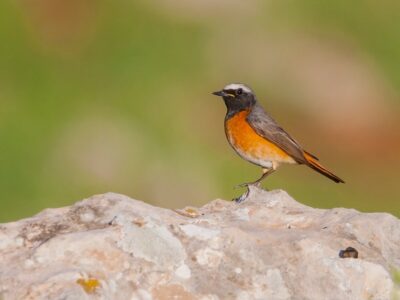
Redstart
They build their nests off the ground in tree holes, cavities, stone walls, and roofs
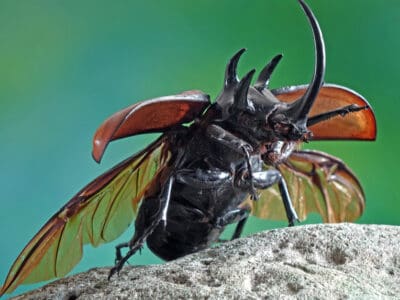
Rhino Beetle
Rhinoceros beetles can lift objects 850 times their weight
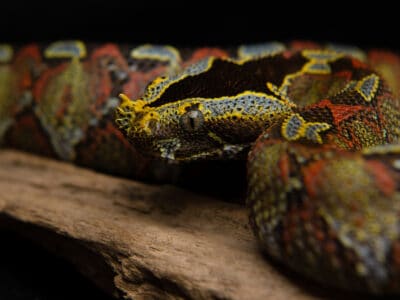
Rhino Viper
The river jack snake has a gigantic horn-like scale on the tip of its nose.
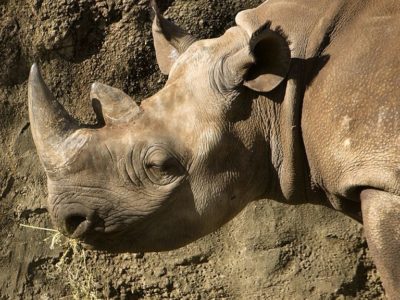
Rhinoceros
It's horns are made from keratin!
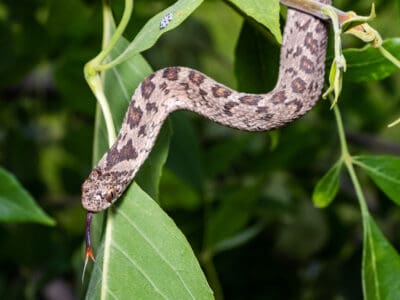
Rhombic Egg-Eater Snake
When birds aren't nesting, these snakes fast
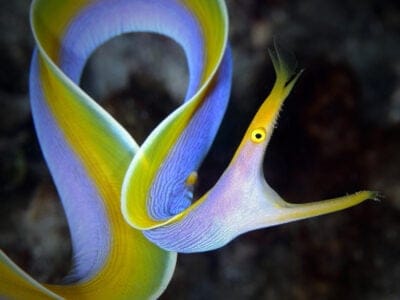
Ribbon Eel
Can fit its body into a tiny crevice of a reef
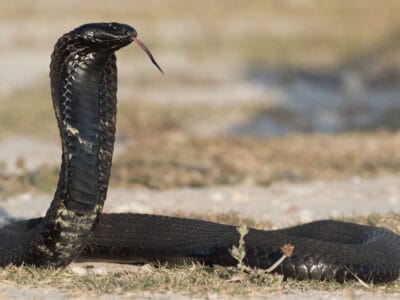
Rinkhals Snake
This snake is known for playing dead as a defense against predators.
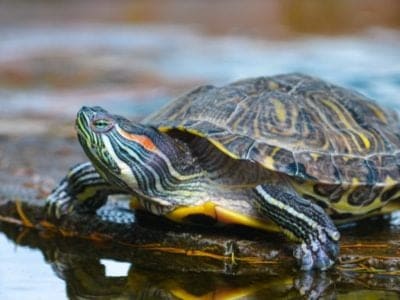
River Turtle
Inhabits freshwater habitats around the world!
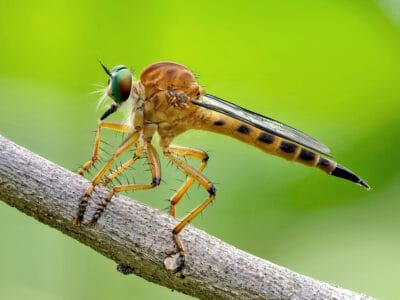
Robber Flies
The female pretend they are dead if they do not find the male worthy of mating.
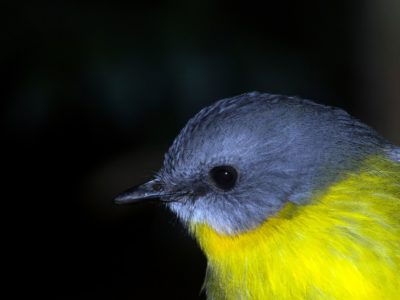
Robin
There are more than 45 species in Australia alone!
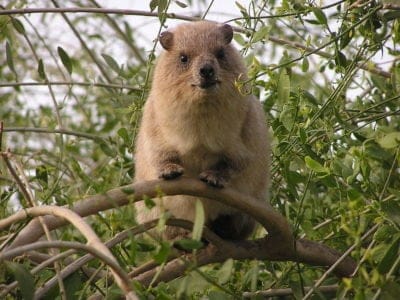
Rock Hyrax
Actually related to Elephants and Manatees!

Rock Python
Rock pythons may have crossbred with the escaped Burmese pythons in Florida.
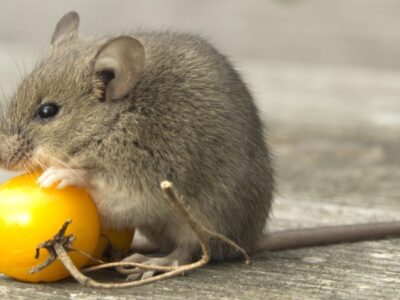
Rodents
The capybara, the world’s largest rodent, likes to be in and around bodies of water. Because of this, the Catholic Church in South America decided that it was a fish, and people were allowed to eat it during Lent and First Fridays.
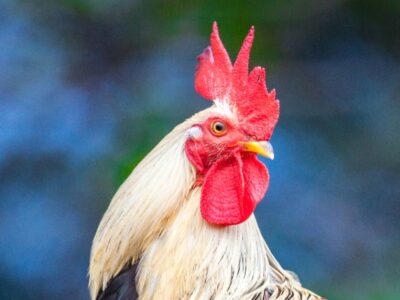
Rooster
Will mate with the entire flock!
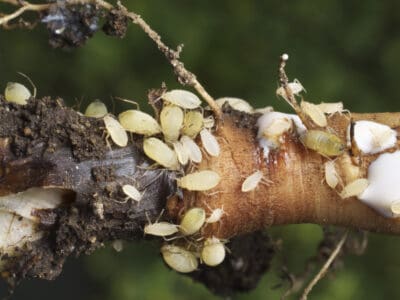
Root Aphids
Nymphs take 9 to 10 days on average to mature, with a complete lifespan of an estimated 30 days.
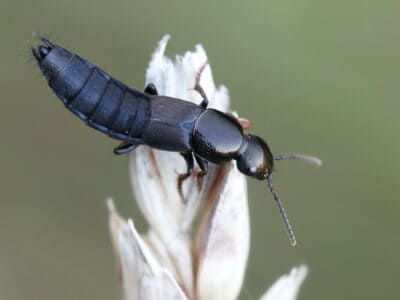
Rove Beetle
When threatened, rove beetles raise the ends of their body like scorpions, but they have no sting.

Ruddy Turnstone
They flip over stones to find prey
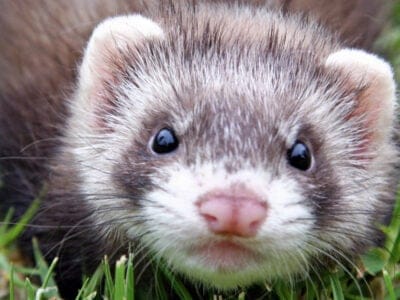
Sable Ferret
Ferrets were used during the Revolutionary War to keep down the rat population.
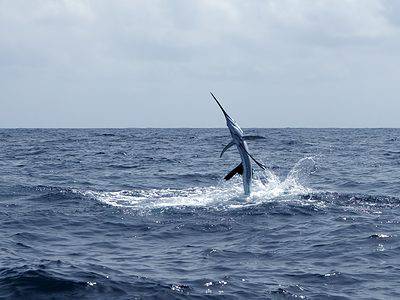
Sailfish
Fast billfish with a sail-like dorsal fin
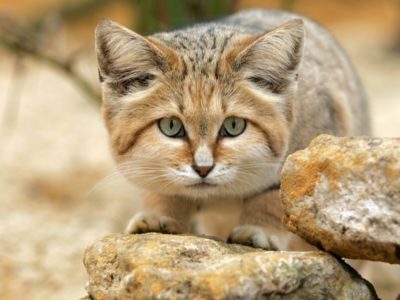
Sand Cat
They can survive for weeks without drinking water because the get moisture from their prey.
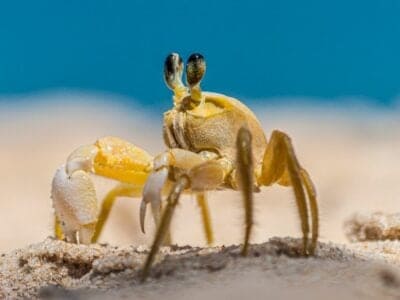
Sand Crab
The sand crab burrows beneath the sand with its tail
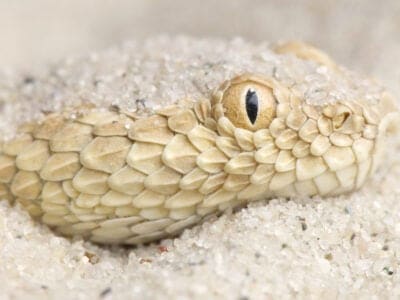
Sand Viper
Sand vipers are nuisance snakes in some areas.
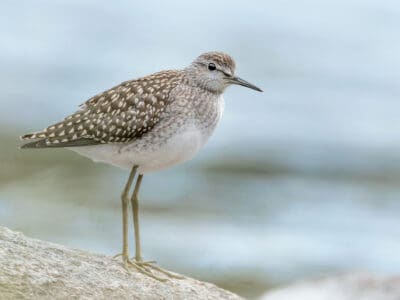
Sandpiper
Some sandpipers can migrate more than 8,000 miles without stopping!
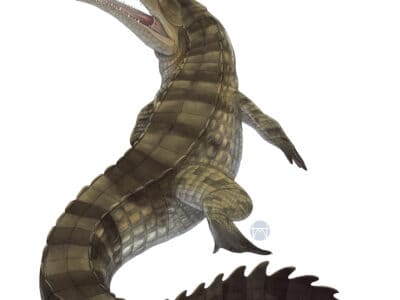
Sarcosuchus
Sarcosuchus is a relative of present-day crocodiles.
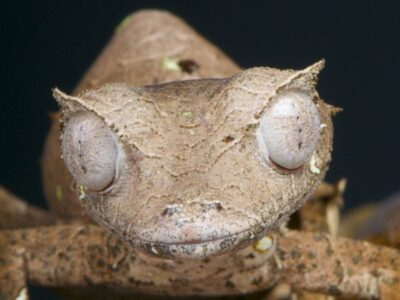
Satanic leaf-tailed gecko
They are called “phants” or “satanics” in the pet trade.
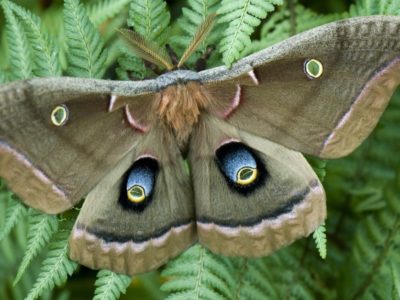
Saturniidae Moth
Some of the largest moths in the world

Sauropoda
Newly hatched sauropods weighted less than 11 pounds and put on 2 tons of weight a year!

Sauropoda
Sauropods lived in herds.
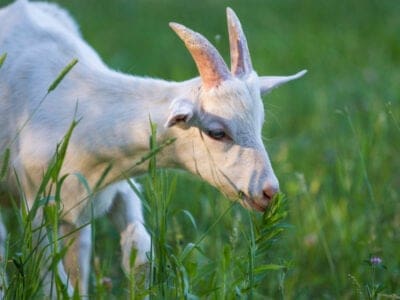
Savanna Goat
Savanna goats have only existed since 1957.
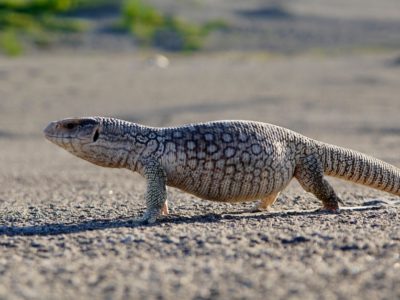
Savannah Monitor
Savannah monitors are one of the most popular lizards in captivity.
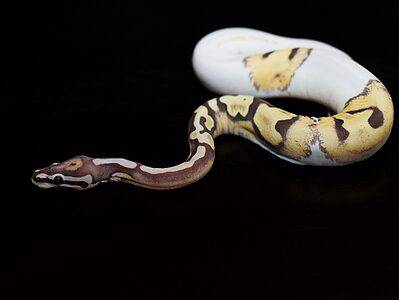
Scaleless Ball Python
Aside from the ocular scales covering each of its eyes, the scaleless ball python's body is completely smooth.
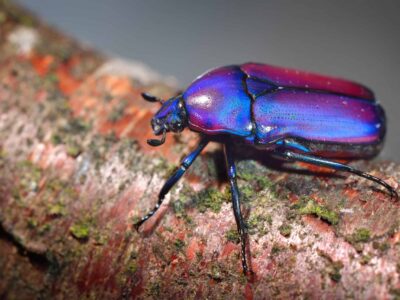
Scarab Beetle
The ancient Egyptians worshipped scarabs.
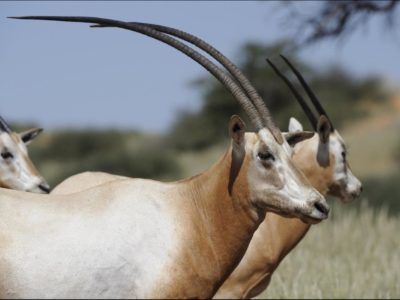
Scimitar-horned Oryx
Believed to be the inspiration for unicorn myths!
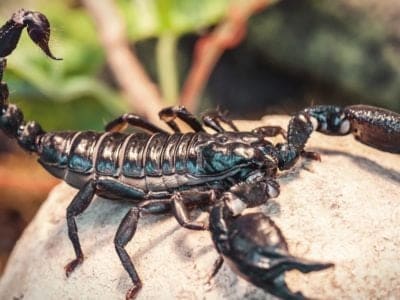
Scorpion
There are around 2,000 known species!
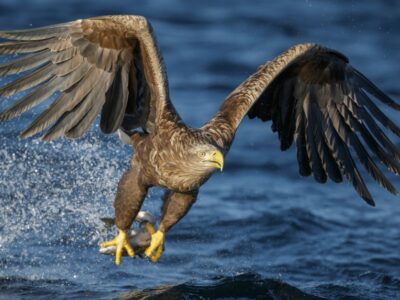
Sea Eagle
The sea eagle tends to mate for life with a single partner
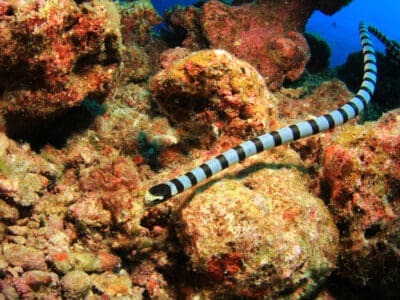
Sea Snake
The sea snake is incredibly venomous, even more than a cobra!”
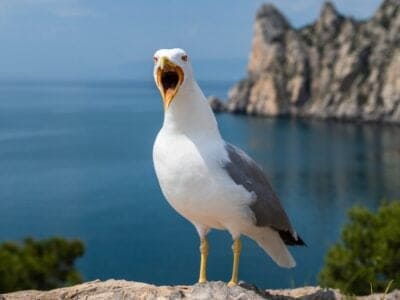
Seagull
Some gulls are capable of using tools
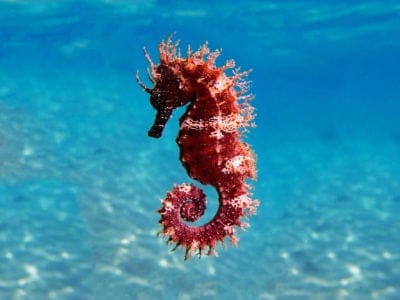
Seahorse
Males give birth to up to 1,000 offspring!
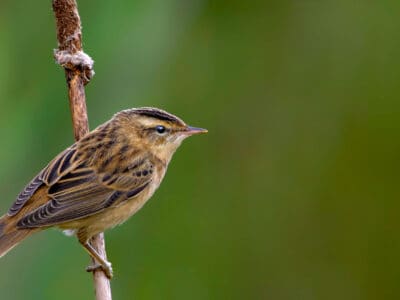
Sedge Warbler
Males never sing the same song twice
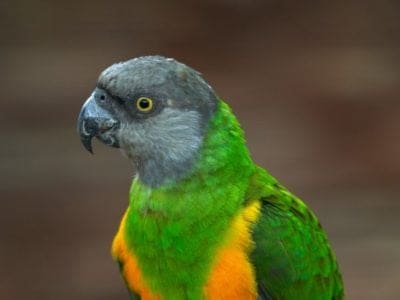
Senegal Parrot
As a pet, the Senegal parrot is capable of "talking" to its owner
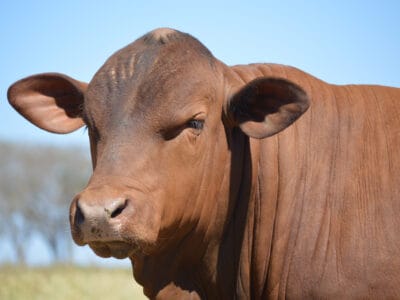
Senepol Cattle
Senepol cattle have a distinctive red color and no horns.
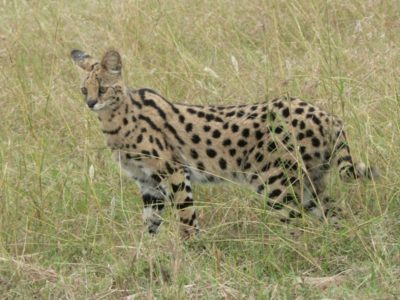
Serval
Can leap more than 1 meter into the air!
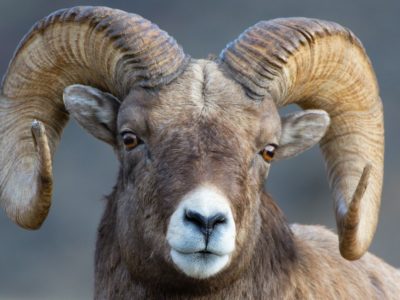
Sheep
Around 35 million in the English countryside!
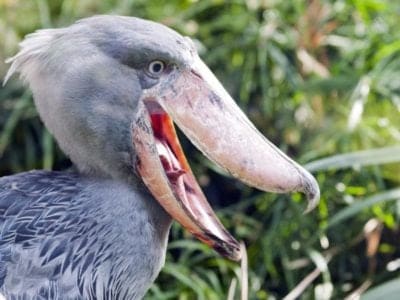
Shoebill Stork
Adults greet each other by clattering their bills together.
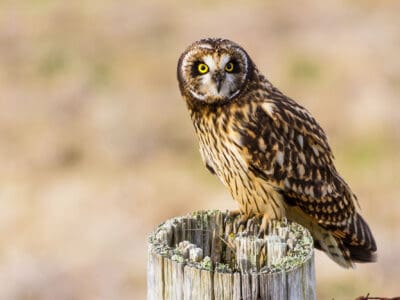
Short-Eared Owl
The short-eared owl is one of the most widespread owl species in the world, covering five continents.
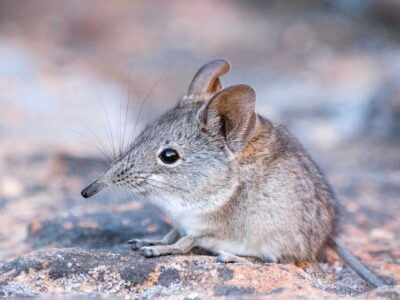
Shrew
The spinal column of the shrew Scutisorex somereni is so strong and reinforced that it can support the weight of an adult human.
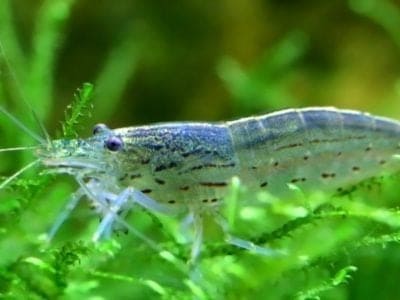
Shrimp
There are 2,000 different species worldwide!
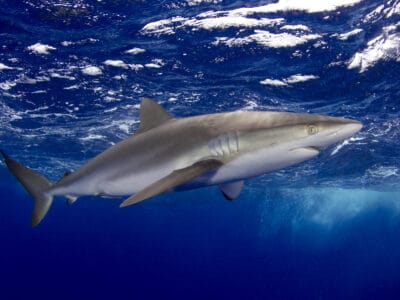
Silky Shark
Has an extremely acute sense of hearing
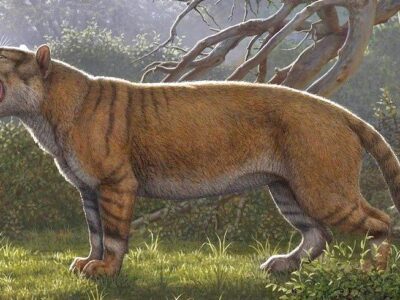
Simbakubwa
Simbakubwa kutokaafrika was as big as a polar bear.
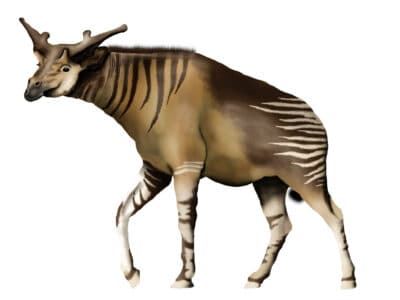
Sivatherium
Sivatherium was a large giraffid and also one of the largest ruminants of all-time.
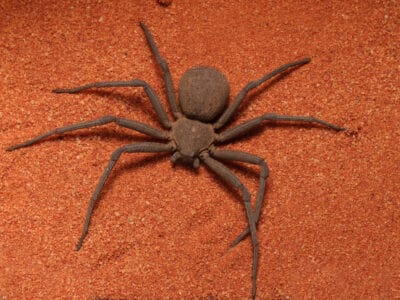
Six-Eyed Sand Spiders
Camouflaged recluse with terrifying venom
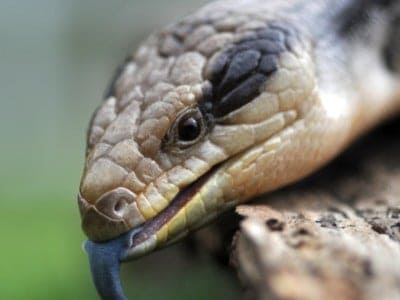
Skink Lizard
Some skinks lay eggs in some habitats while giving birth to skinklets in other habitats.
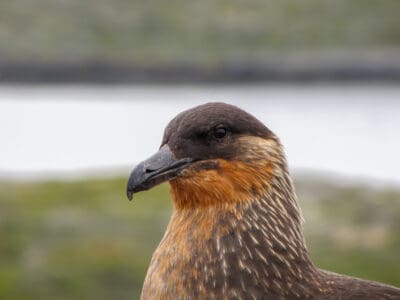
Skua
Skuas will chase other birds until they give up their catch
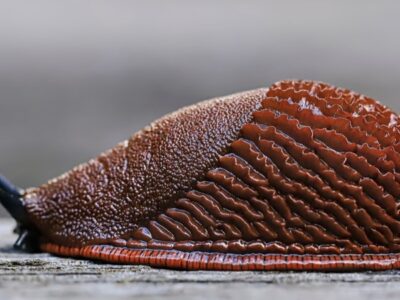
Slug
They glide around on one foot, which is aided by the slime they produce
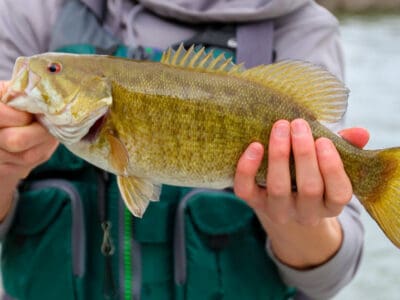
Smallmouth Bass
A fierce fighter!
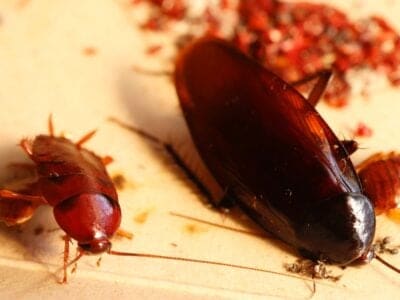
Smokybrown Cockroach
Has up to 45 eggs per egg case
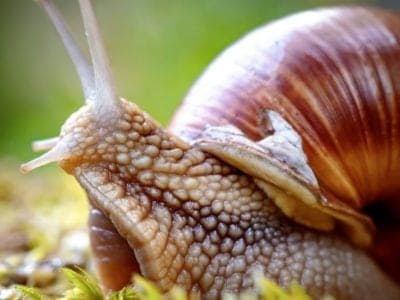
Snail
There are nearly 1,000 different species!
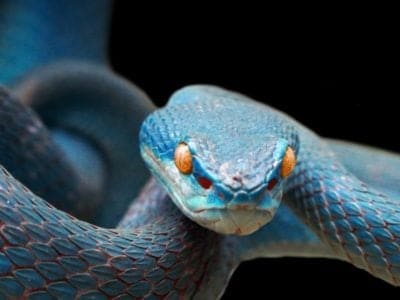
Snake
There are around 4,000 known species worldwide
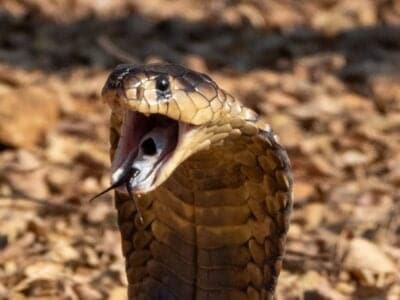
Snouted Cobra
The snouted cobra, also known as the banded snouted cobra, is one of the most venomous snakes in all of Africa.
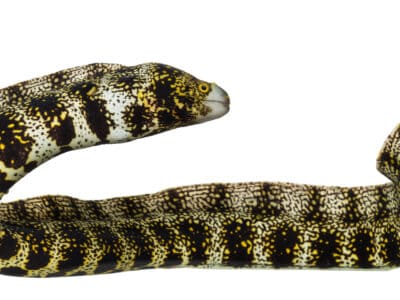
Snowflake Eel
Snowflake Eel have two jaws to help them swallow their food.
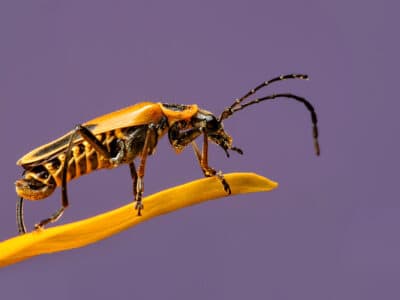
Soldier Beetle
Soldier beetles resemble fireflies, but they're not bioluminescent.
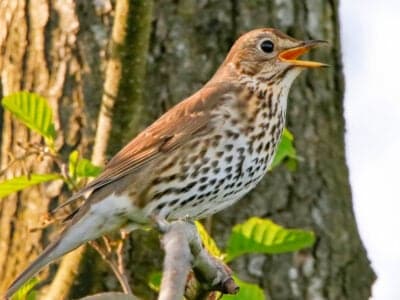
Song Thrush
A male song thrush can have over 100 phrases in his repertoire of songs and can imitate pet birds, telephones and other man-made objects.
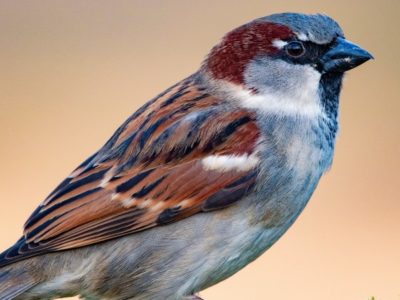
Sparrow
There are 140 different species!
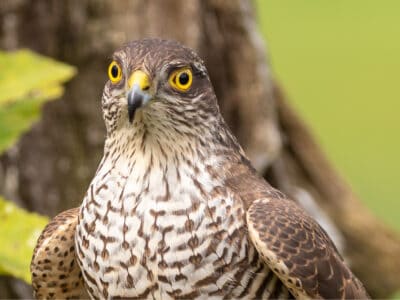
Sparrowhawk
The sparrowhawk is named after the fact that it hunts down and consumes sparrows
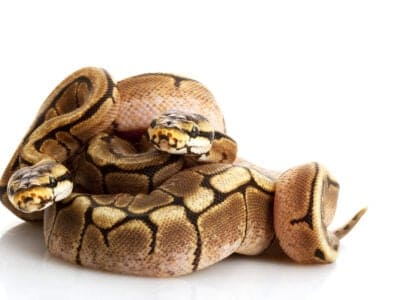
Spider Ball Python
The spider ball python is known for having a head wobble.
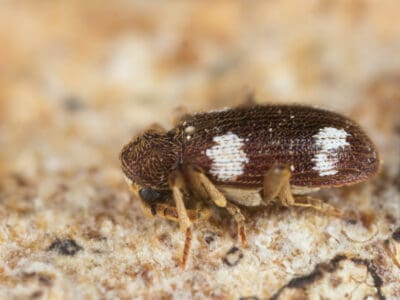
Spider Beetle
Spider beetles have globular bodies, which makes them look like spiders.
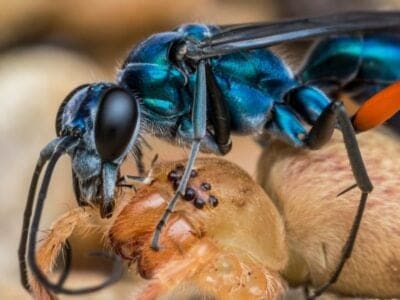
Spider Wasp
They prey on spiders to feed their larvae or they parasitize other spider wasps.
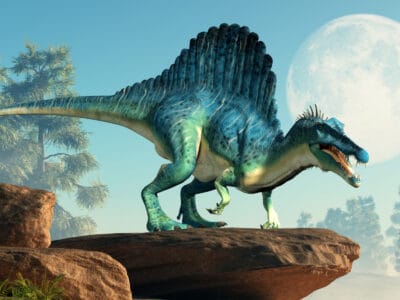
Spinosaurus
The Spinosaurus is the biggest carnivorous dinosaur ever discovered!
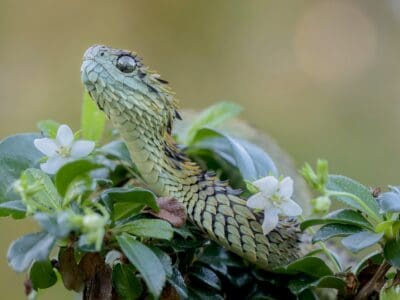
Spiny bush viper
These shaggy snakes are only 2 feet long and mostly arboreal.
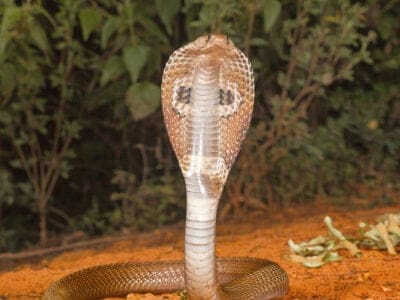
Spitting Cobra
Spitting cobras are types of cobras that can spit venom at predators and prey.
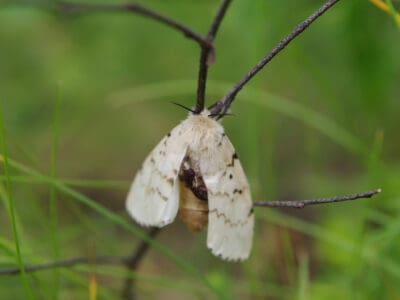
Spongy Moth
The female Spongy Moth can lay between 600 to 1,000 eggs
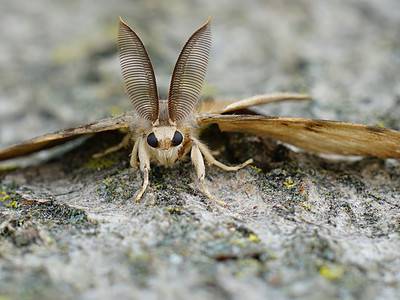
Spongy Moth
In March of 2022, the Entomological Society of America changed the name of this insect from the European gypsy moth to the spongy moth out of respect for the Romani community, which considers the word "gypsy" to be offensive.
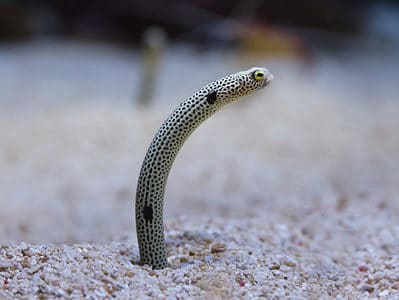
Spotted Garden Eel
Males battle each other over females and territory
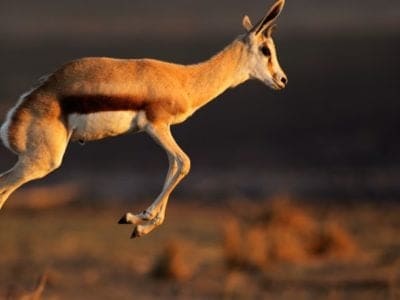
Springbok
Springboks derive so much water from their food they could go their entire lives without drinking from large sources of water.
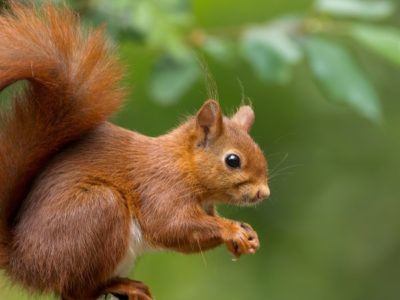
Squirrel
Small rodents found in woodlands worldwide!
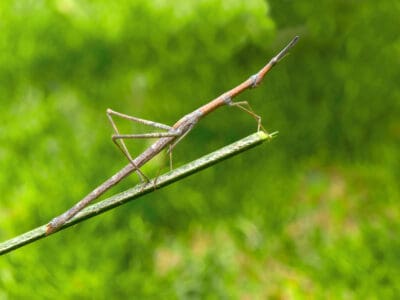
Stick Insect
There are more than 3,000 different species!
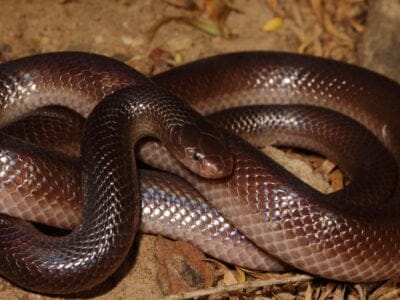
Stiletto Snake
Because of their unique venom delivery system, stiletto snakes are almost impossible to hold safely in the usual way (with fingers behind the head) without being bitten.
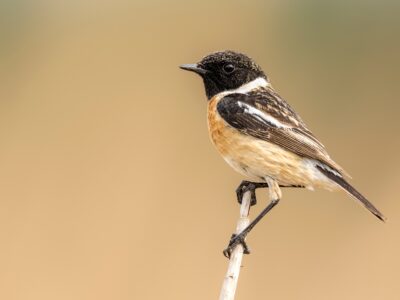
Stonechat
Their songs are harsh and sound like two rocks hitting together.
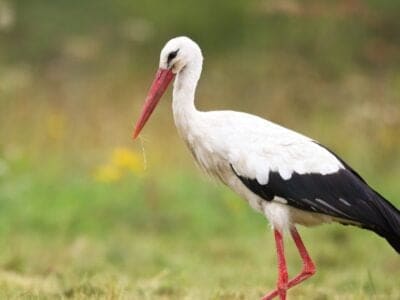
Stork
They can’t sing like other birds.
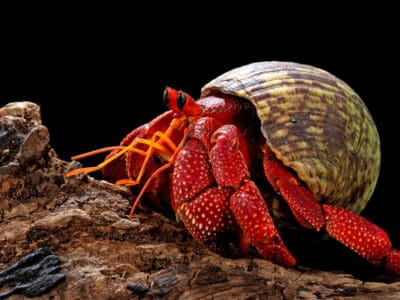
Strawberry Hermit Crab
When strawberry hermit crabs find shells that are larger than their own, they gather in a line from biggest to smallest. Once the biggest one sheds its shell, the next one in line will claim it, which is repeated down the line.
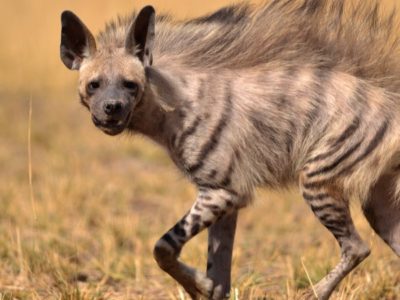
Striped Hyena
The striped hyenas usually mark their territories with the help of the scent gland secretions from their anal pouch.

Suchomimus
It walked on two legs and leaned forward
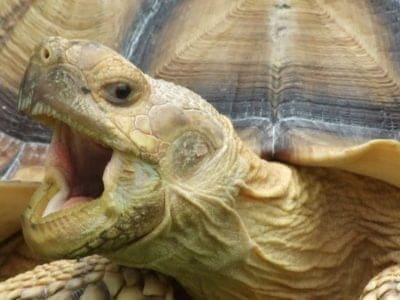
Sulcata Tortoise
Some cultures in Africa believe the sulcata tortoise is an intermediary between the people and their ancestors and gods.
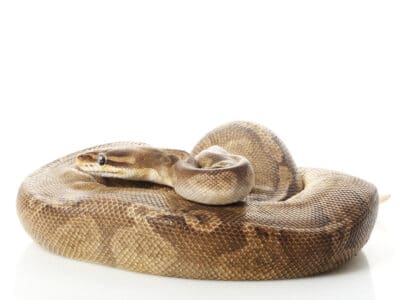
Sunset Ball Python
Sunset ball pythons are bred with several other morphs to get designer colors.
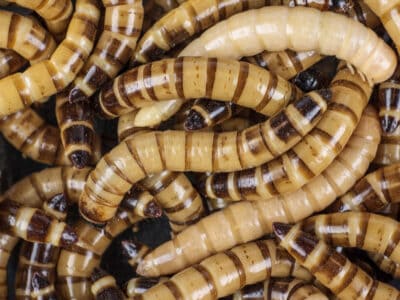
Superworm
These larvae are native to Central and South America but now occur on every continent except Antarctica
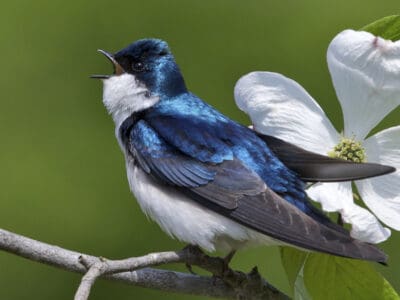
Swallow
swallows have aerodynamic bodies for hunting in flight
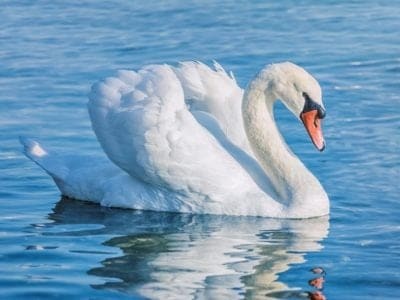
Swan
Populations have been affected by pollution!
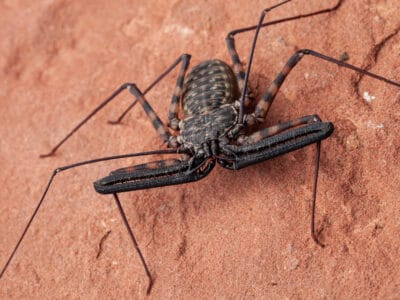
Tailless Whip Scorpion
The average lifespan of these strange creatures is 5 to 10 years; however, tailless whip scorpions have been known to live up to a whopping 15 years in captivity!
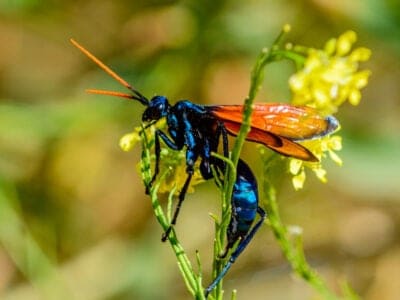
Tarantula Hawk
Tarantula hawks are excellent pollinators, especially for milkweed.
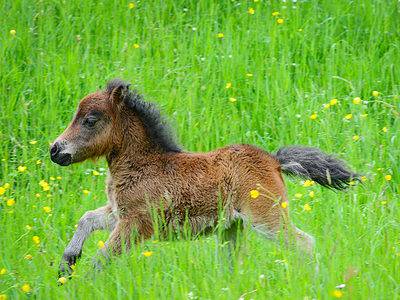
Teacup Miniature Horse
Female teacup minis become sexually mature between 2 and 5 years old, but breeders typically wait until their horse is 3 before letting her reproduce to prevent complications.
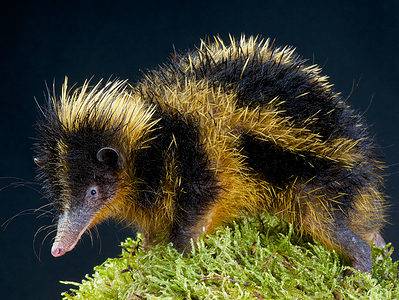
Tenrec
Hedgeho-like nocturnal insectivore

Termite
Their mounds can be up to 9 meters tall!

Theropod
Some theropods had feathers and may have been ancestors of modern birds.
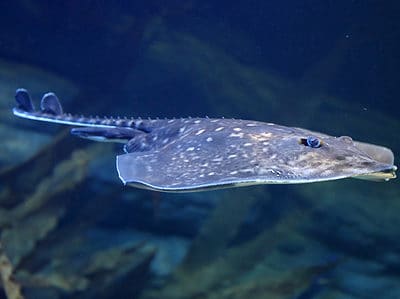
Thornback Ray
The skate with the biggest spines!
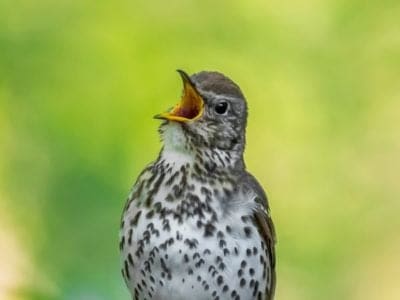
Thrush
The American robin is called the robin because its red breast reminded European settlers of the robin back in the old country.
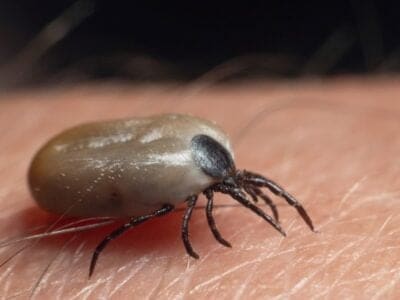
Tick
They inject hosts with a chemical that stops them from feeling the pain of the bite
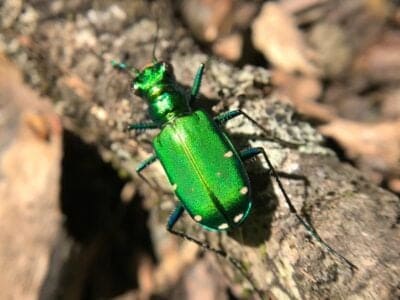
Tiger Beetle
The adult tiger beetle is one of the fastest land insects in the world

Titanosaur
Among the largest land animals to ever exist
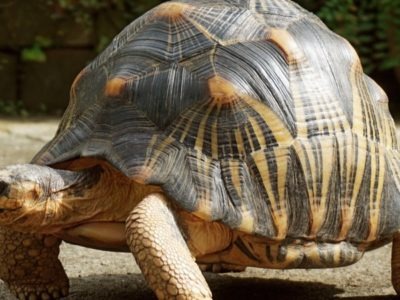
Tortoise
Can live until they are more than 150 years old!
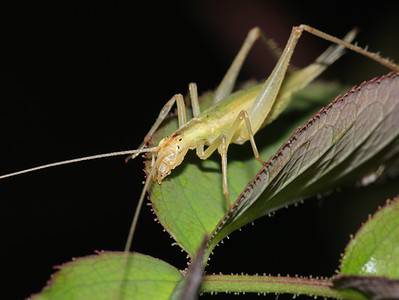
Tree Cricket
They make music with their wings
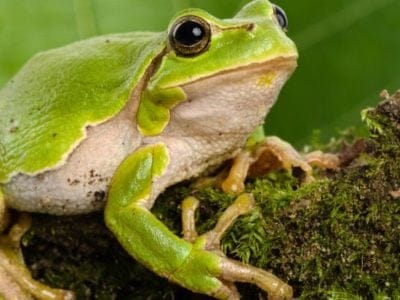
Tree Frog
Found in warmer jungles and forests!
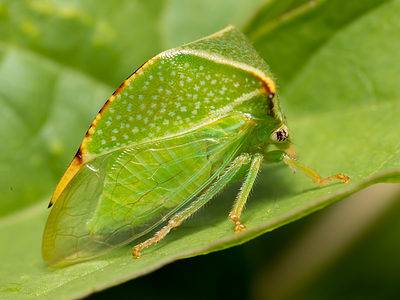
Treehopper
The colors, shapes, and intricacies of treehoppers’ helmets makes them unique and visually stunning.
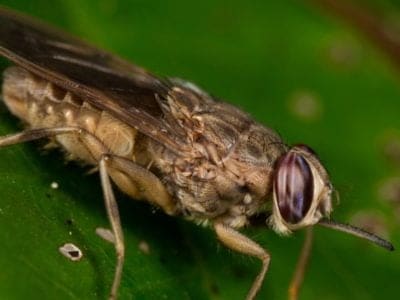
Tsetse Fly
Tsetse flies are large biting flies that live in the tropical regions of Africa.
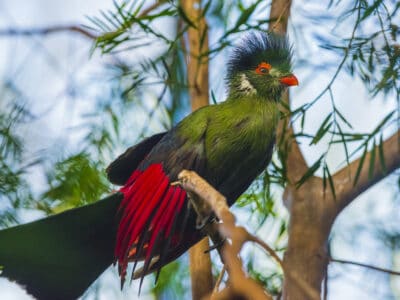
Turaco
Their name means “banana-eater,” but they rarely ever eat bananas.
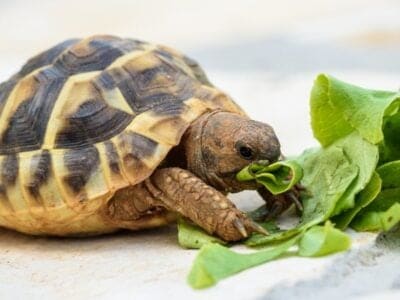
Turtles
Some species of aquatic turtles can get up to 70 percent of their oxygen through their butt.
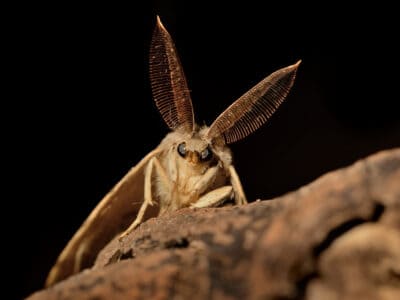
Tussock Moth
N/A
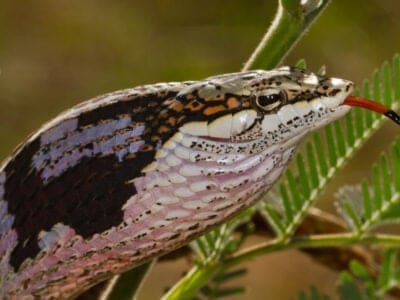
Twig Snake
Twig snakes are among the few rear-fanged colubrids whose bite is highly venomous and potentially fatal.
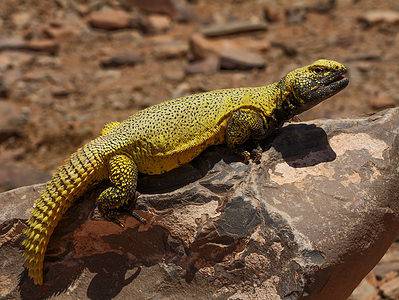
Uromastyx (Spiny-Tailed Lizard)
Spiny-tailed lizards "sneeze" out salt!
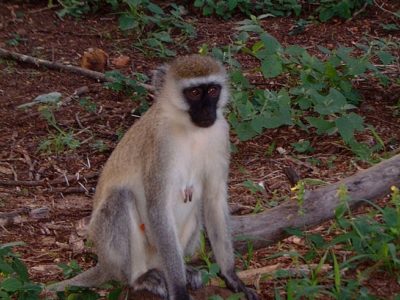
Vervet Monkey
Rarely found more than 450m from trees!
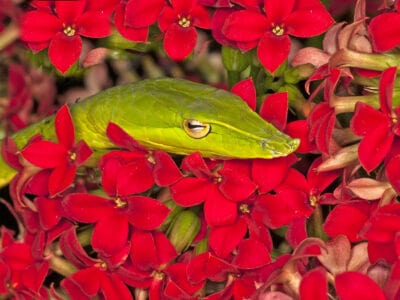
Vine Snake
A slender body and elongated snout give the vine snake a regal look.
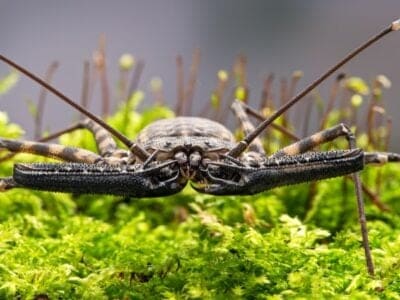
Vinegaroon
Vinegaroons can spray 19 times before the glands are depleted
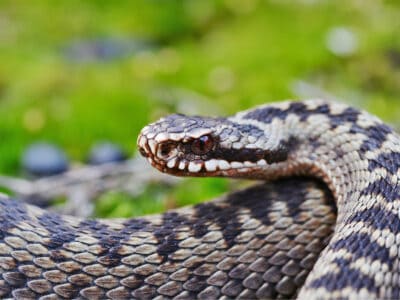
Viper
Vipers are one of the most widespread groups of snakes and inhabit most
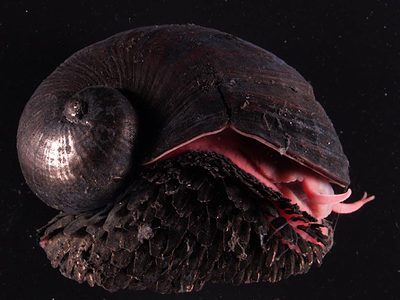
Volcano Snail
The volcano snail lives comfortably in temperatures of up to 750 degrees Fahrenheit.
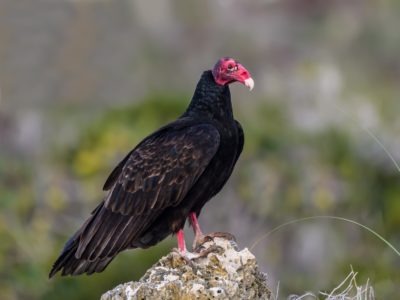
Vulture
There are 30 different species worldwide!
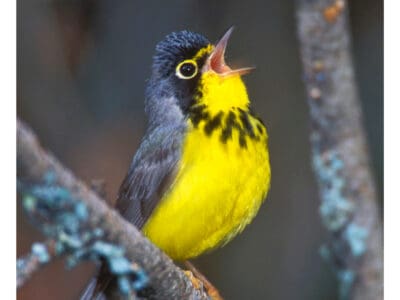
Warbler
Warblers are so called because of the trills of their song.
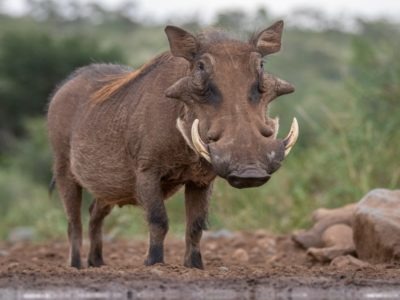
Warthog
Has two sets of tusks on it's face!
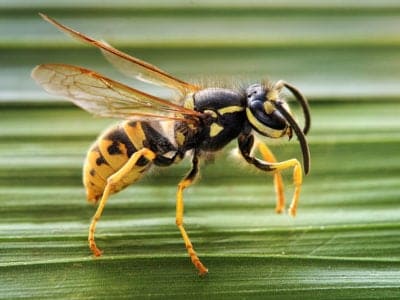
Wasp
There are around 75,000 recognised species!
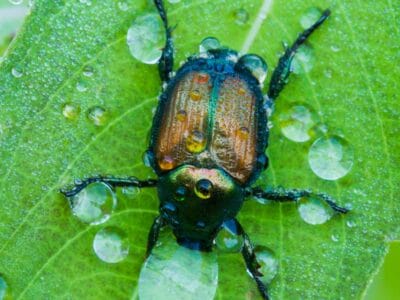
Water Beetle
Water beetles bite; they use their legs to inject venomous digestive saliva
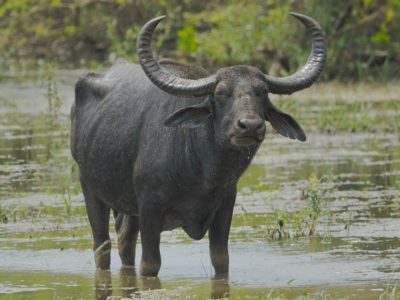
Water Buffalo
Has been domesticated for thousands of years!
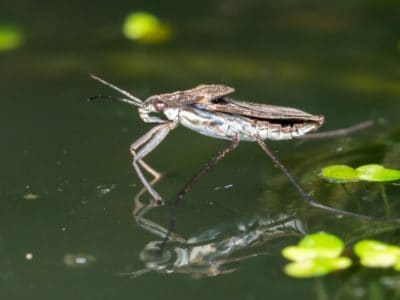
Water Bug
Some species of water bugs can deliver a painful bite when handled.
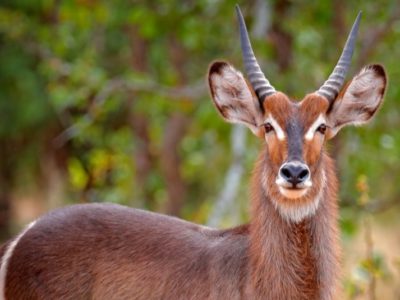
Waterbuck
Often flee into water to escape predators
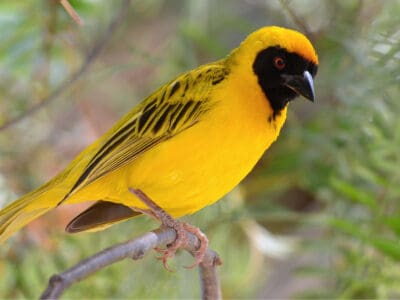
Weaver Bird
The weaver constructs an elaborate nest for the breeding season
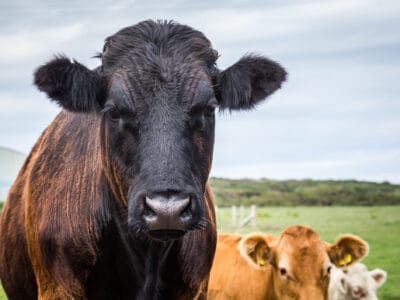
Welsh Black Cattle
Welsh Black Cattle were once used as currency in Wales and referred to as “black gold”.

Welsh Springer Spaniel
Due to being so attached to their owners, the Welsh Springer Spaniel does not do well with being left alone and can experience separation anxiety.

Western Gorilla
There are two sub-species!
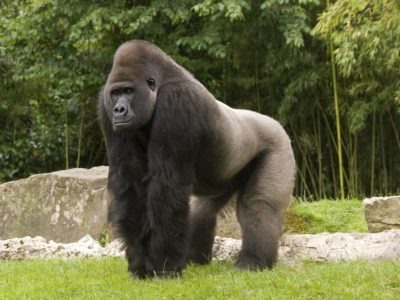
Western Lowland Gorilla
One of the great apes!
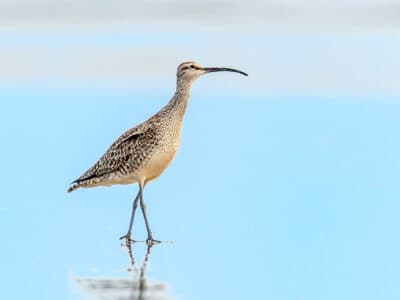
Whimbrel
The fastidious whimbrel sometimes washes off its prey before it eats it.
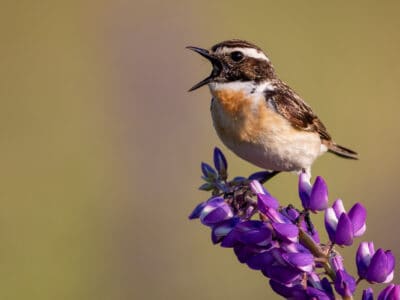
Whinchat
The whinchat can imitate the songs of at least a dozen other tpes of birds!
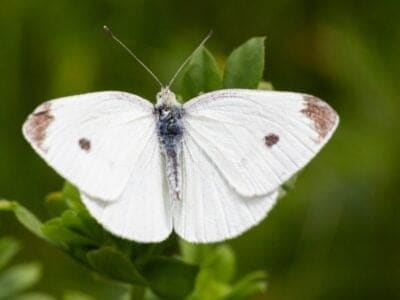
White Butterfly
This butterfly determines the smell and taste of a flower with its feet.

White Ferret / Albino Ferrets
There are two different types of white ferrets!
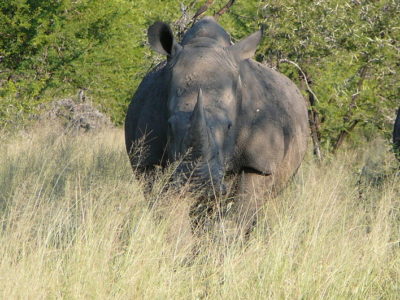
White Rhinoceros
The second largest animal on the land!
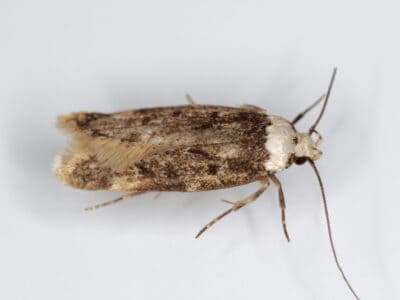
White-shouldered House Moth
The larva is the pest because a fully-grown white-shouldered house moth cannot feed; it can only absorb liquid
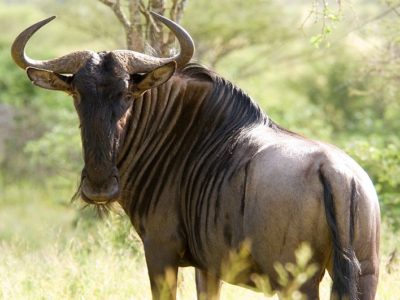
Wildebeest
Can trek more than 1,000 miles every year!
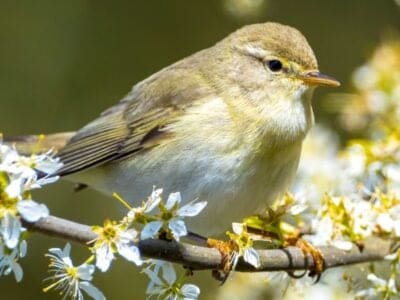
Willow Warbler
This bird molts twice a year.
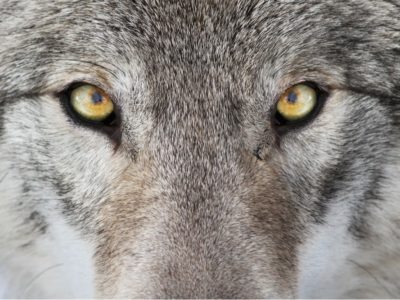
Wolf
Thought to date back more than 300,000 years!
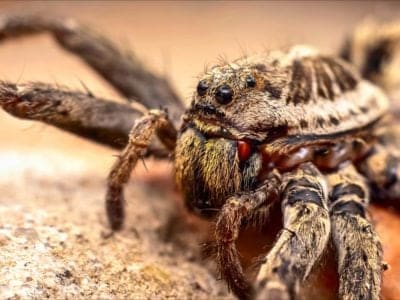
Wolf Spider
Carnivorous arachnid that hunts its prey.
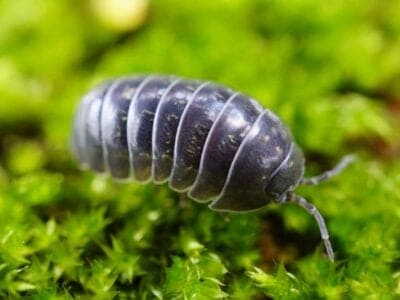
Woodlouse
This animal can roll up into a ball
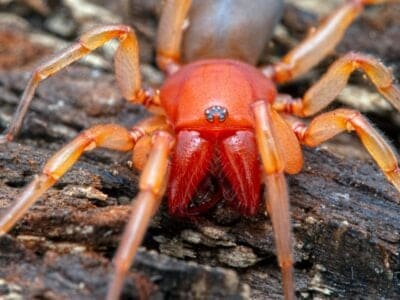
Woodlouse Spider
Unlike most spiders, woodlouse spiders don’t build a web.
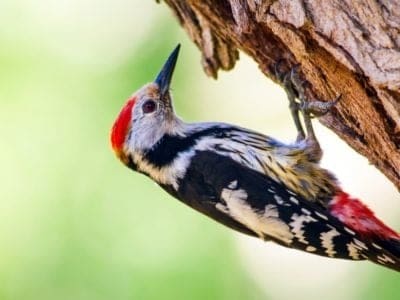
Woodpecker
There are 200 different species!
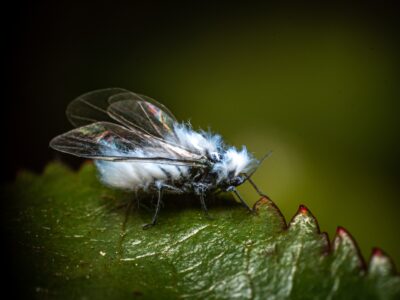
Woolly Aphids
Another name for these fuzzy insects is "boogie-woogie aphids" because of their habit of lifting their posteriors and pulsing them in synchronized motions when threatened.
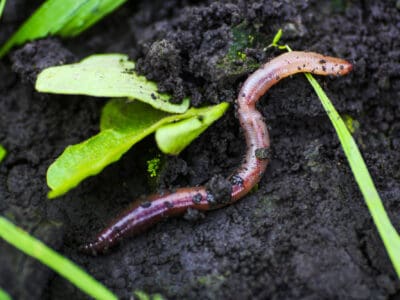
Worm
Doesn’t have eyes.
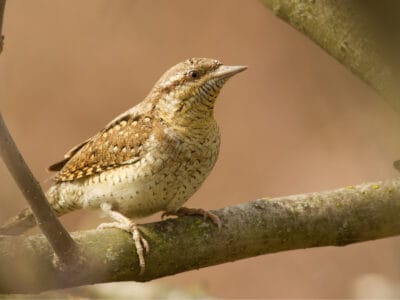
Wryneck
They feign death by making their bodies limp and closing their eyes.
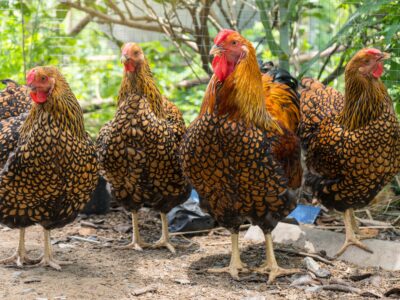
Wyandotte Chicken
The Wyandotte chicken was the first dual-purpose American chicken bred for both meat and eggs!
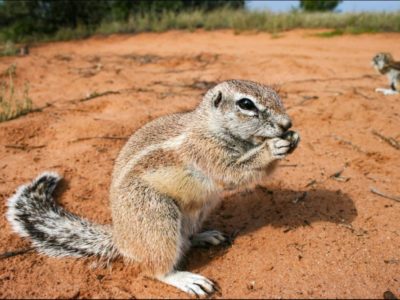
Xerus
Squirrel that lives in burrows in Africa.
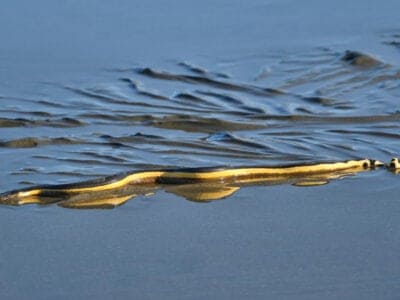
Yellow-Bellied Sea Snake
Sea snakes spend approximately 90% of their lives under water.
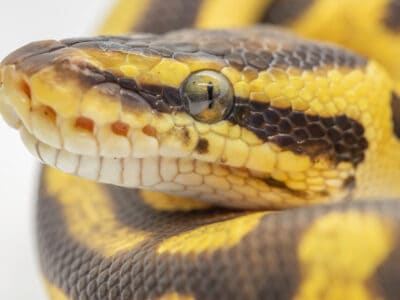
Yellow Belly Ball Python
The yellow belly gene is co-dominant and doesn't completely override other genes.
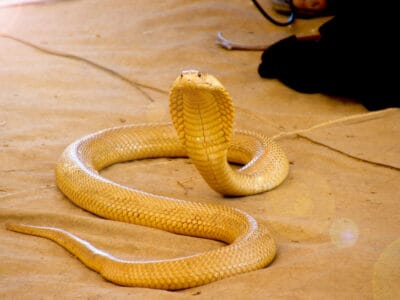
Yellow Cobra
The Yellow Cobra belong to one of the most dangerous families in the world.
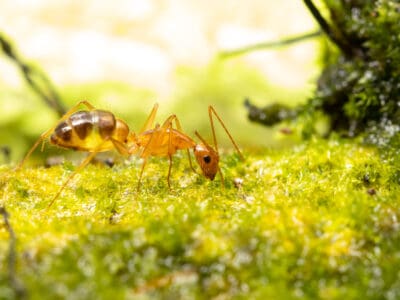
Yellow Crazy Ant
One of the top 100 worst invasive species!
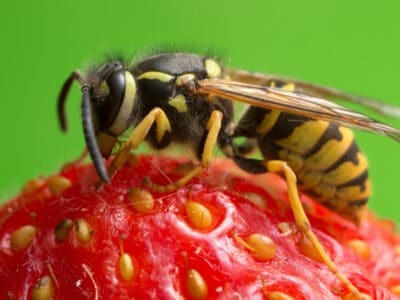
Yellowjacket (Yellow Jacket)
Yellowjacket stings account for the majority of deaths from wasp stings
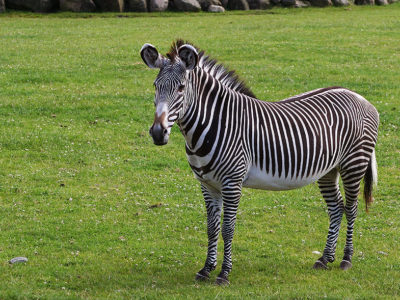
Zebra
Stripe patterns are unique to each individual!
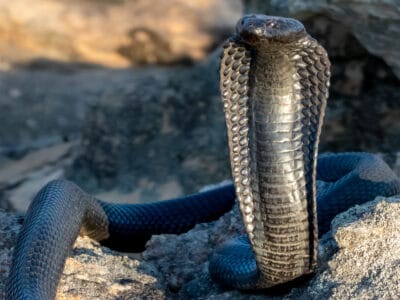
Zebra Snake
The zebra snake is a black-hooded species of spitting cobra native to several of the southern countries of Africa.
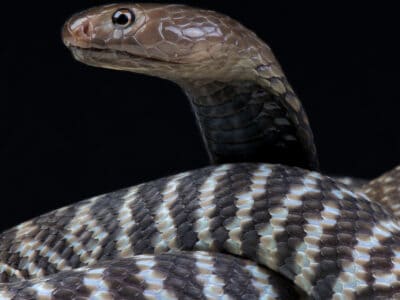
Zebra Spitting Cobra
This snake can spit a distance of nine feet or further!
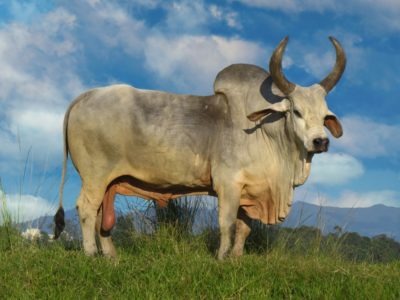
Zebu
There are around 75 different species!
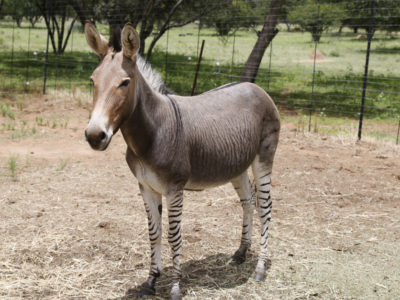
Zonkey
The offspring of Zebra and Donkey parents!
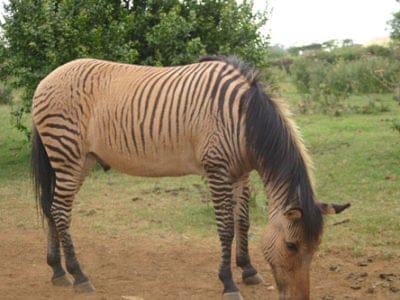
Zorse
The offspring of a Zebra and Horse parents!
African Animals List
- Aardvark
- Aardwolf
- Abyssinian
- Achrioptera Manga
- Addax
- Admiral Butterfly
- African Bullfrog
- African Bush Elephant
- African Civet
- African Clawed Frog
- African Fish Eagle
- African Forest Elephant
- African Golden Cat
- African Grey Parrot
- African Jacana
- African Palm Civet
- African Penguin
- African Sugarcane Borer
- African Tree Toad
- African Wild Dog
- Agama Lizard
- Aidi
- Albatross
- Allosaurus
- American Cockroach
- Angelshark
- Angora Goat
- Ant
- Antelope
- Anteosaurus
- Ape
- Archaeoindris
- Armadillo Lizard
- Armyworm
- Arsinoitherium
- Asian Lady Beetle
- Australian Cockroach
- Australopithecus
- Axanthic Ball Python
- Aye-aye
- Azawakh
- Baboon
- Bagworm Moth
- Bagworm Moth Caterpillar
- Ball Python
- Banana Ball Python
- Banana Cinnamon Ball Python
- Banana Spider
- Barb
- Bark Beetle
- Barn Owl
- Barn Swallow
- Basenji Dog
- Basenji Mix
- Basilosaurus
- Bat
- Bat-Eared Fox
- Bearded Vulture
- Bed Bugs
- Bee
- Bee-Eater
- Beetle
- Beewolf wasp
- Belgian Canary
- Bichir
- Bird
- Bird Snake
- Biscuit Beetle
- Black Aphids
- Black Mamba
- Black Pastel Ball Python
- Black Rhinoceros
- Black Throat Monitor
- Black Widow Spider
- Blind Snake
- Blister Beetle
- Blowfly
- Blue Dragon Sea Slug
- Blue Tit
- Boas
- Boer Goat
- Boerboel
- Bombardier Beetle
- Bongo
- Bonobo
- Boomslang
- Box-Headed Blood Bee
- Box Jellyfish
- Brahminy Blindsnake
- Brazilian Treehopper
- Brookesia Micra
- Brown-banded Cockroach
- Brown Dog Tick
- Brown Hyena
- Buffalo
- Bumblebee
- Bush Baby
- Bush Viper
- Butterfly
- Caecilian
- Camel
- Cane Rat
- Cape Lion
- Caracal
- Carpenter Ant
- Carpet Beetle
- Carpet Viper
- Carrion Beetle
- Cat
- Cat Snake
- Caterpillar
- Catfish
- Centipede
- Ceratosaurus
- Chameleon
- Cheetah
- Chicken
- Chigger
- Chimpanzee
- Christmas Beetle
- Cicada
- Cichlid
- Cigarette Beetle
- Cinnamon Ball Python
- Click Beetle
- Clothes Moth
- Cockroach
- Coconut Crab
- Codling Moth
- Comet Moth
- Common Buzzard
- Common Furniture Beetle
- Common House Spider
- Common Raven
- Cormorant
- Coton de Tulear
- Cow
- Crab
- Crab Spider
- Crane
- Crayfish
- Cricket
- Crocodile
- Crocodylomorph
- Cross River Gorilla
- Crow
- Cuckoo
- Darkling Beetle
- De Brazza’s Monkey
- Deathwatch Beetle
- Desert Ghost Ball Python
- Desert Locust
- Desert Rain Frog
- Desert Wolf
- Devil’s Coach Horse Beetle
- Diamondback Moth
- Dik-Dik
- Dinocrocuta
- Dinofelis
- Dinopithecus
- Dinosaur Shrimp
- Dobsonfly
- Dog
- Dog Tick
- Donkey
- Dormouse
- Dragonfly
- Duck
- Dumeril’s Boa
- Dung Beetle
- Dunkleosteus
- Dusky Shark
- Dwarf Crocodile
- Eagle
- Eared Grebe
- Earthworm
- Earwig
- Eastern Gorilla
- Eastern Green Mamba
- Eastern Lowland Gorilla
- Eel
- Eel catfish
- Egret
- Egyptian Cobra (Egyptian Asp)
- Egyptian Goose
- Egyptian Mau
- Egyptian Tortoise
- Egyptian Vulture
- Eland
- Electric Catfish
- Elephant
- Elephant Bird
- Elephant Shrew
- Enchi Ball Python
- Eurasian Bullfinch
- Eurasian Jay
- Eurasian Sparrowhawk
- European Bee-Eater
- European Goldfinch
- European Polecat
- European Robin
- European Starling
- Falcon
- Fallow deer
- False Cobra
- False Widow Spider
- Fancy Mouse
- Fennec Fox
- Fiddler Crab
- Finch
- Fire Ball Python
- Firefly
- Firefly Ball Python
- Flamingo
- Flea
- Flea Beetle
- Flour Beetle
- Fly
- Flycatcher
- Forest Cobra
- Fossa
- Fox
- Freeway Ball Python
- Freshwater Eel
- Freshwater Jellyfish
- Fritillary Butterfly
- Frog
- Fruit Bat
- Fruit Fly
- Fulvous Whistling Duck
- Gaboon Viper
- Gadwall
- Galapagos Shark
- Gazelle
- Gecko
- Genet
- Gerbil
- German Cockroach
- Giant African Land Snail
- Giant Golden Mole
- Giant Trevally
- Giraffe
- Glass Lizard
- Glowworm
- Gnat
- Goat
- Goldcrest
- Golden Eagle
- Golden Jackal
- Golden Mole
- Golden Oriole
- Goliath Beetle
- Goliath Frog
- Goliath Grouper
- Goliath Tigerfish
- Gomphotherium
- Gorilla
- Goshawk
- Grasshopper
- Great Egret
- Grebe
- Green Bee-Eater
- Green Mamba
- Grey Heron
- Grey Mouse Lemur
- Griffon Vulture
- Ground Squirrel
- Grouper
- Guinea Fowl
- Gypsy Moth
- Gypsy Moth Caterpillar
- Hairy-footed Flower Bee
- Hamburg Chicken
- Hamster
- Hare
- Hartebeest
- Hawk
- Hawk Moth Caterpillar
- Hedgehog
- Heron
- Hippopotamus
- Hippopotamus gorgops
- Hognose snake
- Honey Badger
- Honey Bee
- Hoopoe
- Hornbill
- Horned Adder
- Horned Beetle
- Horned Viper
- Horse
- Horsefly
- House Sparrow (English Sparrow)
- Housefly
- Hovasaurus
- Human
- Hummingbird Hawk-Moth
- Huntsman Spider
- Hyena
- Ibex
- Ibis
- Impala
- Indri
- Insect
- Insects
- Irish Elk
- Jacana
- Jack Crevalle
- Jackal
- Jackson’s Chameleon
- Japanese Bantam Chicken
- Jerboa
- Jumping Spider
- Katydid
- Kenyan Sand Boa
- Kestrel
- Killer Clown Ball Python
- Killifish
- Kingfisher
- Kissing Bugs
- Kitefin Shark
- Klipspringer
- Kori Bustard
- Kudu
- Lace Bug
- Ladybug
- Lappet-faced Vulture
- Larder Beetle
- Largemouth Bass
- Lavender Albino Ball Python
- Lawnmower Blenny
- Leaf-Tailed Gecko
- Leafcutter Bee
- Leatherback Sea Turtle
- Leech
- Lemon Blast Ball Python
- Lemur
- Leopard
- Leopard Tortoise
- Leptocephalus
- Lesser Jacana
- Liger
- Linnet
- Lion
- Lizard
- Locust
- Long-Winged Kite Spider
- Lungfish
- Lystrosaurus
- Macaque
- Madagascar Hissing Cockroach
- Madagascar Jacana
- Madagascar Tree Boa
- Madora Moth
- Maggot
- Magpie
- Mallard
- Mamba
- Mandrill
- Mantella Frog
- Marabou Stork
- Masiakasaurus
- Mason Bee
- Mayfly
- Mealworm Beetle
- Mealybug
- Meerkat
- Millipede
- Mojave Ball Python
- Mole
- Mole Crab (Sand Flea)
- Mole Cricket
- Mole Snake
- Mollusk
- Monarch Butterfly
- Mongoose
- Mongrel
- Monitor Lizard
- Monkey
- Moorhen
- Mosasaurus
- Mosquito
- Moth
- Mountain Gorilla
- Mouse
- Mozambique Spitting Cobra
- Mule
- Myna Bird
- Naegleria
- Naked Mole Rat
- Needlefish
- Nguni Cattle
- Nigerian Goat
- Night Adder
- Night Heron
- Nightingale
- Nightjar
- Nile Crocodile
- Nile Perch
- No See Ums
- Norway Rat
- Nuthatch
- Nutria
- Nyala
- Okapi
- Oleander Hawk Moth
- Olive Baboon
- Oranda Goldfish
- Orange Baboon Tarantula
- Orange Dream Ball Python
- Orb Weaver
- Orchid Dottyback
- Oribi
- Ornate Bichir
- Ornithocheirus
- Ortolan Bunting
- Osprey
- Ostrich
- Otter
- Owl
- Owlfly (Ascalaphidae)
- Oxpecker
- Pacific Coast Tick
- Palaeophis
- Panda Pied Ball Python
- Pangolin
- Pantaloon Bee
- Parakeet
- Parrot
- Partridge
- Patas Monkey
- Peacock
- Pelagornithidae
- Perch Fish
- Peregrine Falcon
- Peringuey’s Adder
- Pharaoh Hound
- Pheasant
- Phoenix Chicken
- Phytosaurs
- Pied Ball Python
- Pigeon
- Pink Bollworm
- Platybelodon
- Pliosaur
- Polecat
- Pompano Fish
- Powderpost Beetle
- Praying Mantis
- Pterodactyl
- Puff Adder
- Puss Moth
- Pygmy Hippopotamus
- Pyjama Shark
- Python
- Quagga
- Quail
- Rabbit
- Radiated Tortoise
- Rainbow Kribs (Kribensis)
- Rat
- Red-Billed Quelea Bird
- Red Deer
- Red-Eared Slider
- Red Fox
- Red Kite
- Red Spitting Cobra
- Redstart
- Rhino Beetle
- Rhino Viper
- Rhinoceros
- Rhodesian Ridgeback
- Rhombic Egg-Eater Snake
- Ribbon Eel
- Rinkhals Snake
- River Turtle
- Robber Flies
- Robin
- Rock Hyrax
- Rock Python
- Rodents
- Rooster
- Root Aphids
- Rove Beetle
- Ruddy Turnstone
- Sable Ferret
- Sailfish
- Sand Cat
- Sand Crab
- Sand Viper
- Sandpiper
- Sarcosuchus
- Satanic leaf-tailed gecko
- Saturniidae Moth
- Sauropoda
- Sauropoda
- Savanna Goat
- Savannah Monitor
- Scaleless Ball Python
- Scarab Beetle
- Scimitar-horned Oryx
- Scorpion
- Sea Eagle
- Sea Snake
- Seagull
- Seahorse
- Sedge Warbler
- Senegal Parrot
- Senepol Cattle
- Serval
- Sheep
- Shoebill Stork
- Short-Eared Owl
- Shrew
- Shrimp
- Silky Shark
- Simbakubwa
- Sivatherium
- Six-Eyed Sand Spiders
- Skink Lizard
- Skua
- Slug
- Smallmouth Bass
- Smokybrown Cockroach
- Snail
- Snake
- Snouted Cobra
- Snowflake Eel
- Soldier Beetle
- Song Thrush
- Sparrow
- Sparrowhawk
- Spider
- Spider Ball Python
- Spider Beetle
- Spider Wasp
- Spinosaurus
- Spiny bush viper
- Spitting Cobra
- Spongy Moth
- Spongy Moth
- Spotted Garden Eel
- Springbok
- Squirrel
- Stick Insect
- Stiletto Snake
- Stonechat
- Stork
- Strawberry Hermit Crab
- Striped Hyena
- Suchomimus
- Sulcata Tortoise
- Sunset Ball Python
- Super Pastel Ball Python
- Superworm
- Swallow
- Swallowtail Butterfly
- Swallowtail Caterpillar
- Swan
- Tailless Whip Scorpion
- Tarantula Hawk
- Teacup Miniature Horse
- Tenrec
- Termite
- Theropod
- Thornback Ray
- Thrush
- Tick
- Tiger Beetle
- Titanosaur
- Tortoise
- Tree Cricket
- Tree Frog
- Treehopper
- Tsetse Fly
- Turaco
- Turtles
- Tussock Moth
- Tussock Moth Caterpillar
- Twig Snake
- Uromastyx (Spiny-Tailed Lizard)
- Vervet Monkey
- Vestal Cuckoo Bumblebee
- Vine Snake
- Vinegaroon
- Viper
- Volcano Snail
- Vulture
- Warbler
- Warthog
- Wasp
- Water Beetle
- Water Buffalo
- Water Bug
- Waterbuck
- Weaver Bird
- Welsh Black Cattle
- Welsh Springer Spaniel
- Western Gorilla
- Western Green Mamba
- Western Lowland Gorilla
- Whimbrel
- Whinchat
- White Butterfly
- White Ferret / Albino Ferrets
- White Rhinoceros
- White-shouldered House Moth
- Wildebeest
- Willow Warbler
- Wolf
- Wolf Spider
- Woodlouse
- Woodlouse Spider
- Woodpecker
- Wool Carder Bee
- Woolly Aphids
- Worm
- Wryneck
- Wyandotte Chicken
- Xerus
- Yellow-Bellied Sea Snake
- Yellow Belly Ball Python
- Yellow Cobra
- Yellow Crazy Ant
- Yellow-faced Bee
- Yellowjacket (Yellow Jacket)
- Zebra
- Zebra Snake
- Zebra Spitting Cobra
- Zebu
- Zonkey
- Zorse
Africa FAQs (Frequently Asked Questions)
What are other animals native to Africa?
Greater Kudu
Common Ostrich
African Civet
Dik-Dik
Wildebeest
Great Wild Crane
Mantled Guereza
Hartebeest
Warthog
Spotted Hyena
Okapi
What is an unusual animal one wouldn't expect to find in Africa?
There is a penguin colony in South Africa. The west coast near the Cape has cold Antarctic currents.
What are some of Africa's world records with regards to animals?
- Four out of five of the world’s fastest land animals: The fastest is the cheetah, with speeds of 70mph. The wildebeest, lion and Thomson’s gazelle all run at about 50mph.
- The world’s biggest frog: The Goliath frog is in Cameroon. It can grow to one foot long.
- The world’s smallest butterfly: The Dwarf Blue Butterfly has a wingspan of only 0.5″ and is in South Africa.
- The world’s largest and smallest chameleons: Both in Madagascar, which contains about half of all chameleon species in the world.
The only place you can find shoals of fresh water sardines: They are in Lake Tanganyika. - The world’s largest and heaviest beetle: The Goliath beetle can grow to 5 inches in length and weigh up to 0.25lbs. It lives in tropical Africa.
- The largest primate, the Gorilla: Males weigh up to 200kg.
- The largest cat, the Lion: It is also the largest of all African carnivores and an apex predator in any African ecosystem.
- The second largest reptile, after the saltwater crocodile: The Nile crocodile grows to 5m or 20ft in length on average.
- The largest seal colony in the southern hemisphere: Cape Cross in Namibia.
What are some extinct animals in Africa?
Animals in Africa that went extinct recently are the Northern White Rhino (2018) and the Western Black Rhino (2006). The next most recent extinct animal was the Bubal Hartebeest (1923).

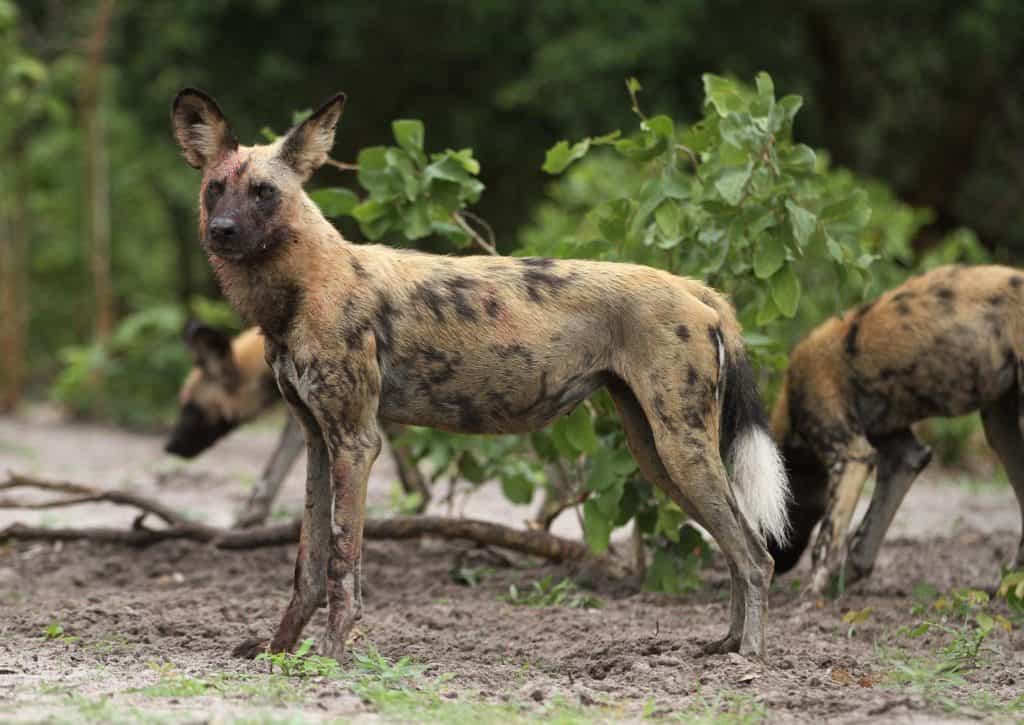
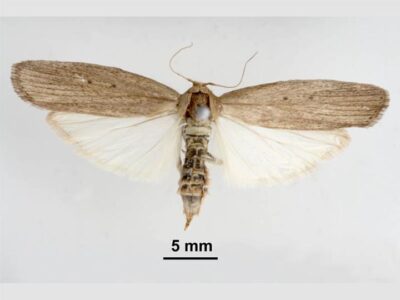


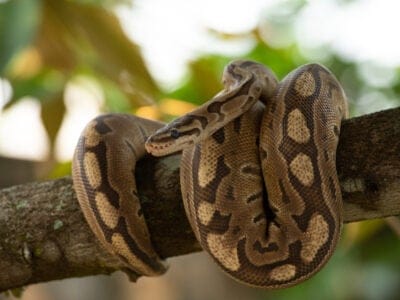
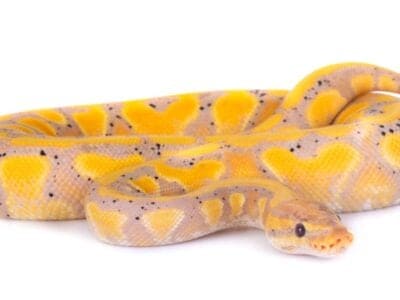

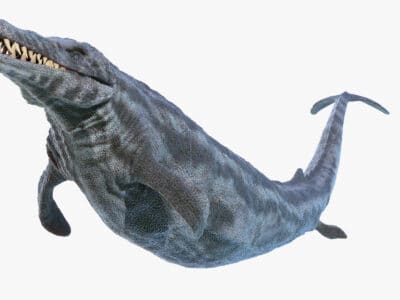
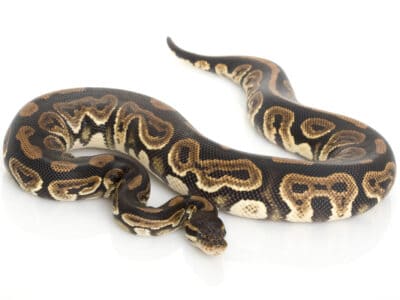
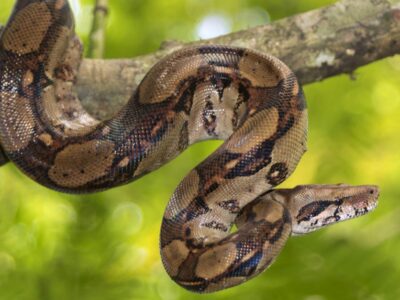

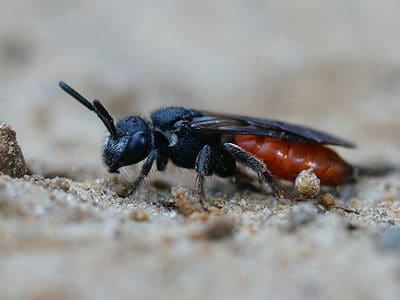
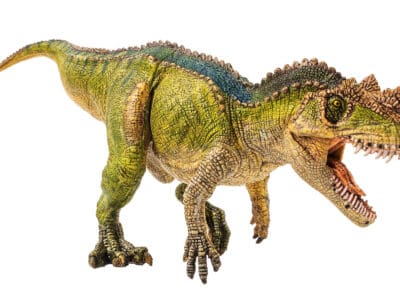
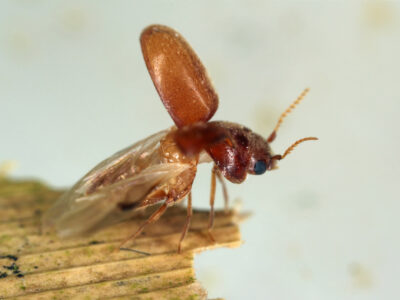
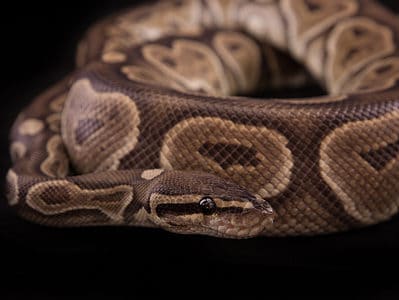
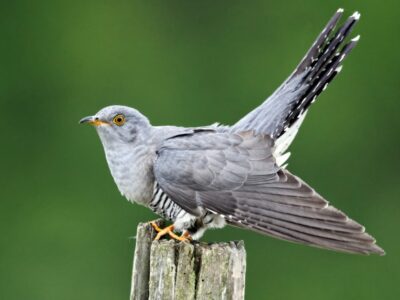
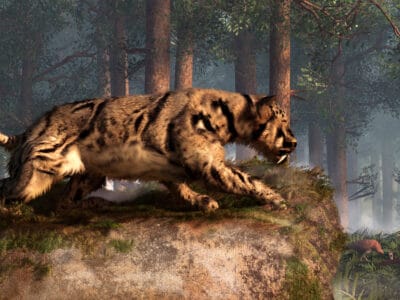
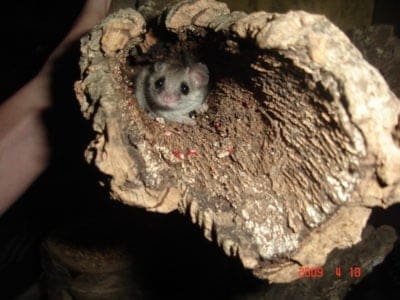
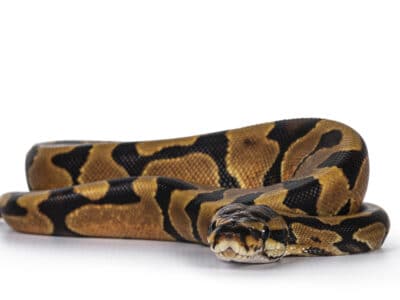
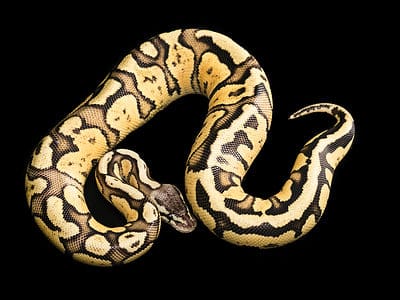

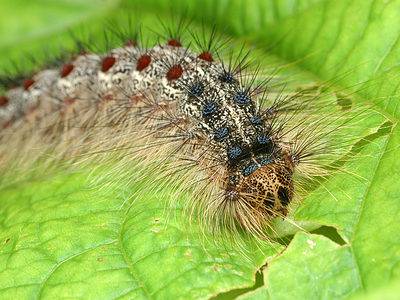
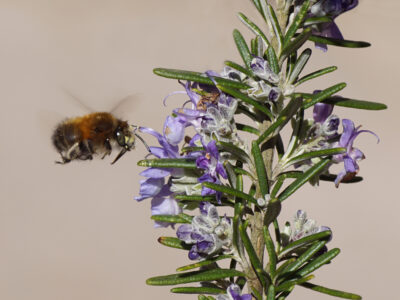
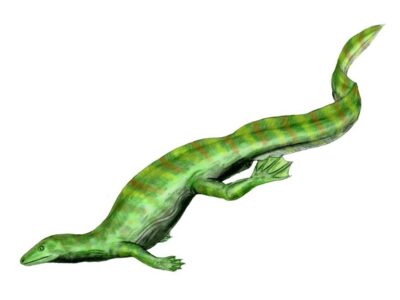
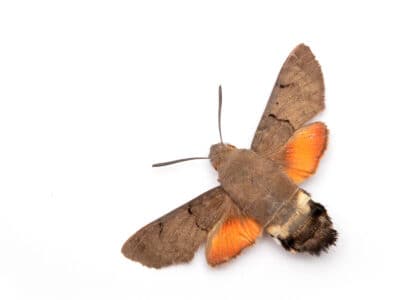
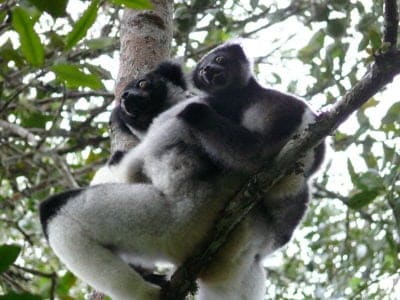
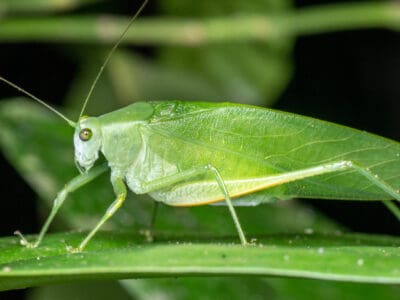
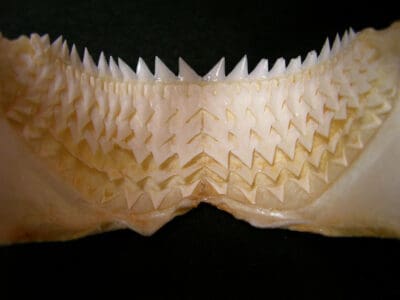
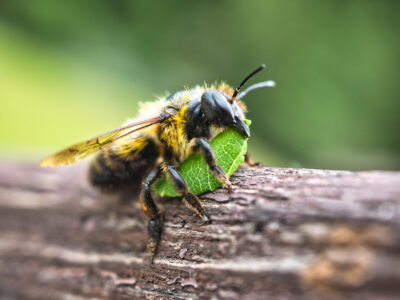
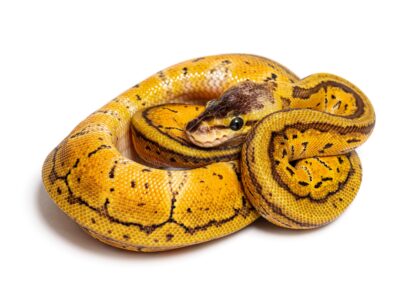
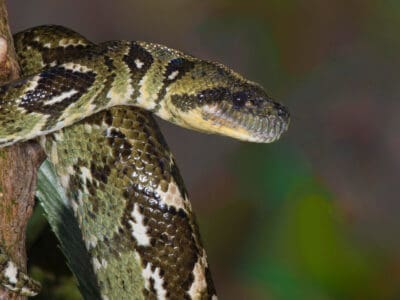
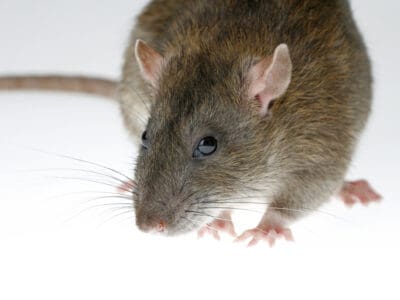
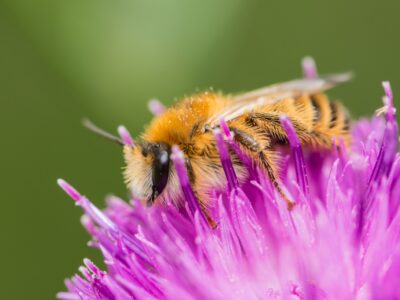
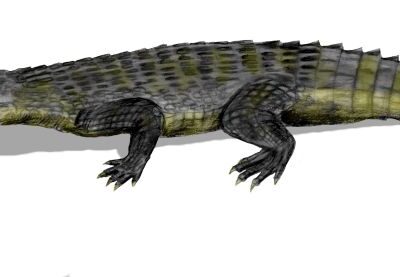
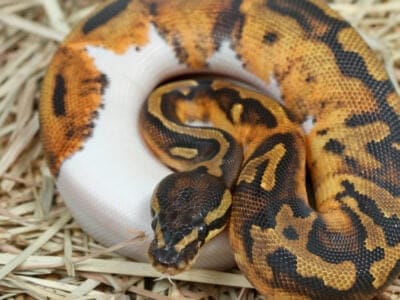
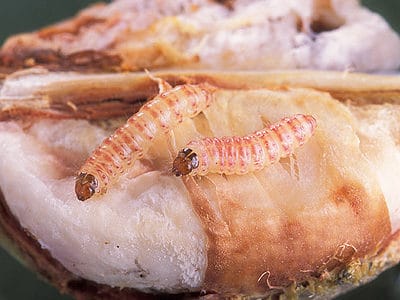
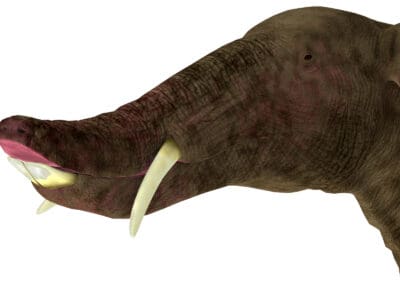

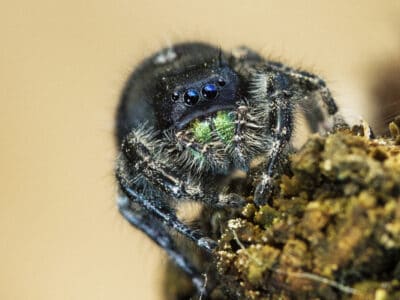
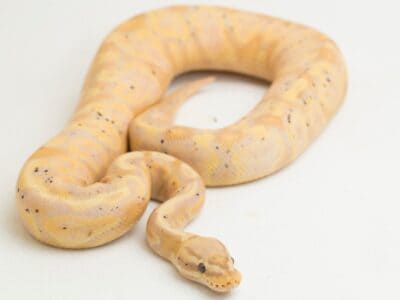
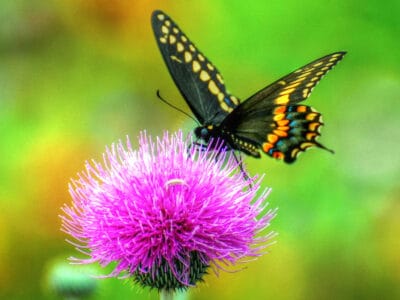
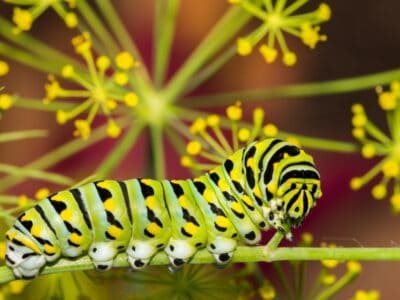
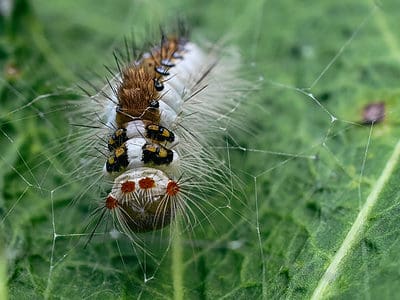
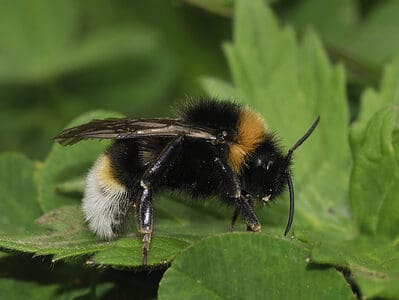
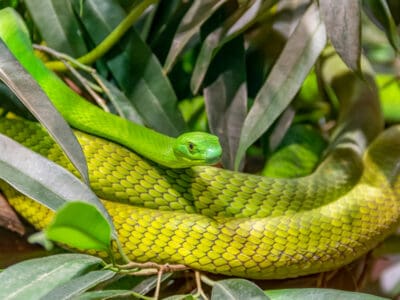
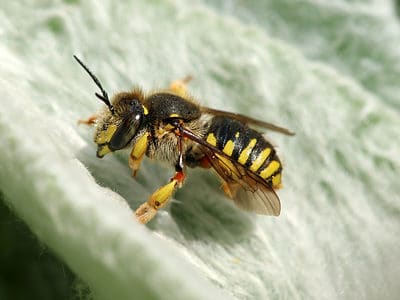
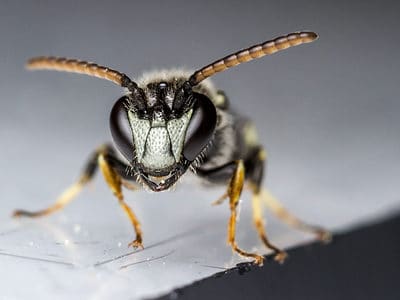
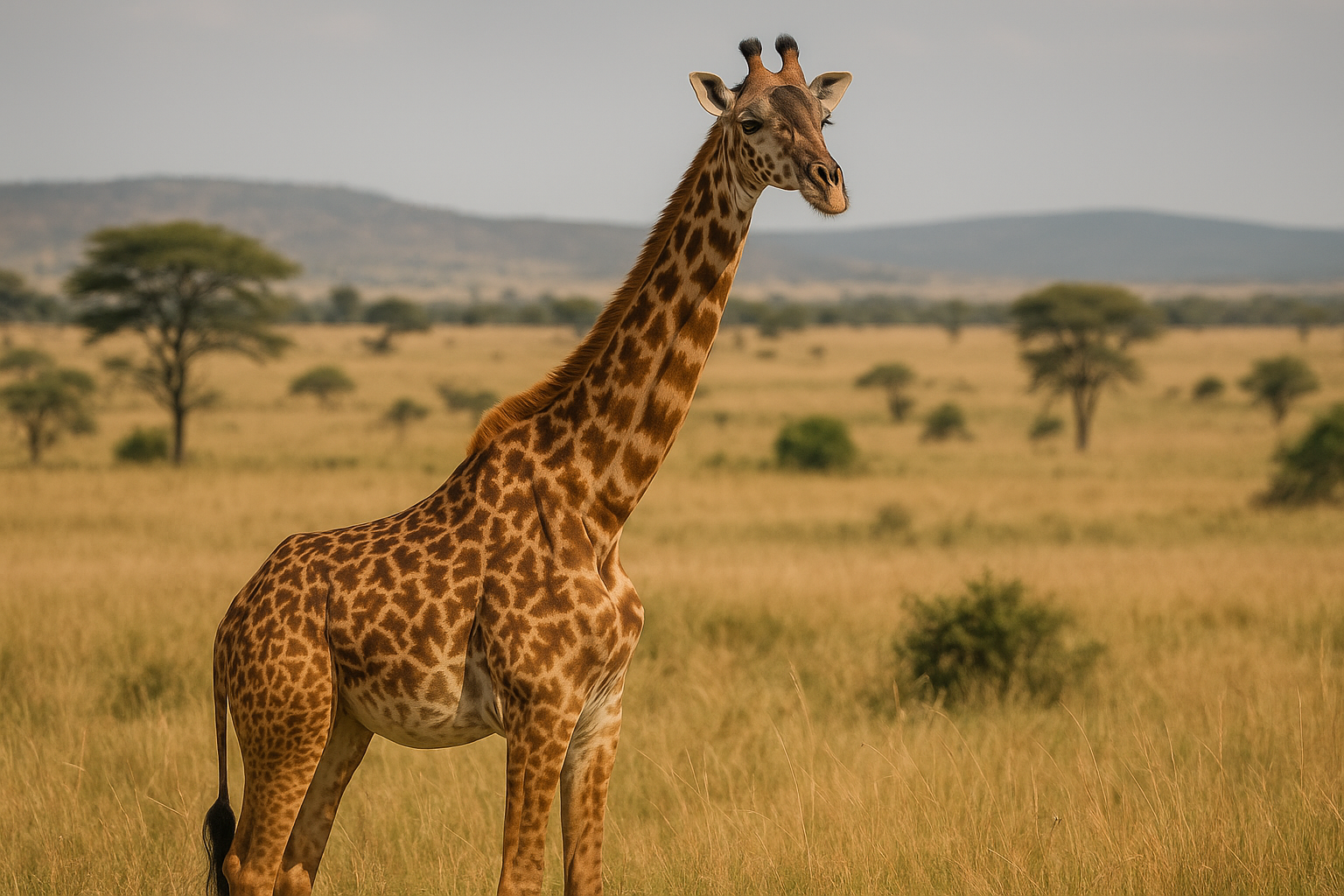






hhhh
ReplyDeleteI love this blog
ReplyDelete